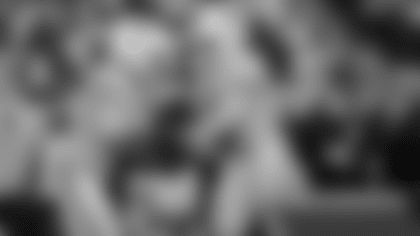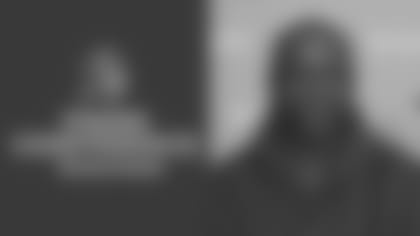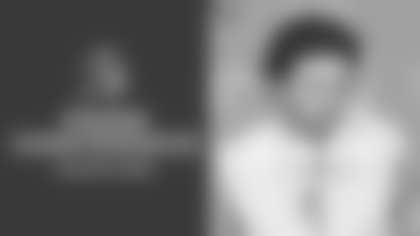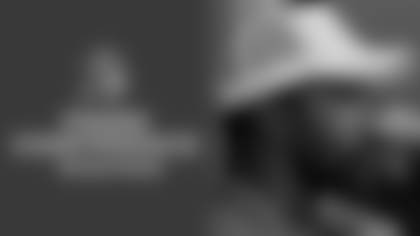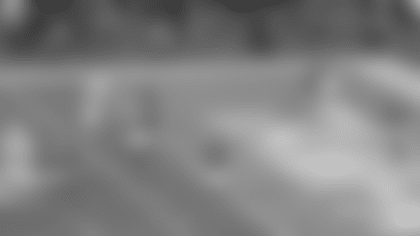Pictures of the Buccaneers' training camp practice in Jacksonville on Thursday.

Head Coach Dirk Koetter and ESPN analyst Ron Jaworski

58 LB Kwon Alexander

Head Coach Dirk Koetter
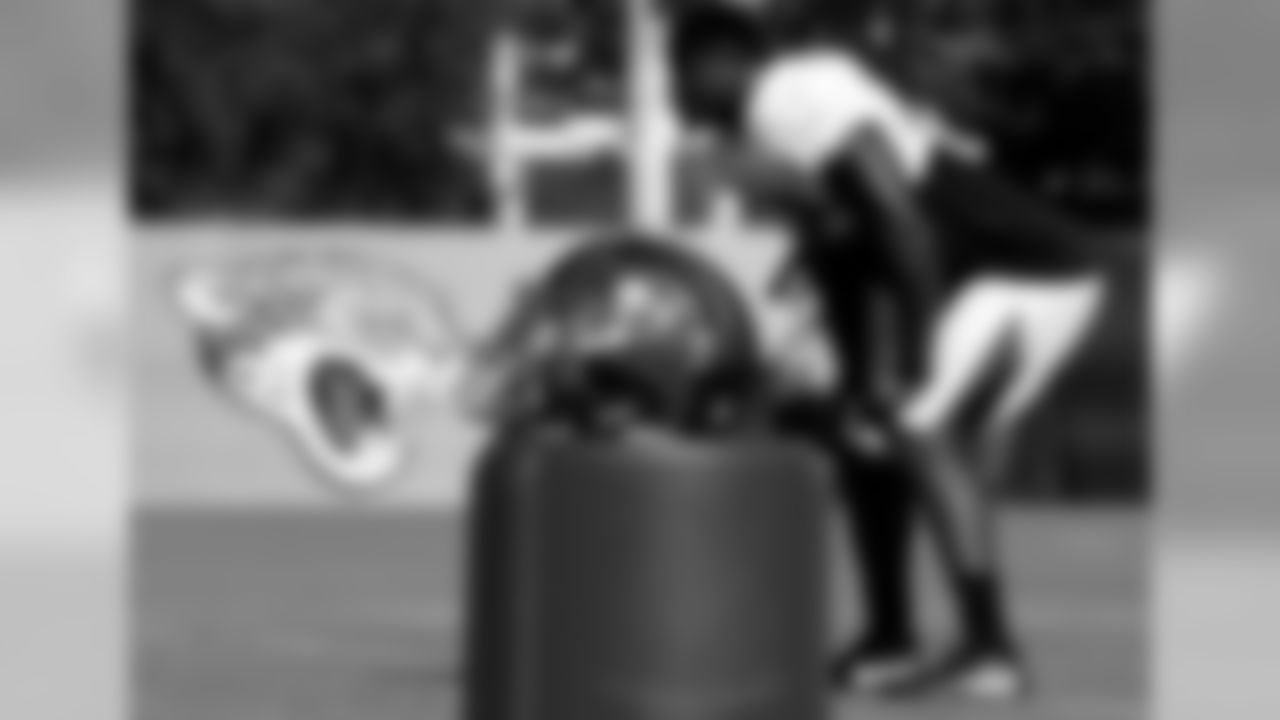
Bucs Training Camp
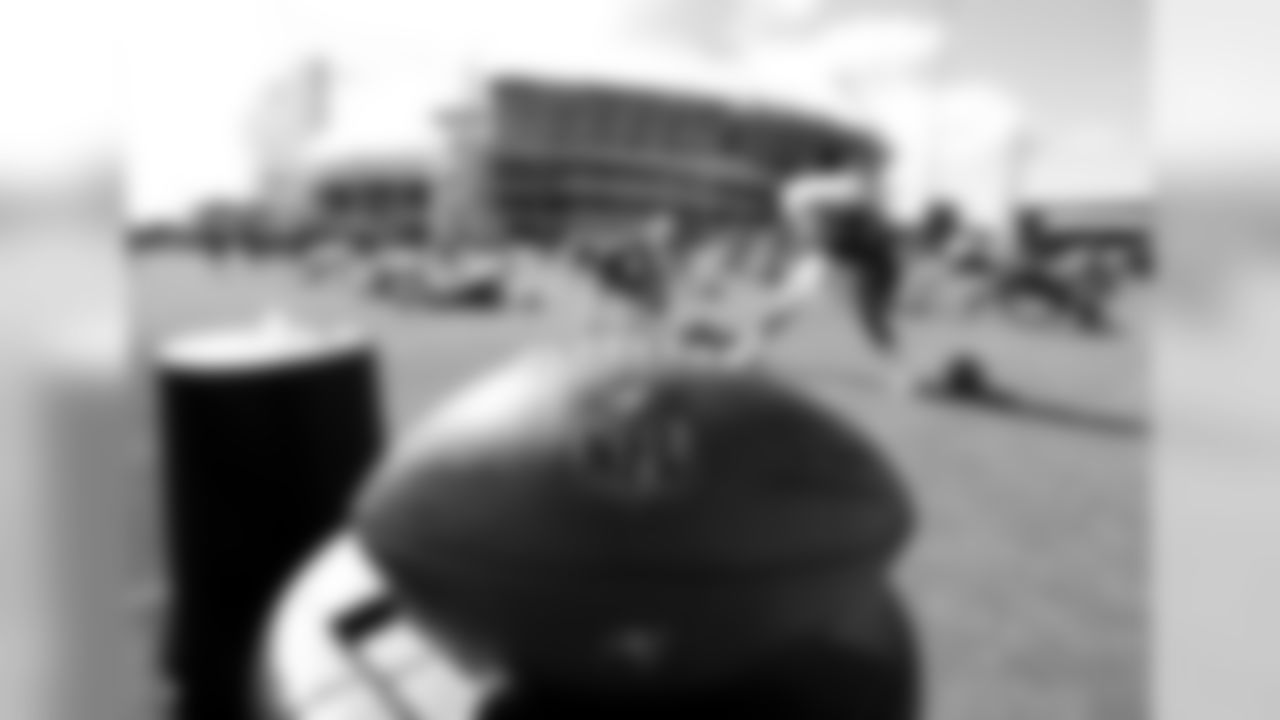
Bucs Training Camp
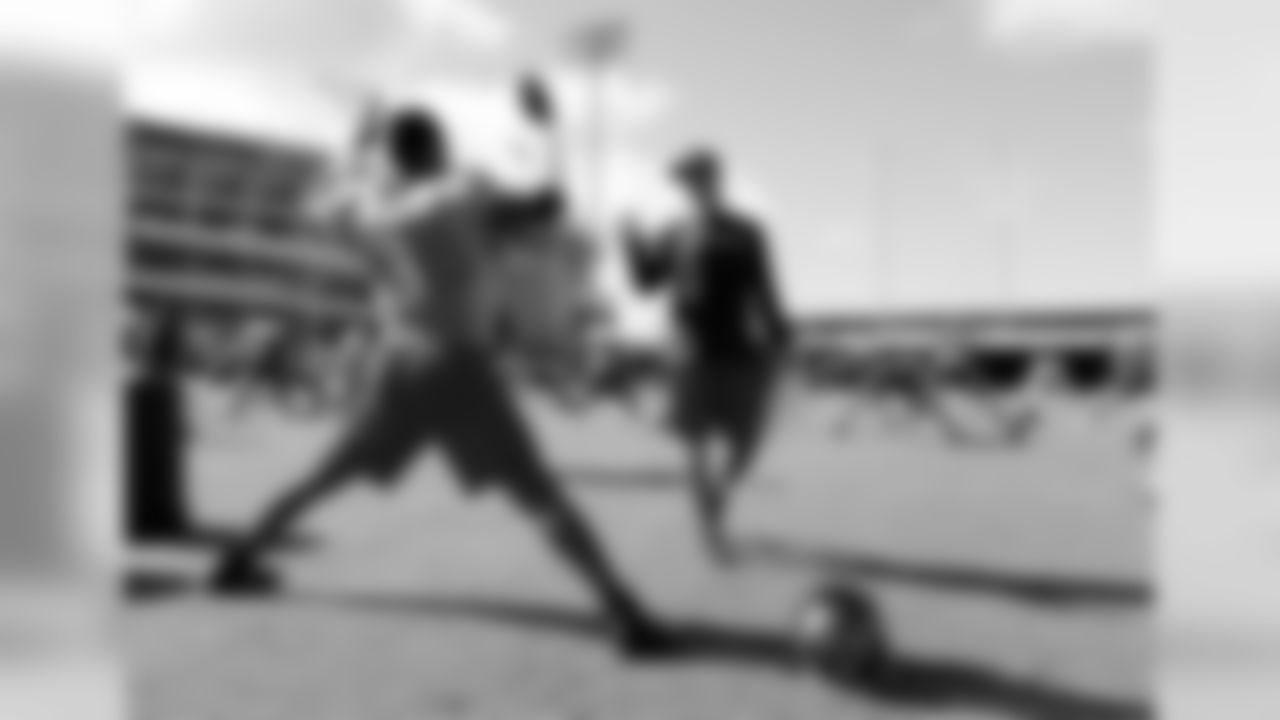
3 QB Jameis Winston and Quarterbacks Coach Mike Bajakian
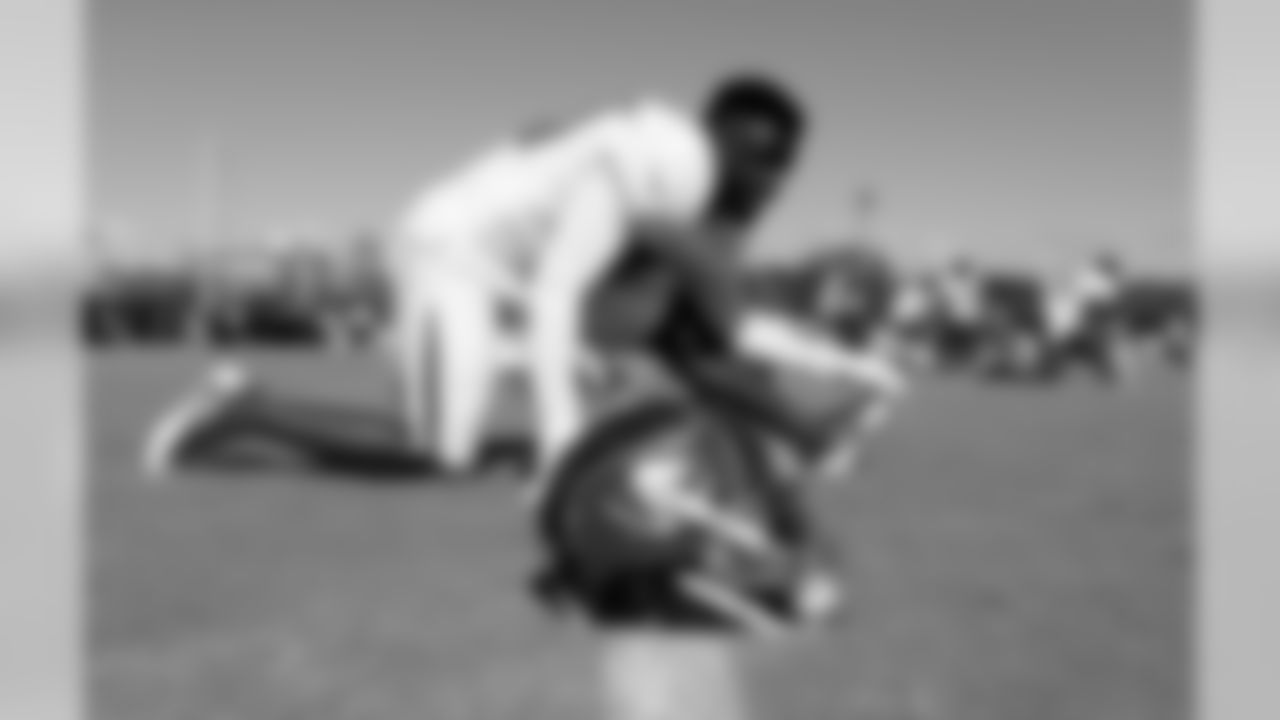
38 CB Jude Adjei-Barimah

3 QB Jameis Winston

Bucs Training Camp
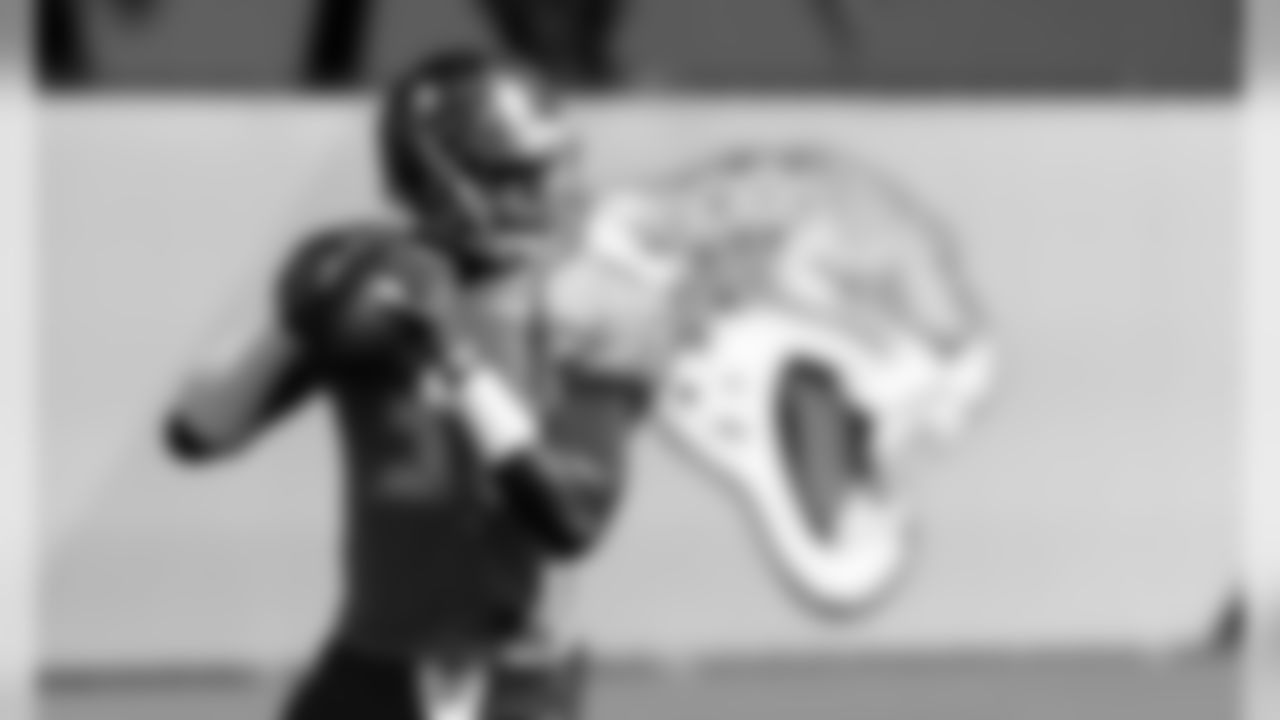
3 QB Jameis Winston

82 TE Brandon Myers

39 S Isaiah Johnson, #31 S Major Wright, and #37 S Keith Tandy
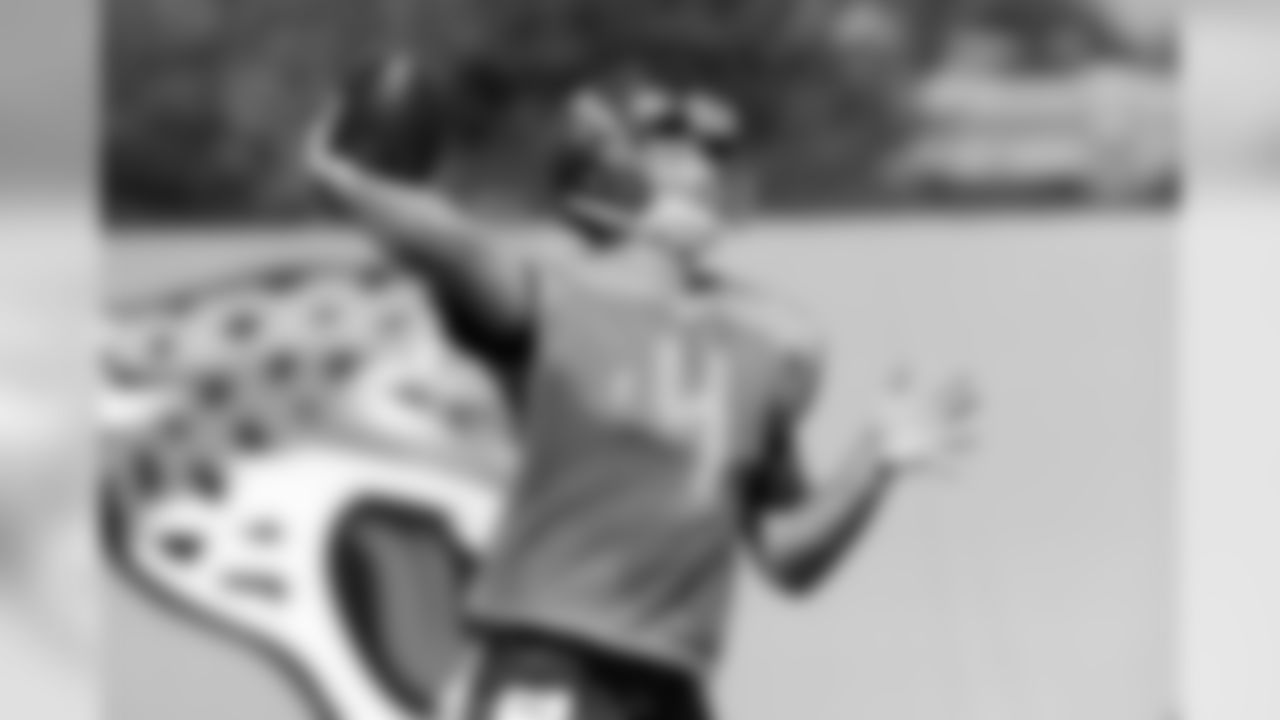
4 QB Ryan Griffin
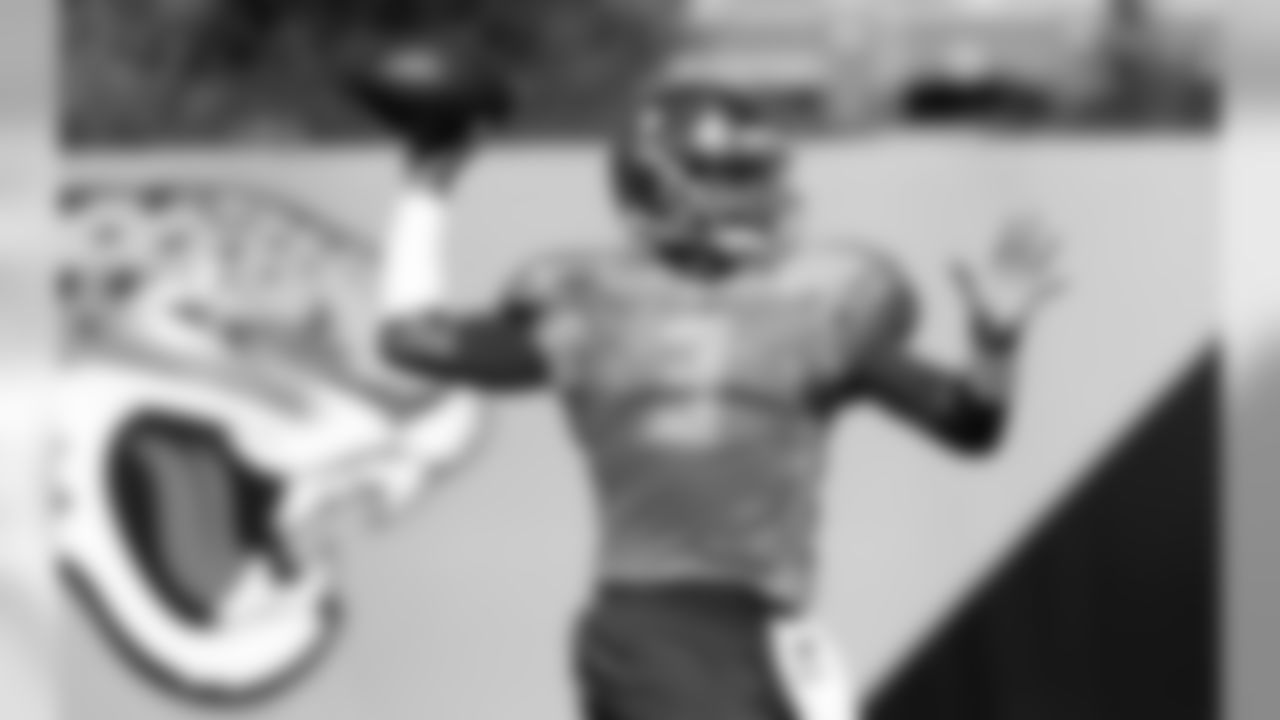
3 QB Jameis Winston
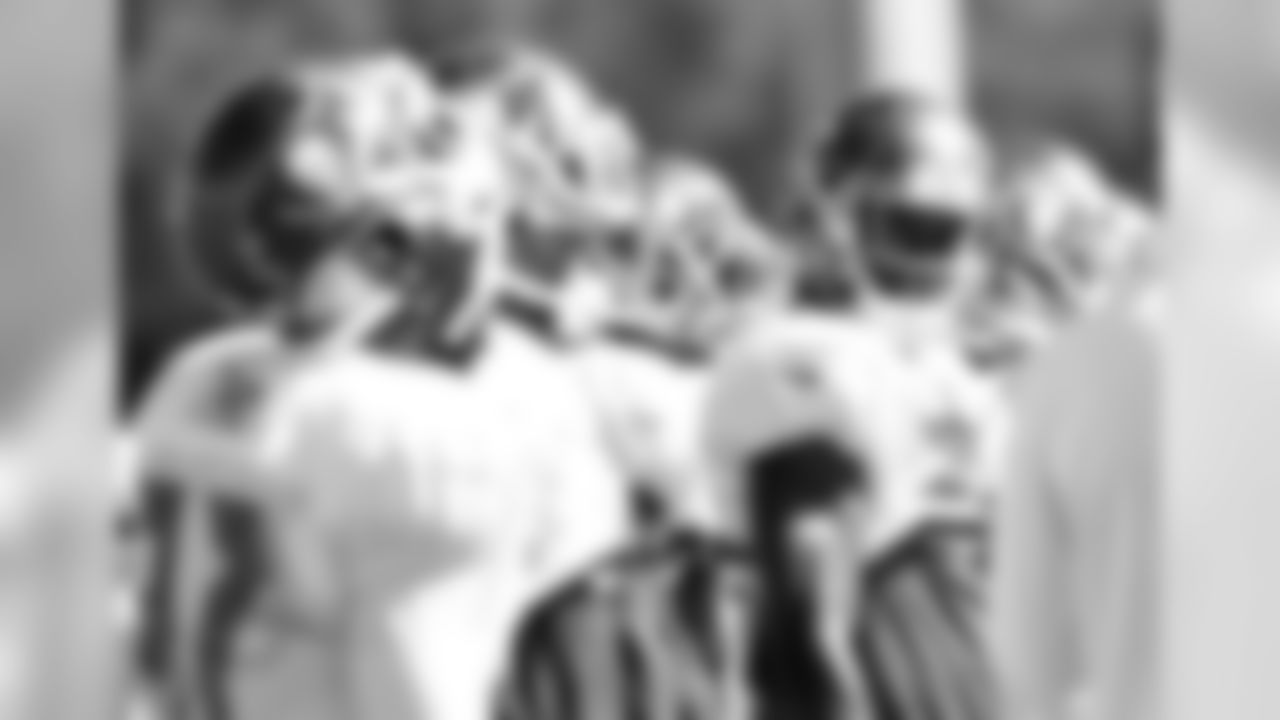
Bucs Training Camp

83 WR Vincent Jackson
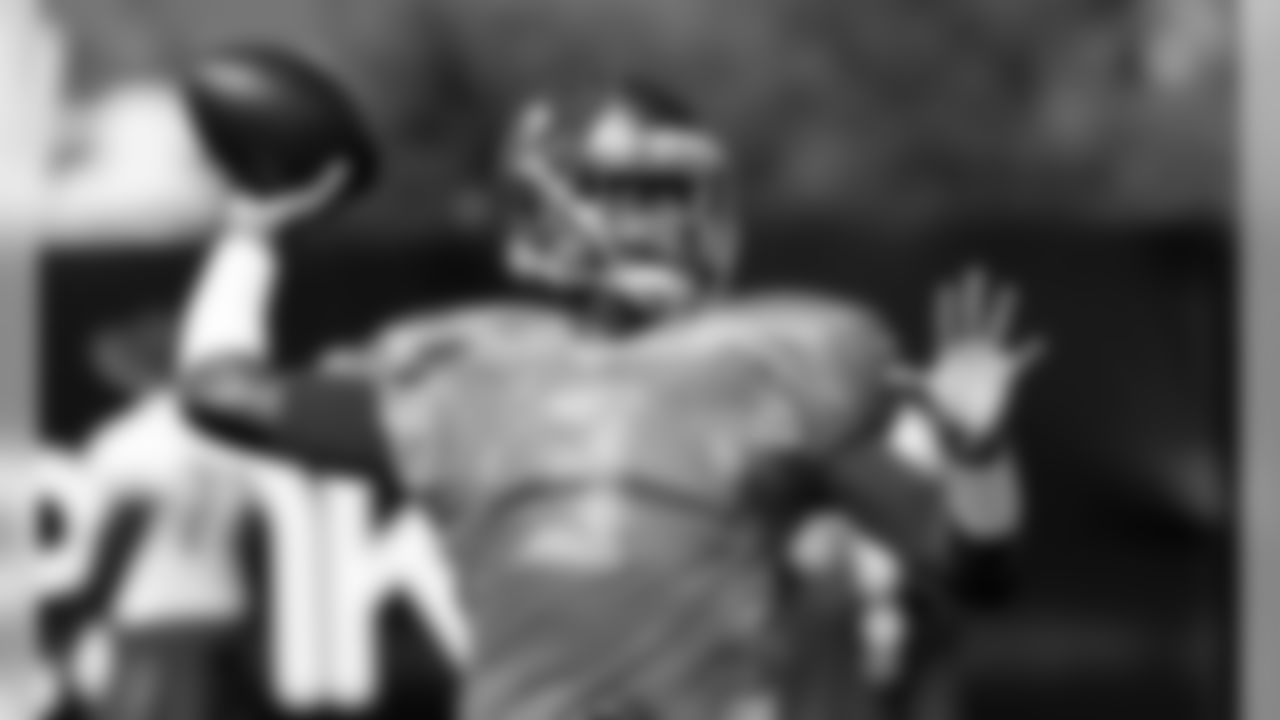
3 QB Jameis Winston
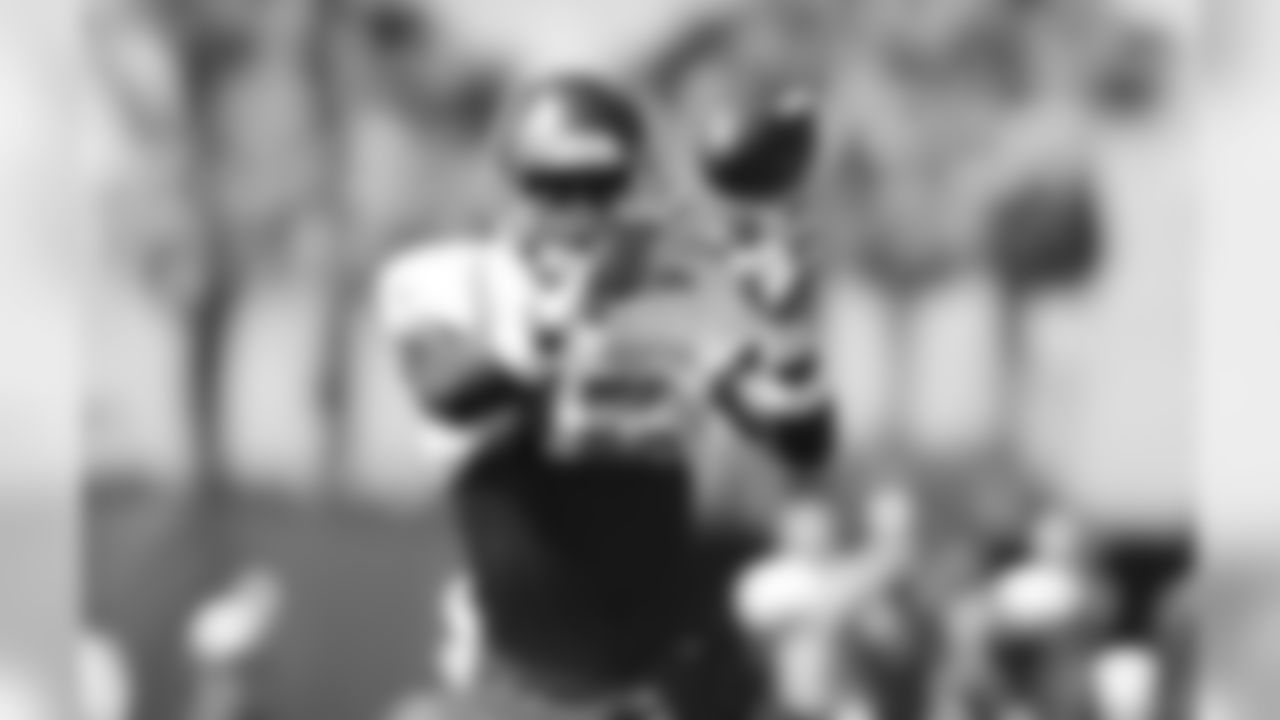
Bucs Training Camp
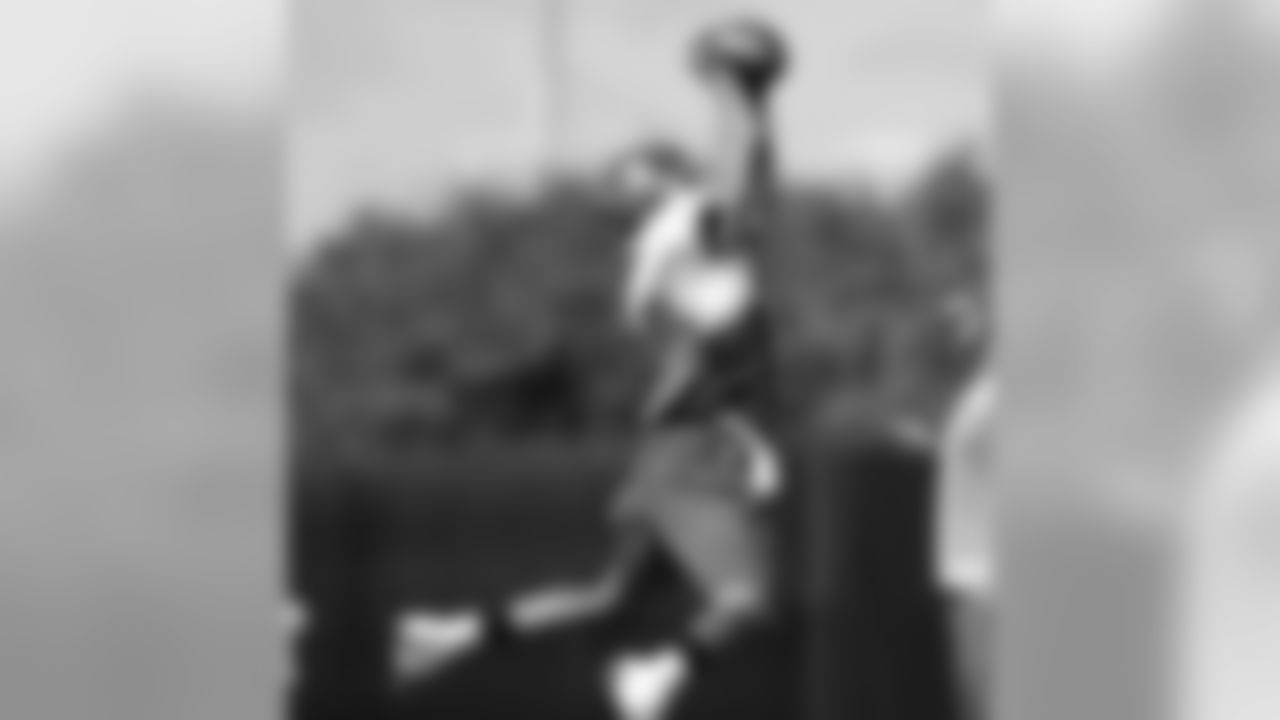
80 WR Kenny Bell
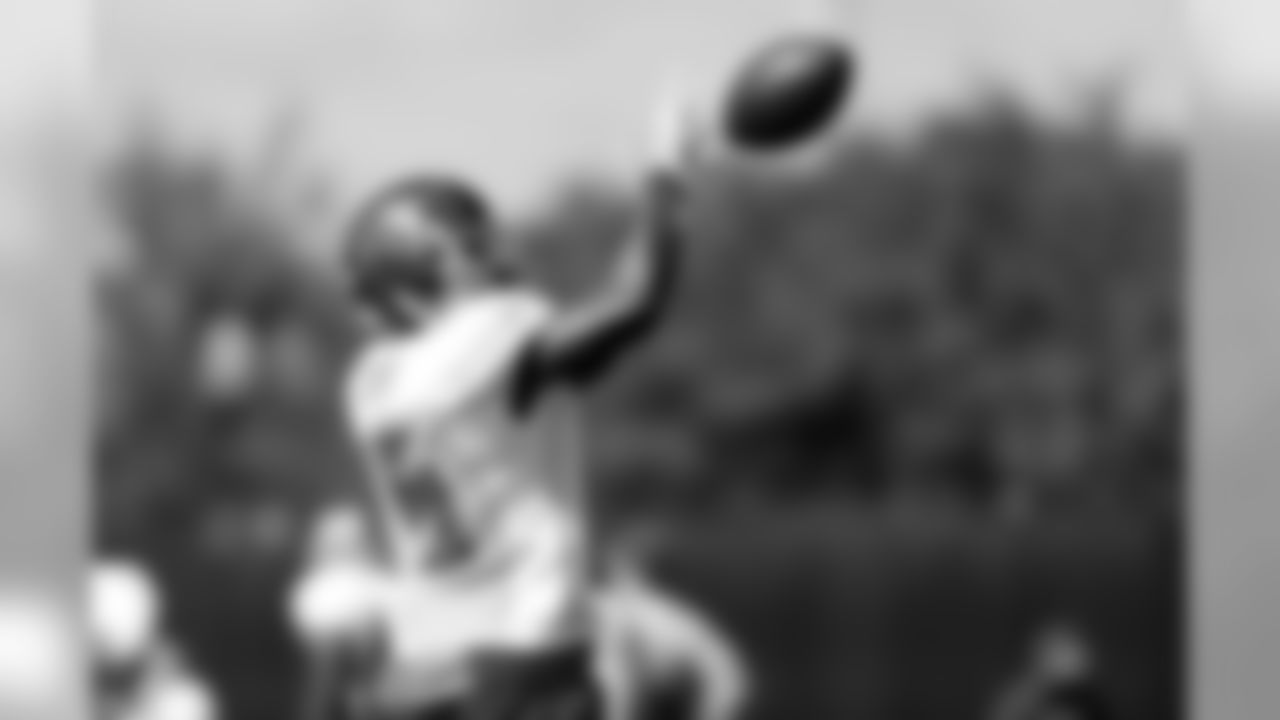
15 WR Bernard Reedy

Head Coach Dirk Koetter
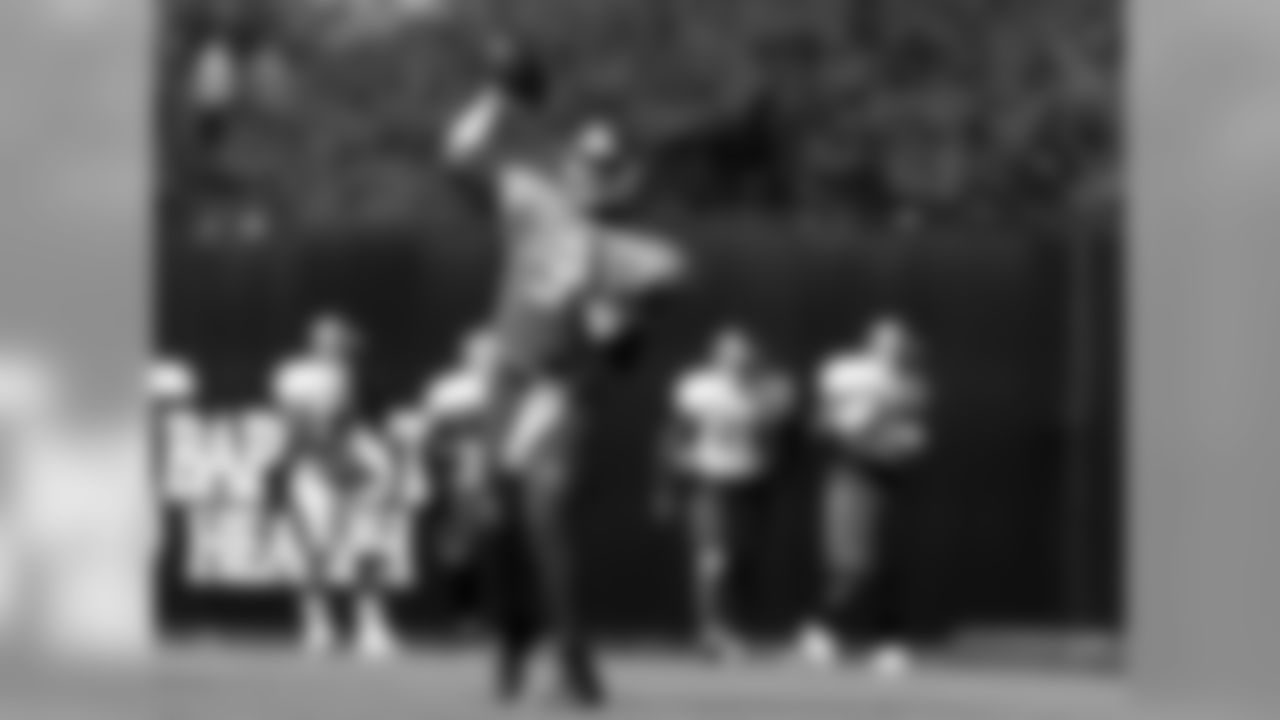
3 QB Jameis Winston
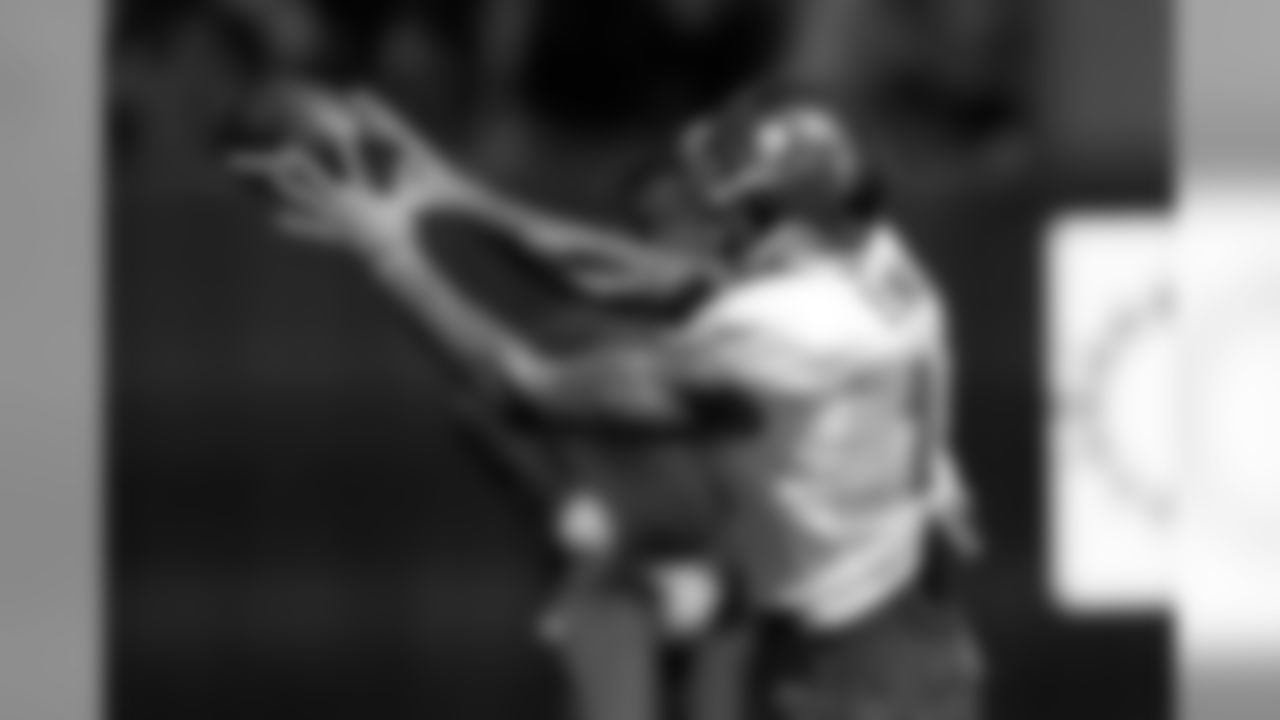
13 WR Mike Evans

Head Coach Dirk Koetter
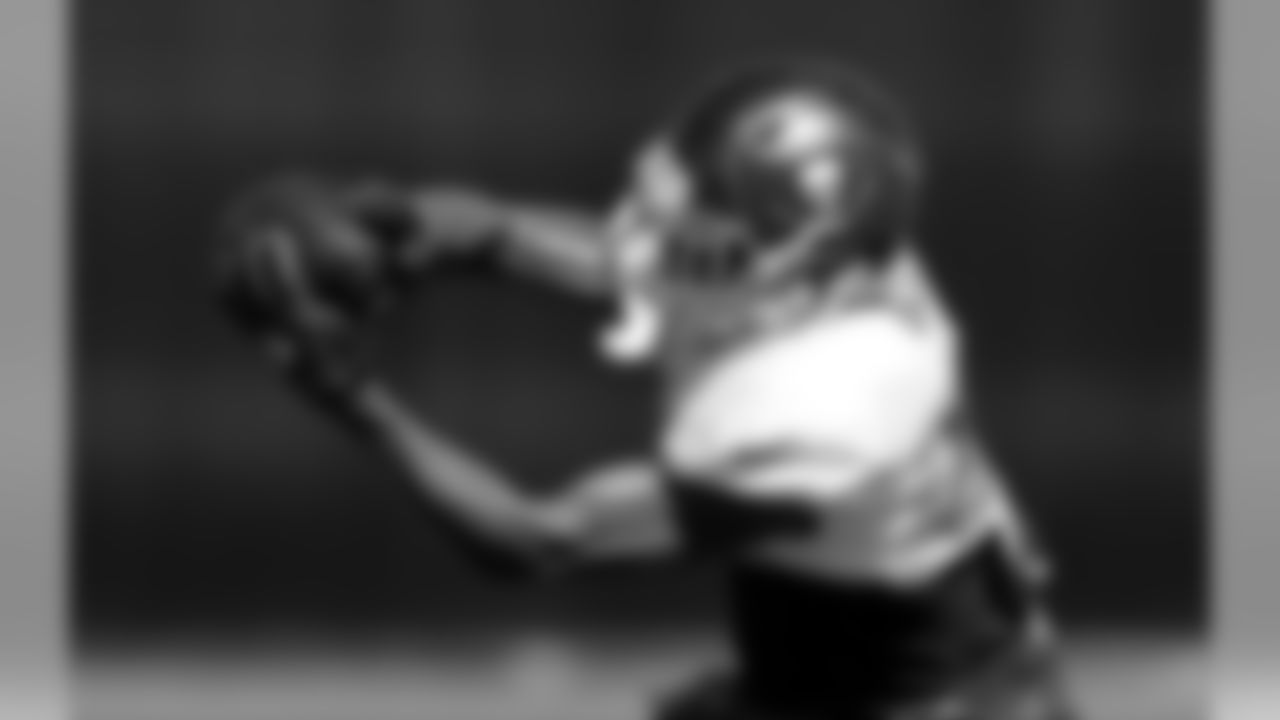
80 WR Kenny Bell
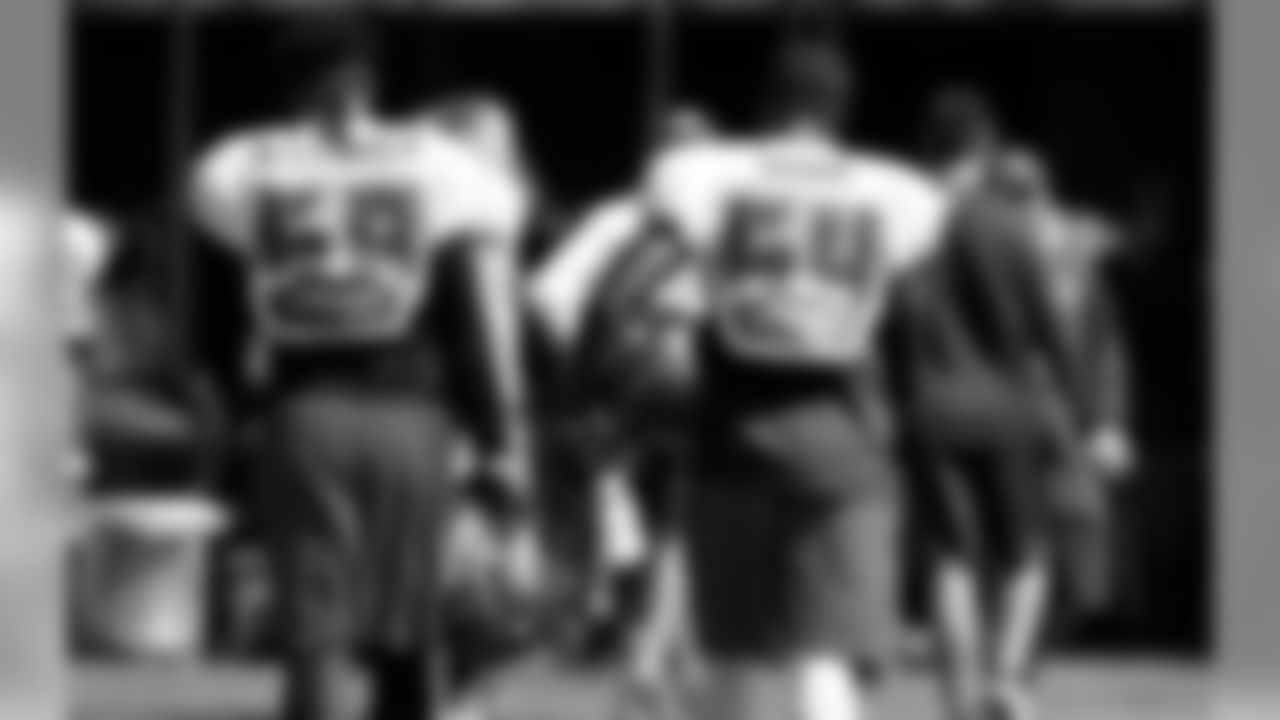
58 LB Kwon Alexander and #54 LB Lavonte David
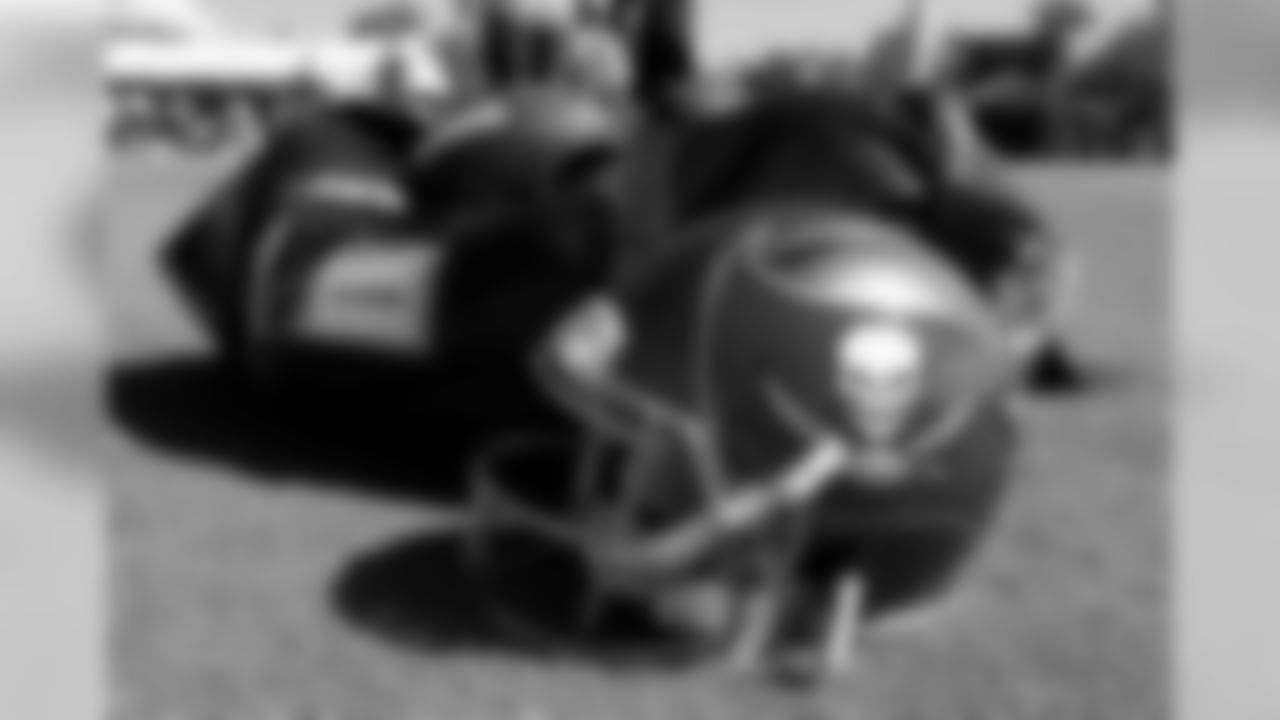
Bucs Training Camp
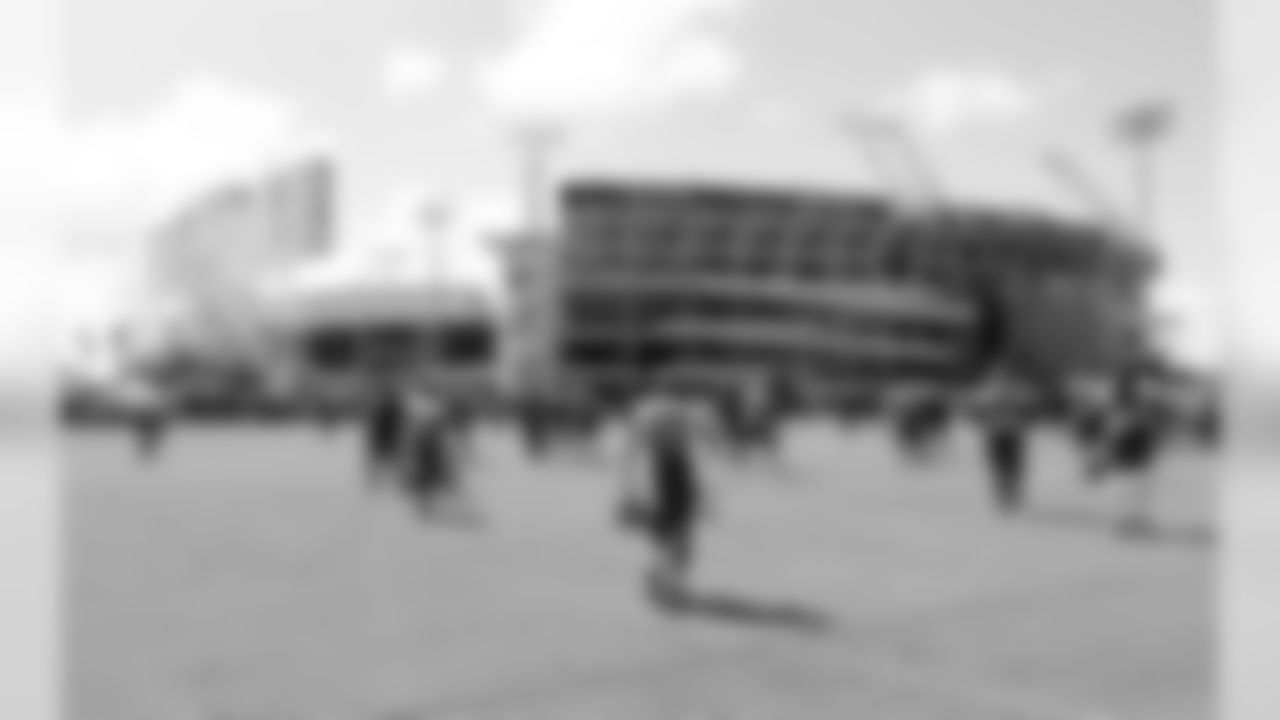
Bucs Training Camp
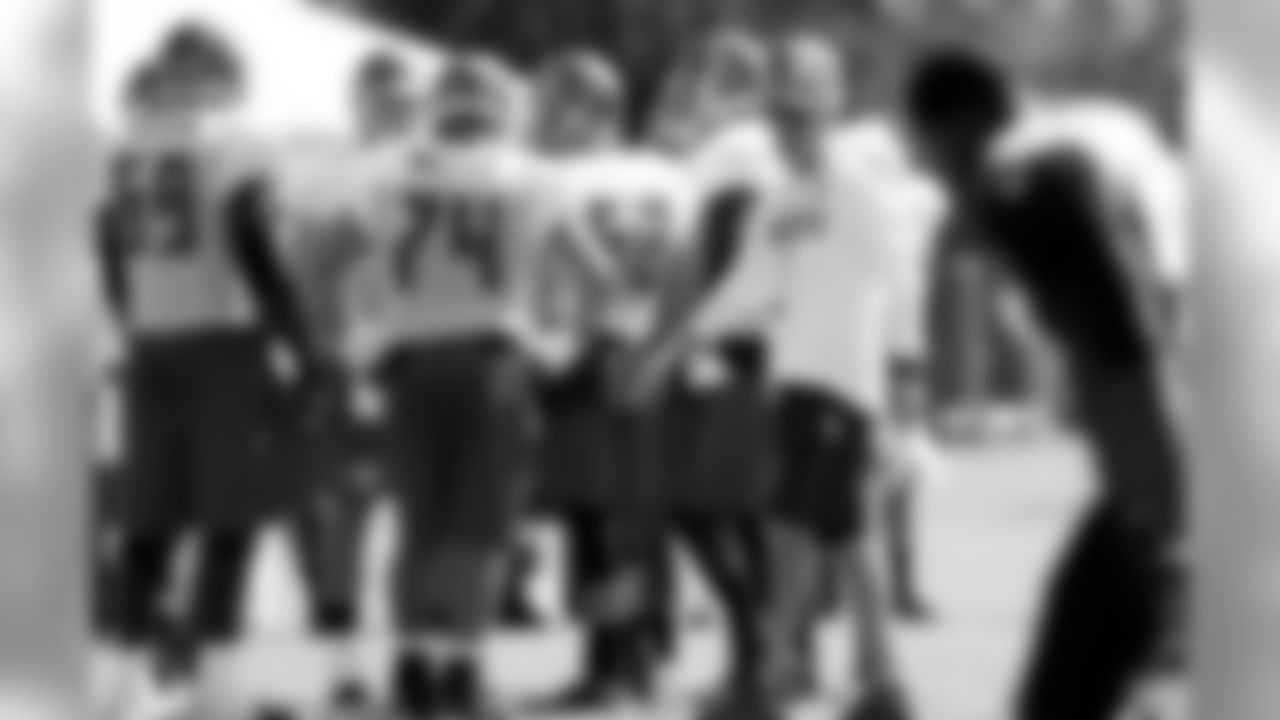
Head Coach Dirk Koetter
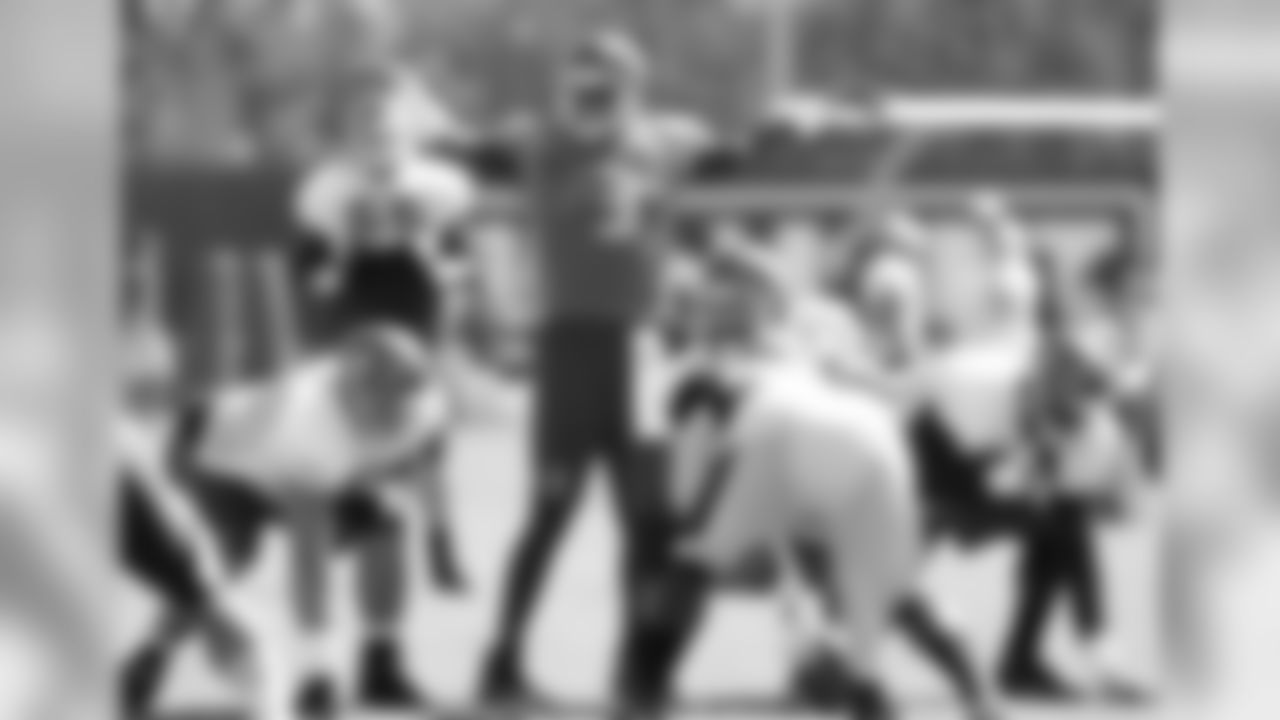
3 QB Jameis Winston
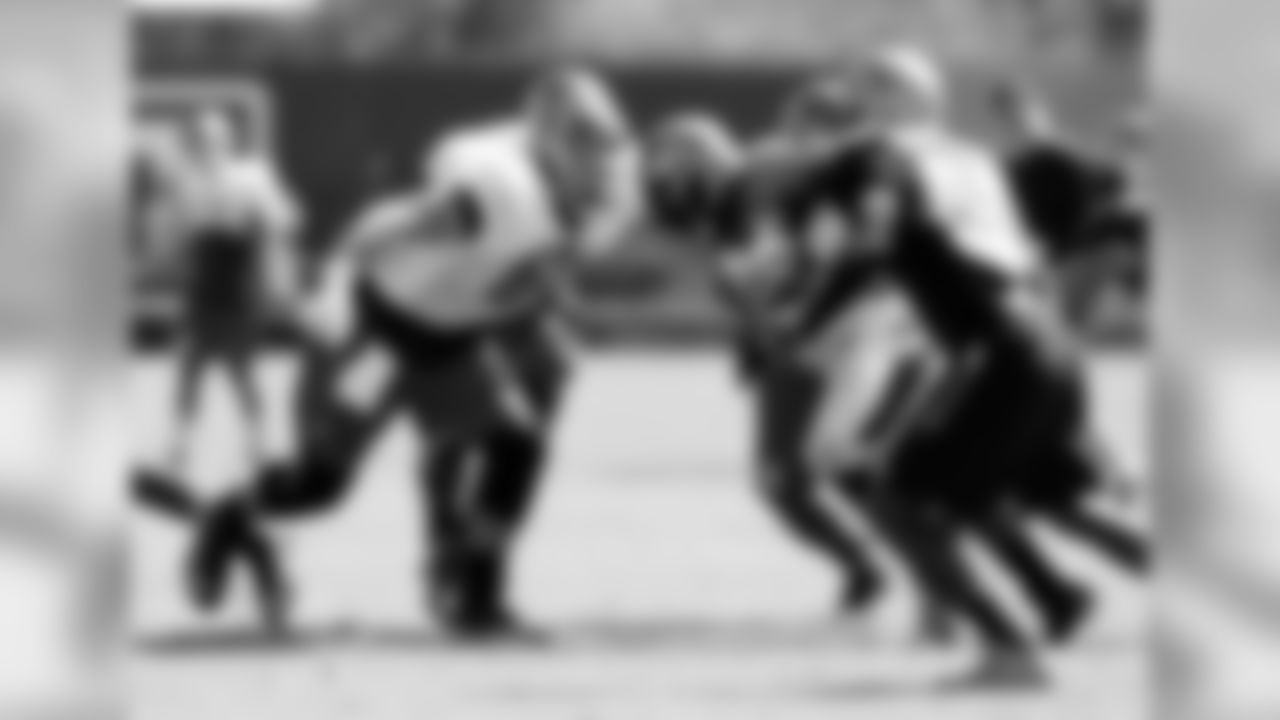
68 C Joe Hawley
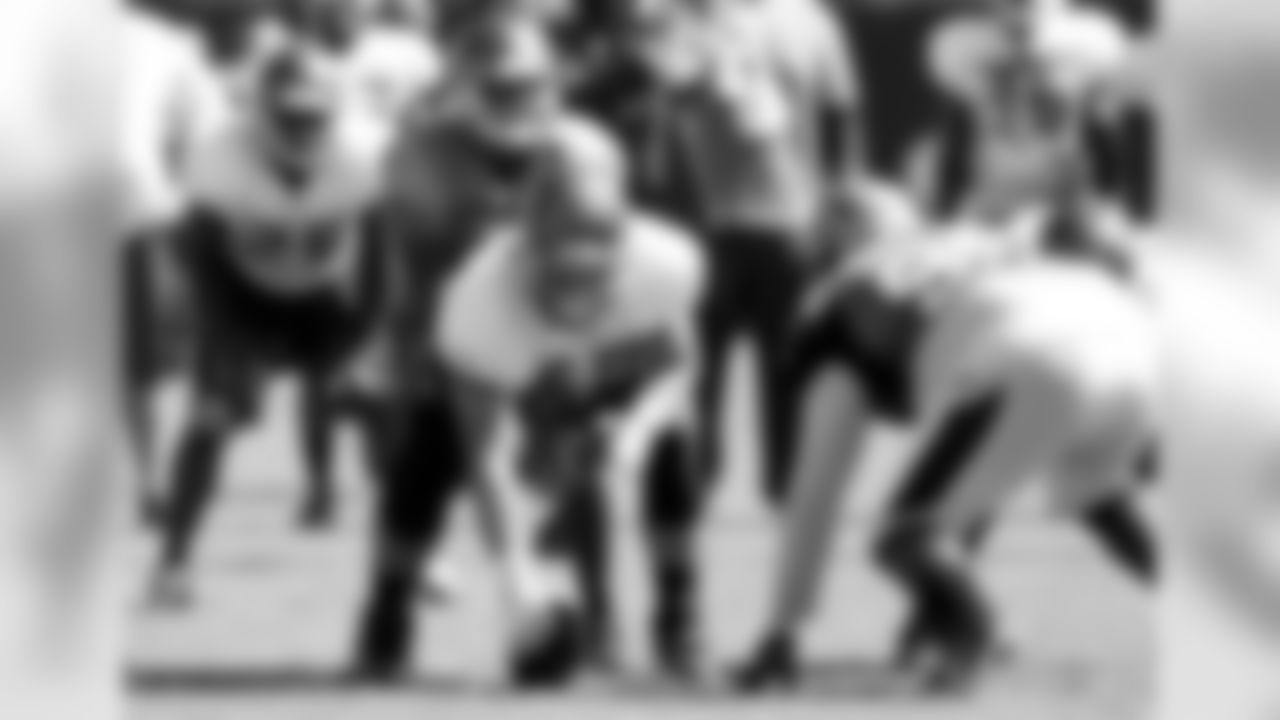
68 C Joe Hawley
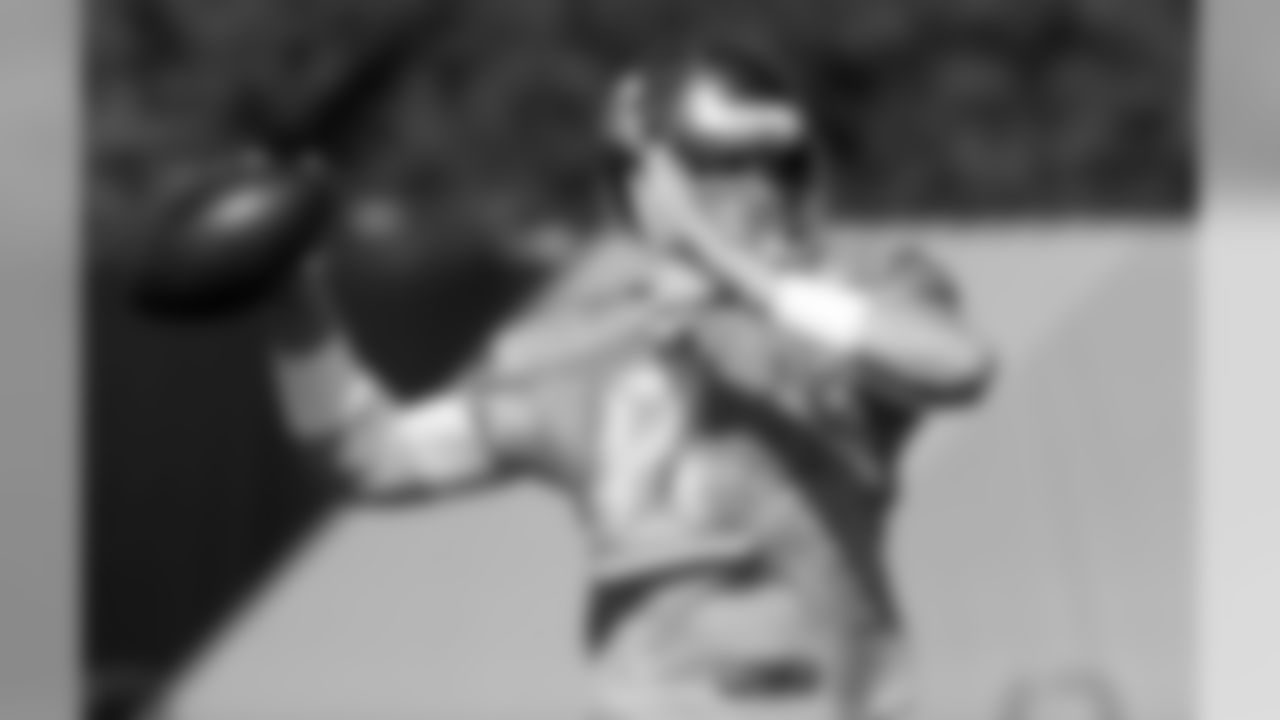
8 QB Mike Glennon

96 DE Cliff Matthews
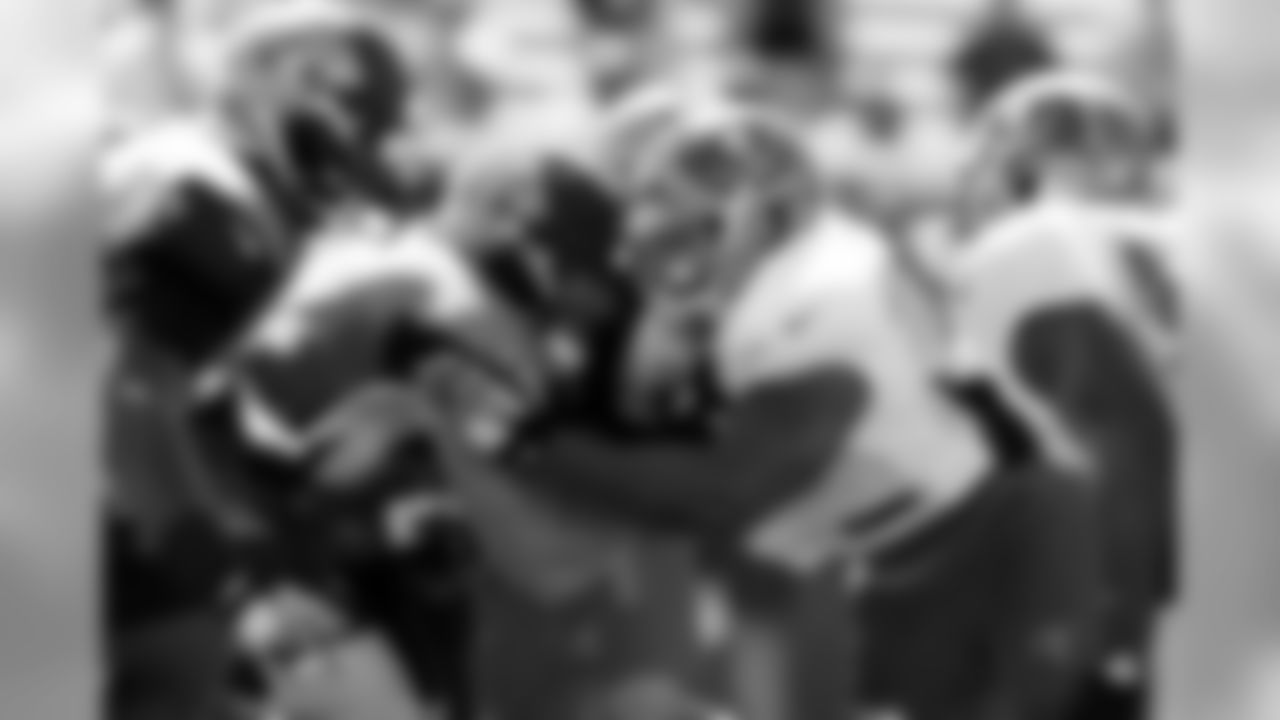
Bucs Training Camp
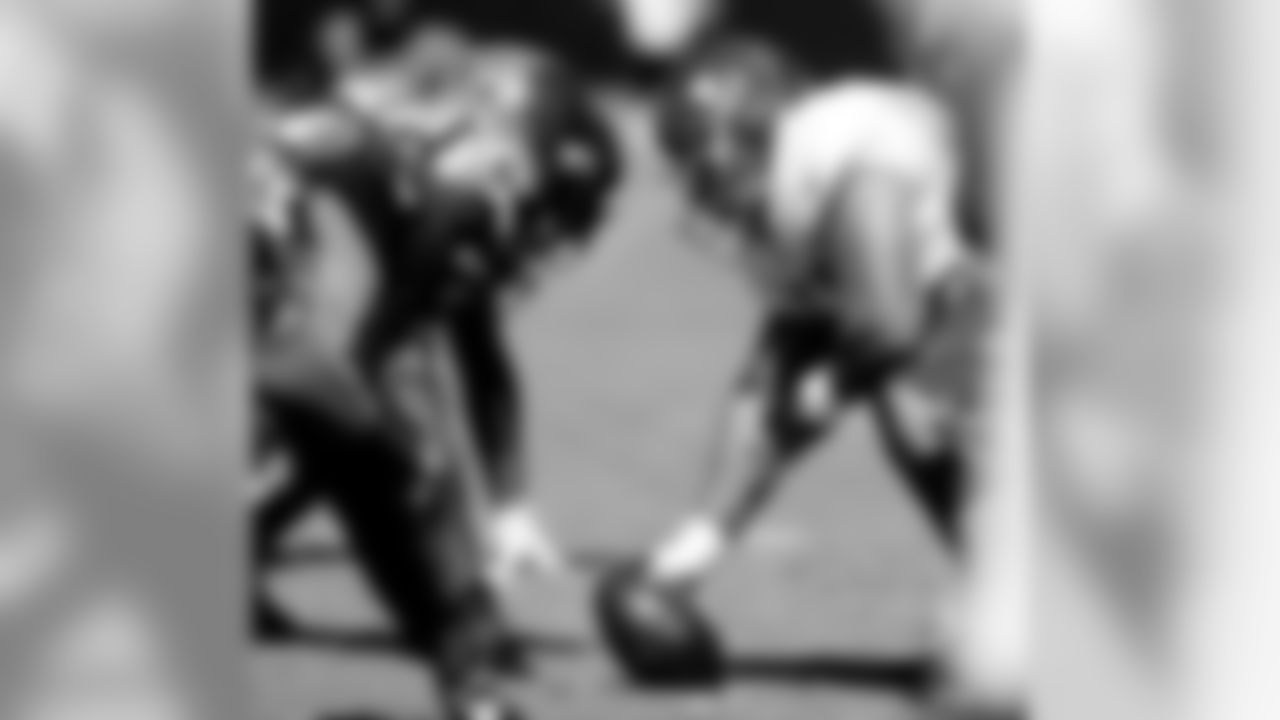
62 C Evan Smith
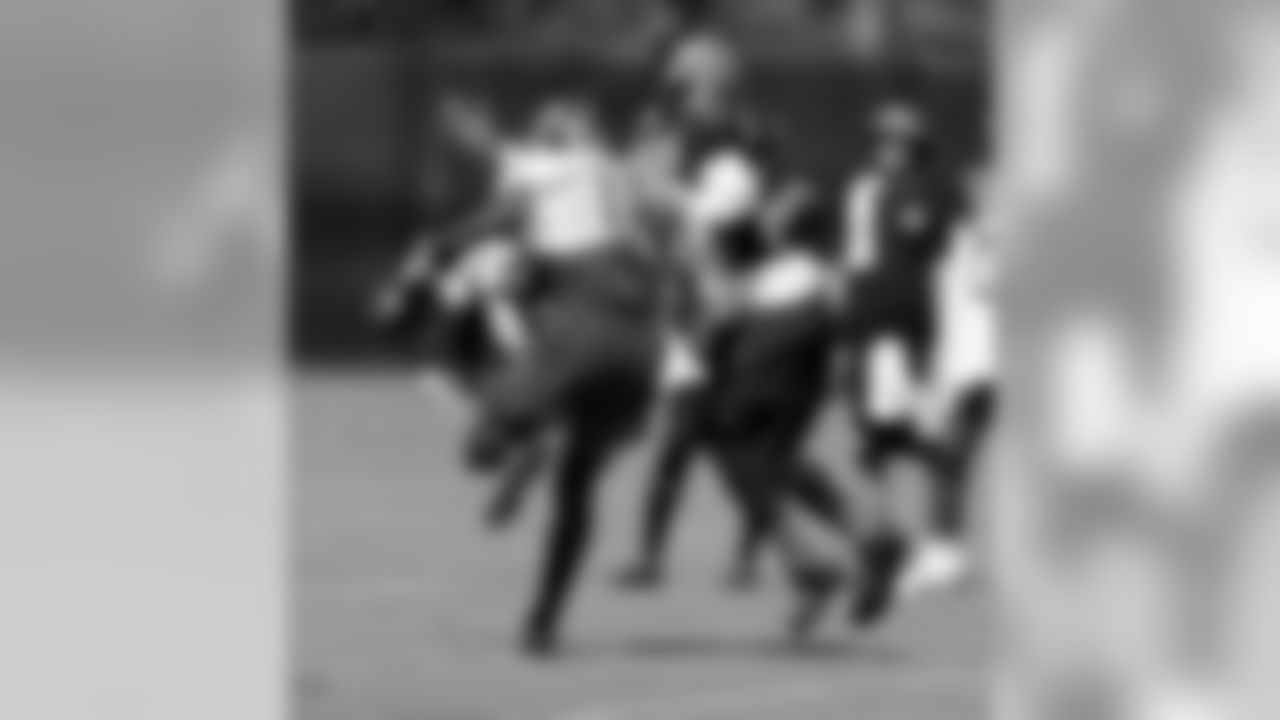
16 WR Freddie Martino
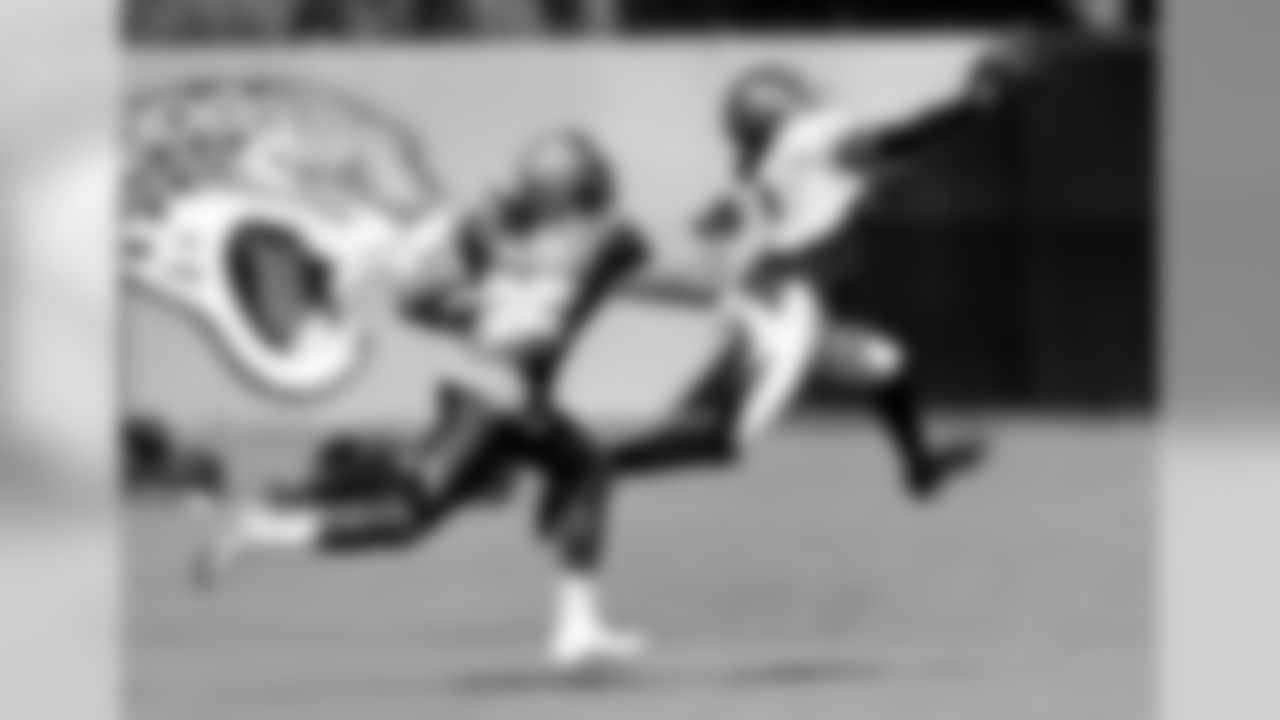
17 WR Donteea Dye
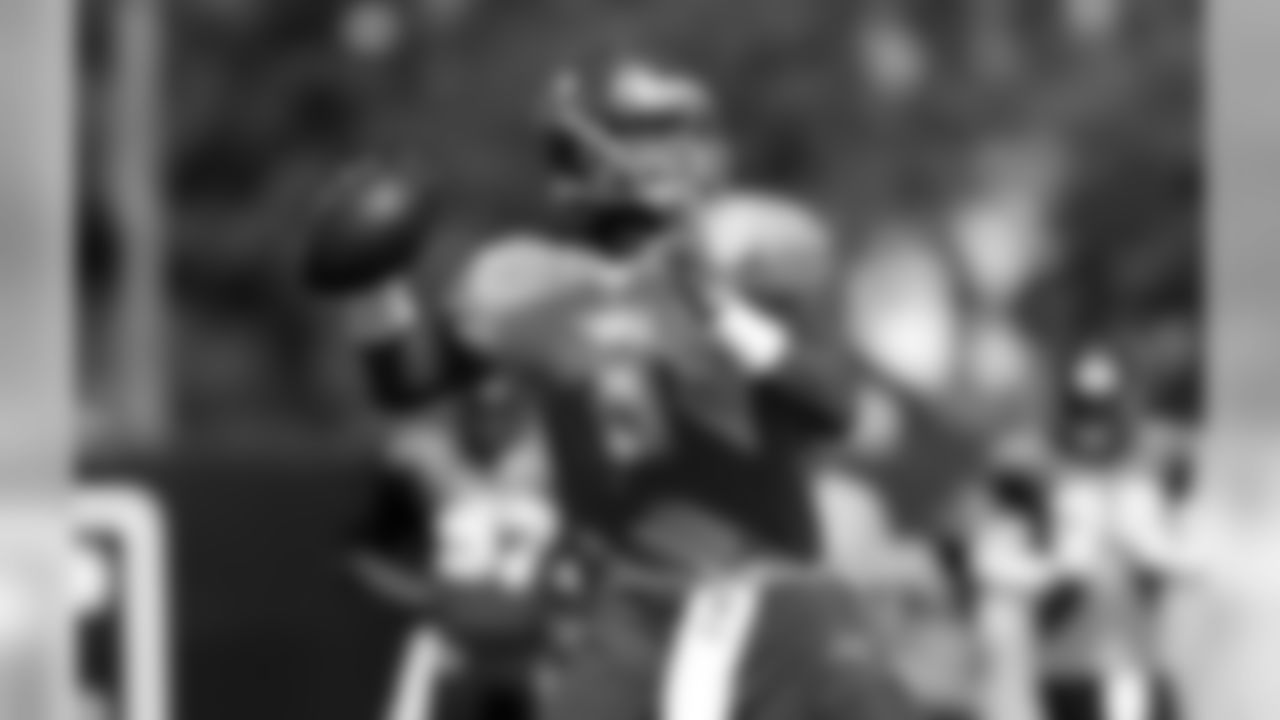
3 QB Jameis Winston

83 WR Vincent Jackson
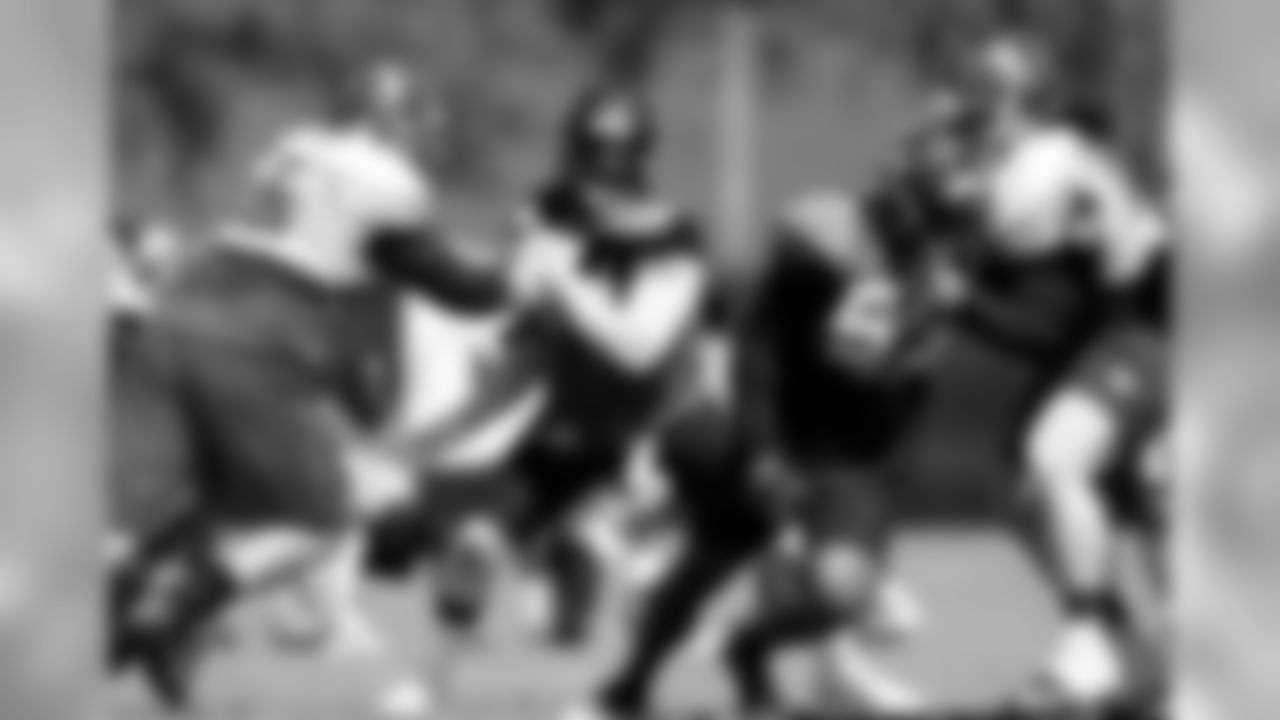
66 OT Leonard Wester
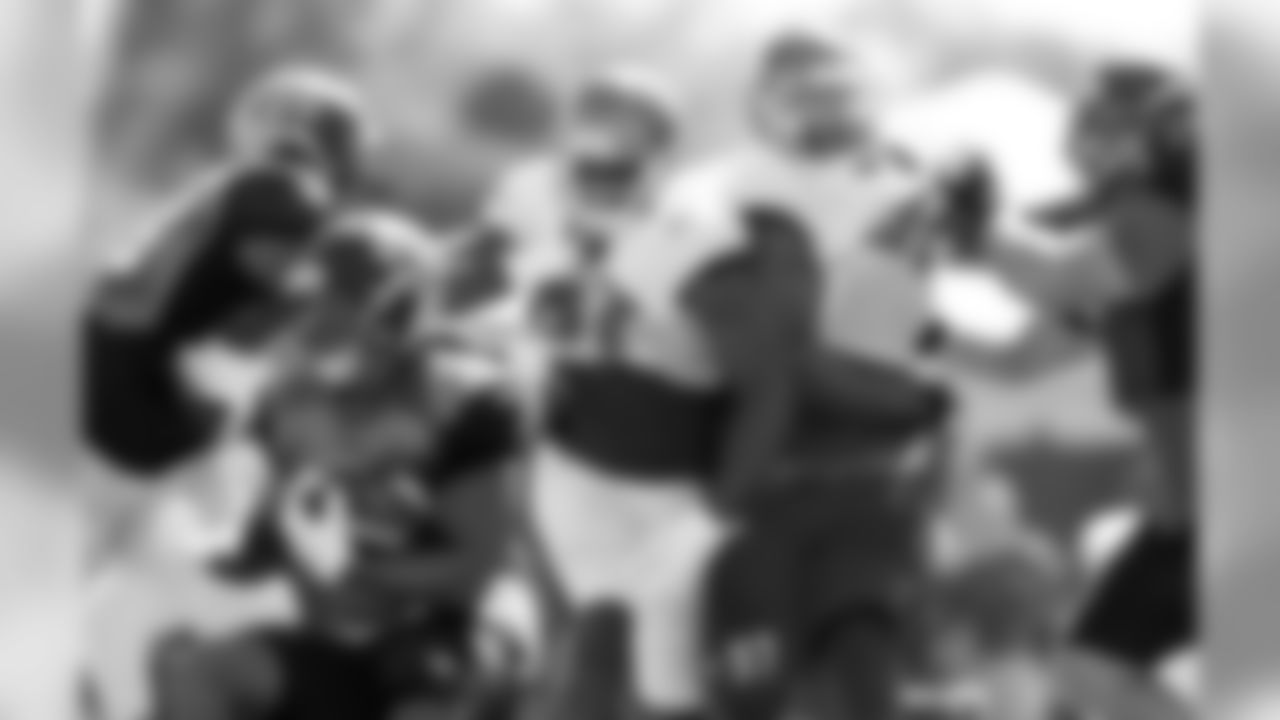
57 DE Noah Spence and #97 DT Akeem Spence
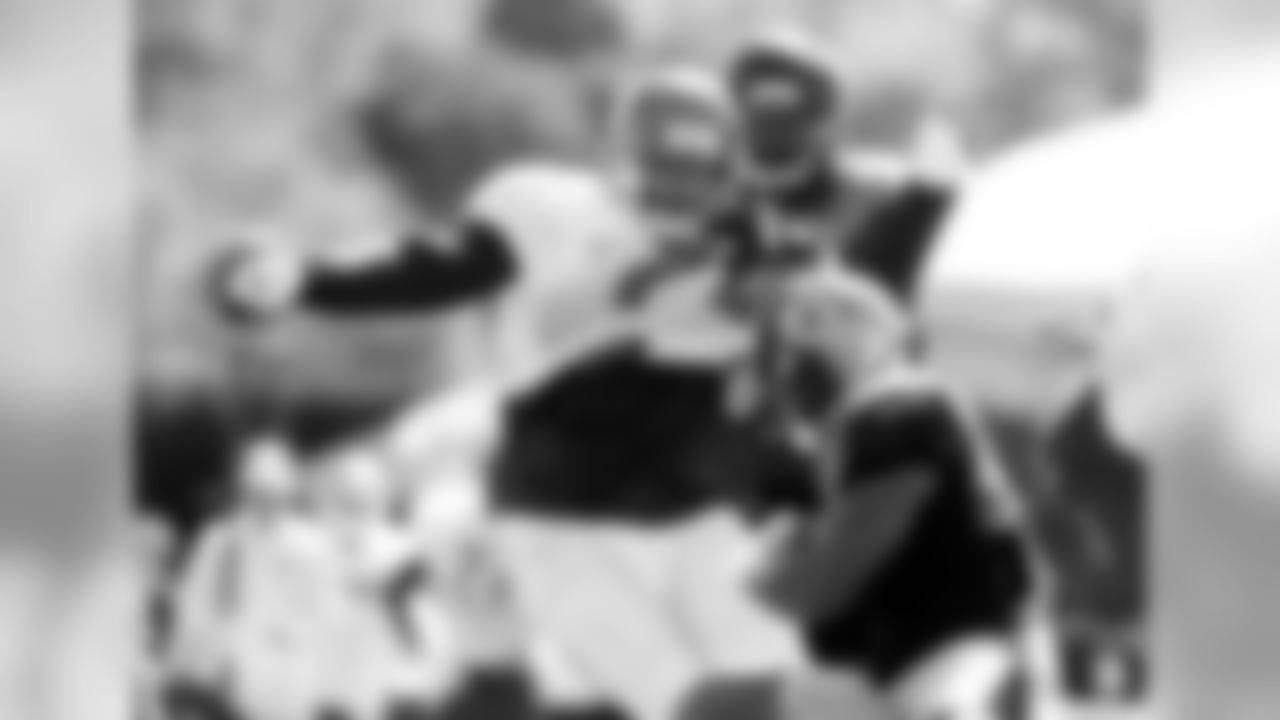
70 DT A.J. Francis
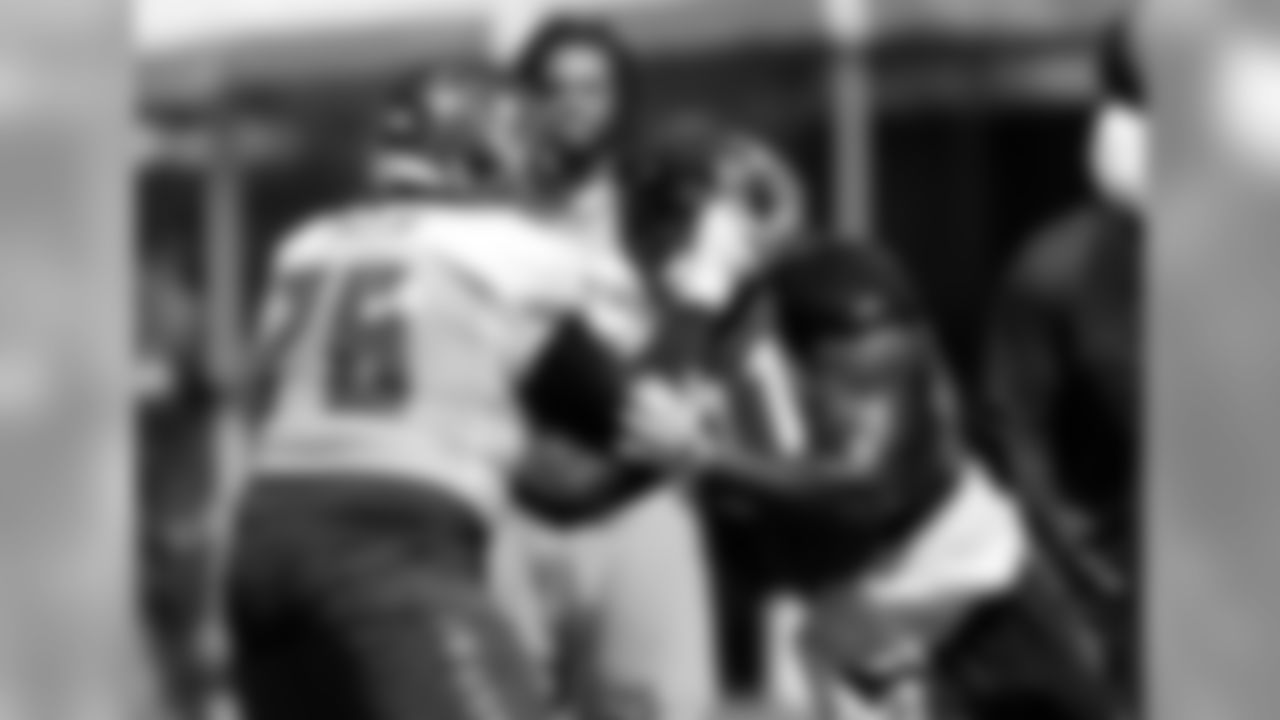
76 OT Donovan Smith
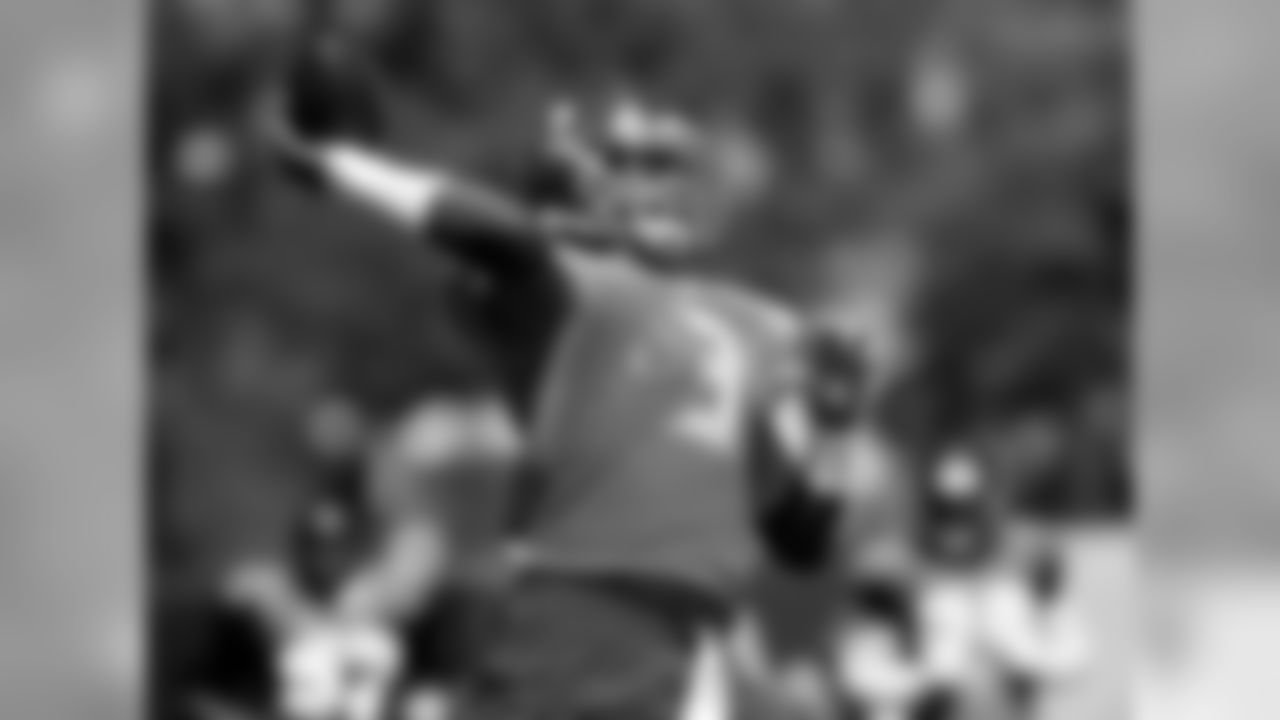
3 QB Jameis Winston
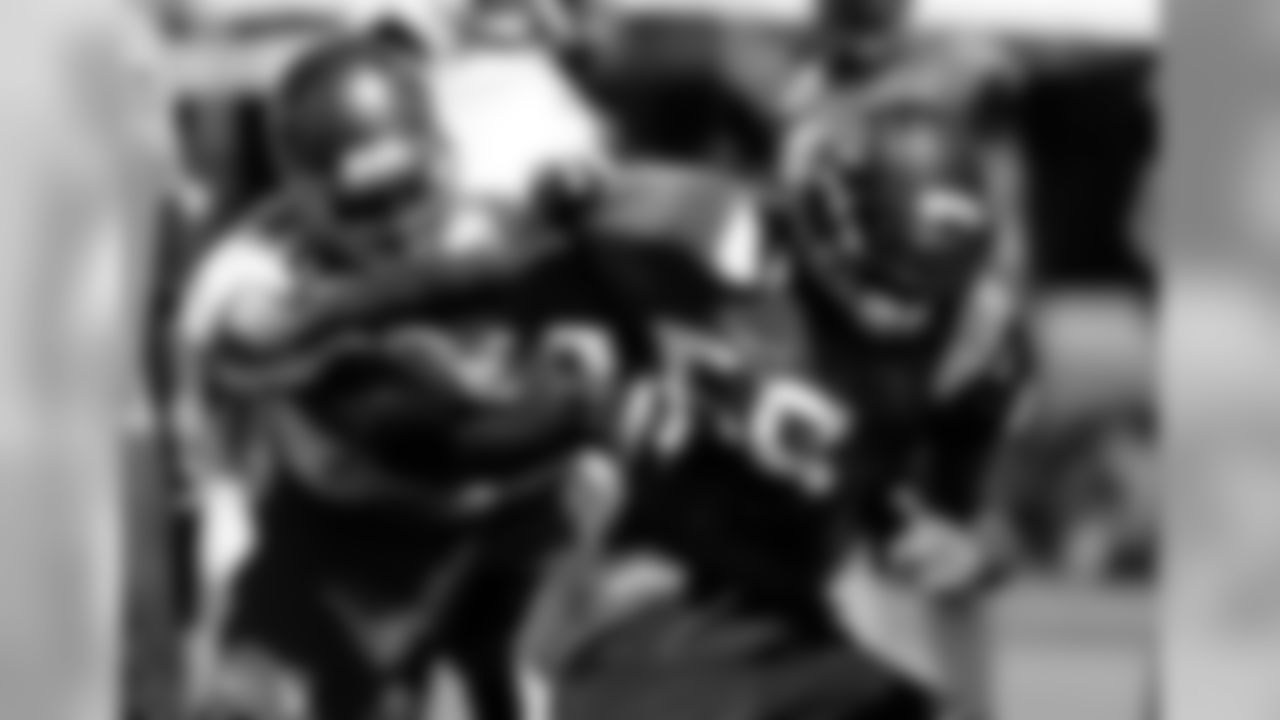
69 OT Demar Dotson
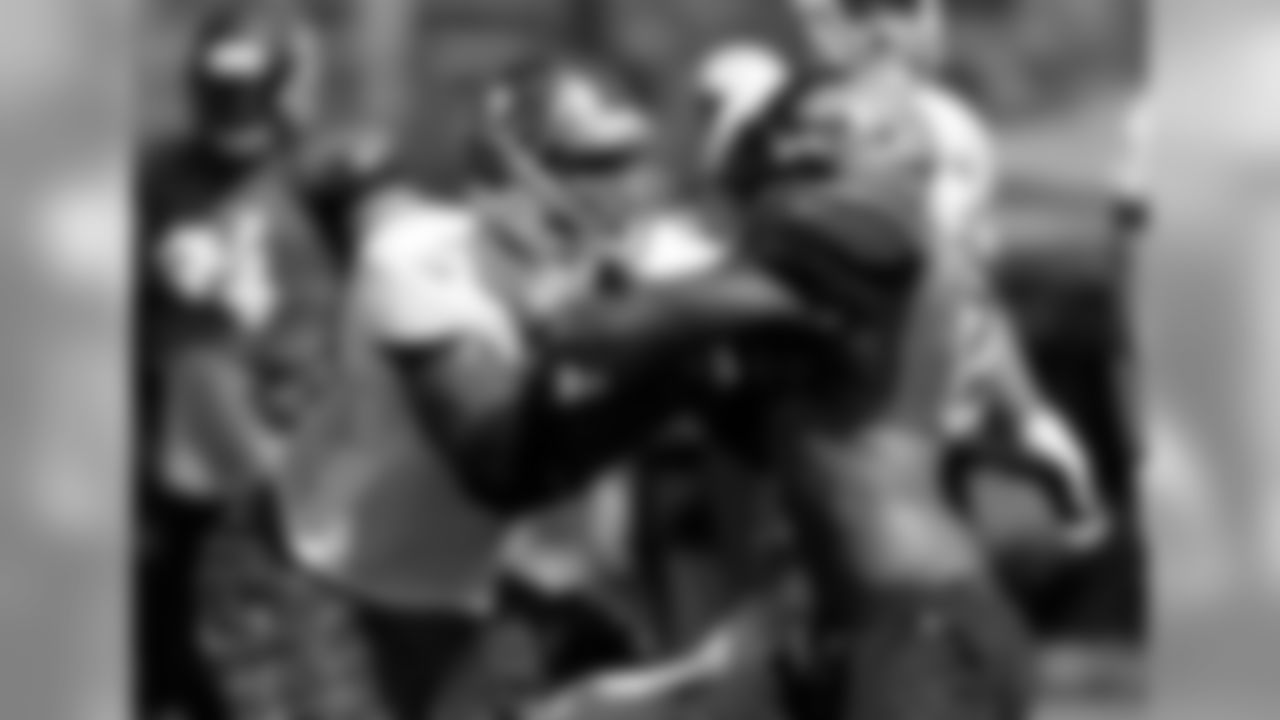
69 OT Demar Dotson
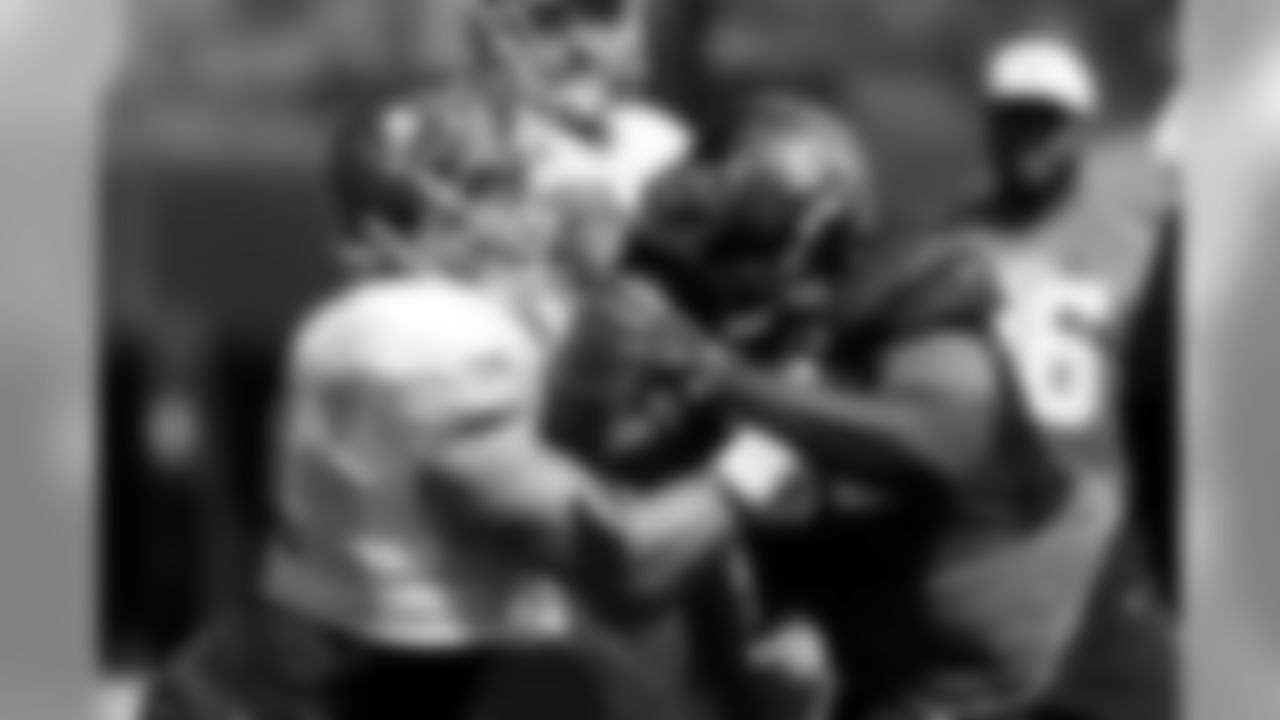
74 G Ali Marpet

General Manager Jason Licht
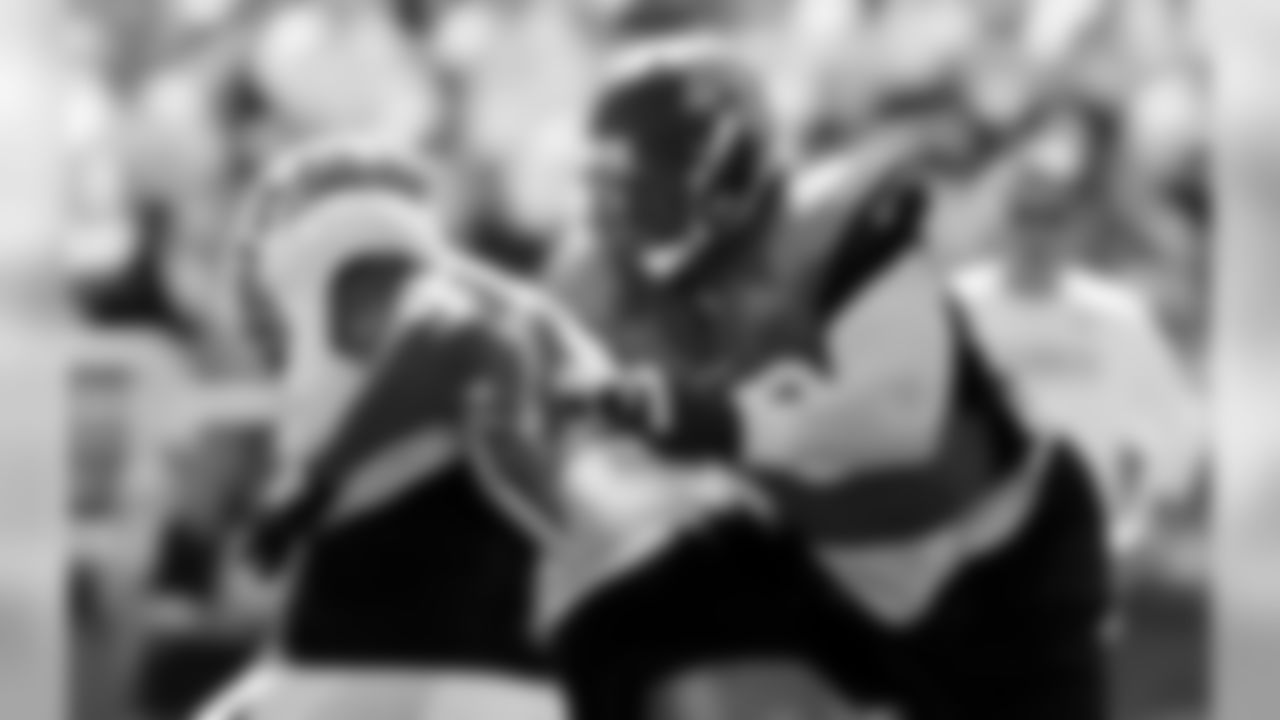
56 DE Jacquies Smith
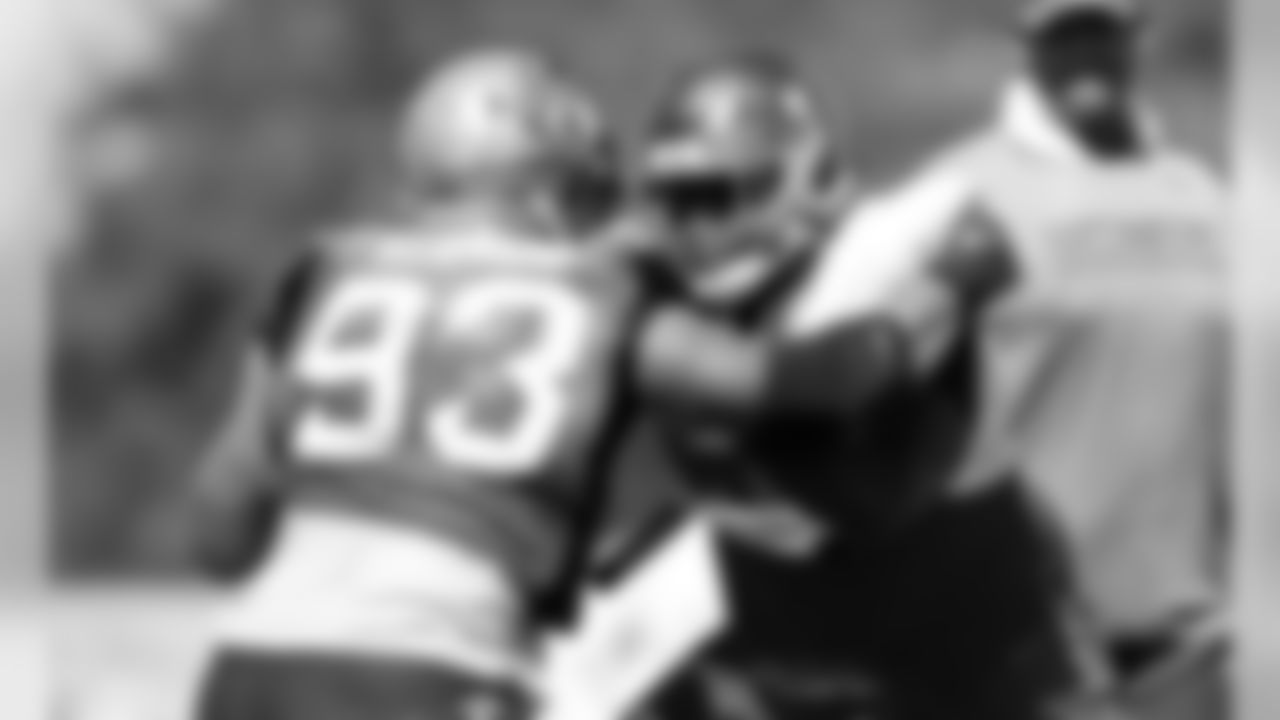
65 OT Taylor Fallin
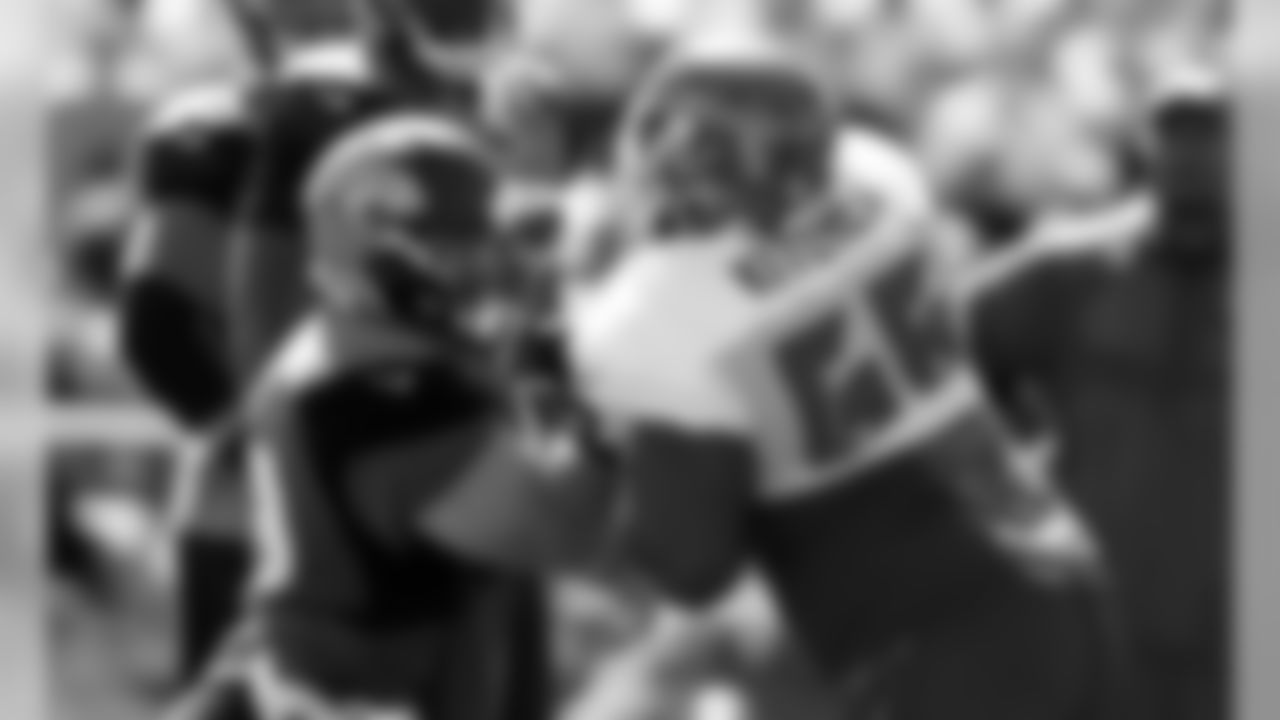
66 DT Ishmaa'ily Kitchen
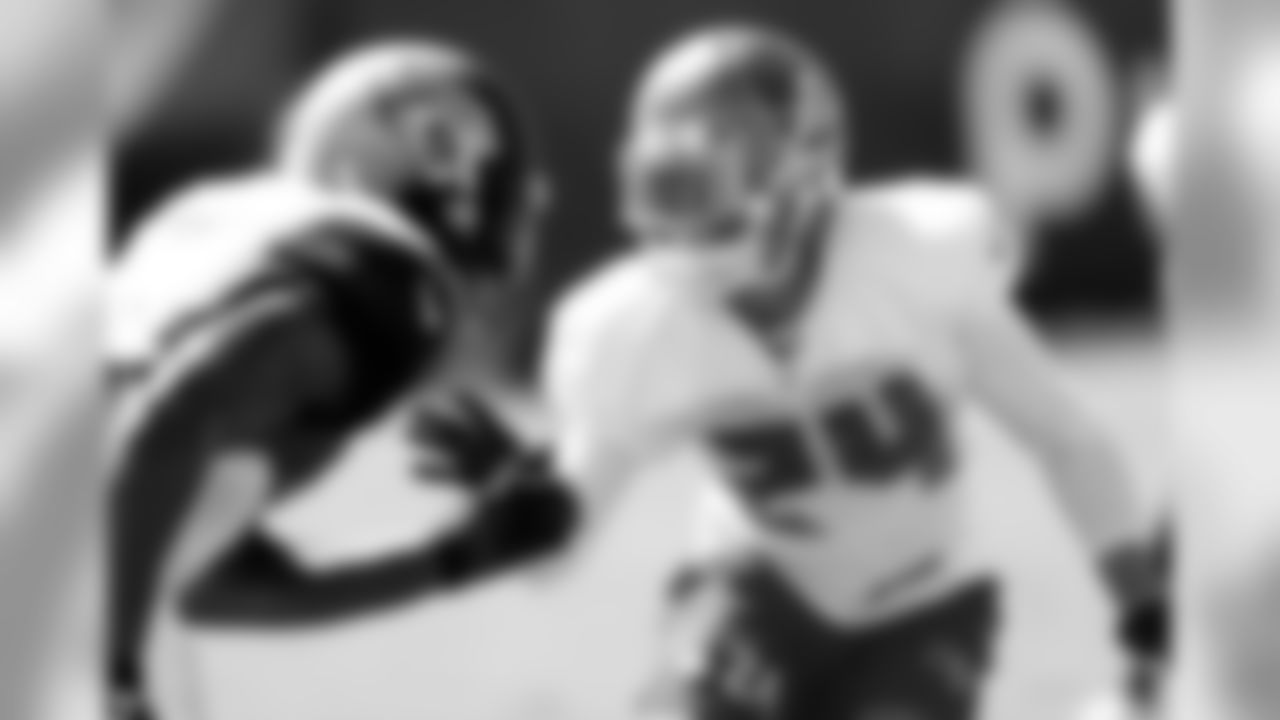
24 CB Brent Grimes

27 CB Johnthan Banks

Bucs Training Camp

78 OT Gosder Cherilus
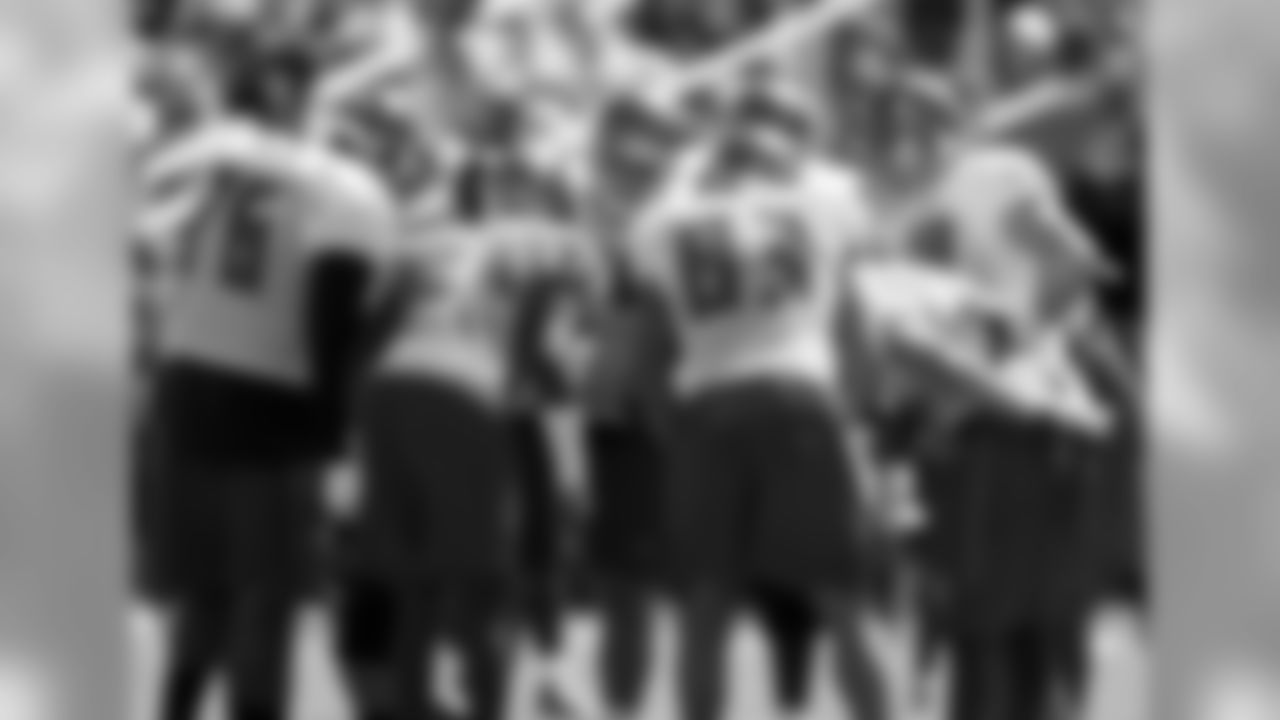
3 QB Jameis Winston and #83 WR Vincent Jackson

3 QB Jameis Winston and #69 OT Demar Dotson
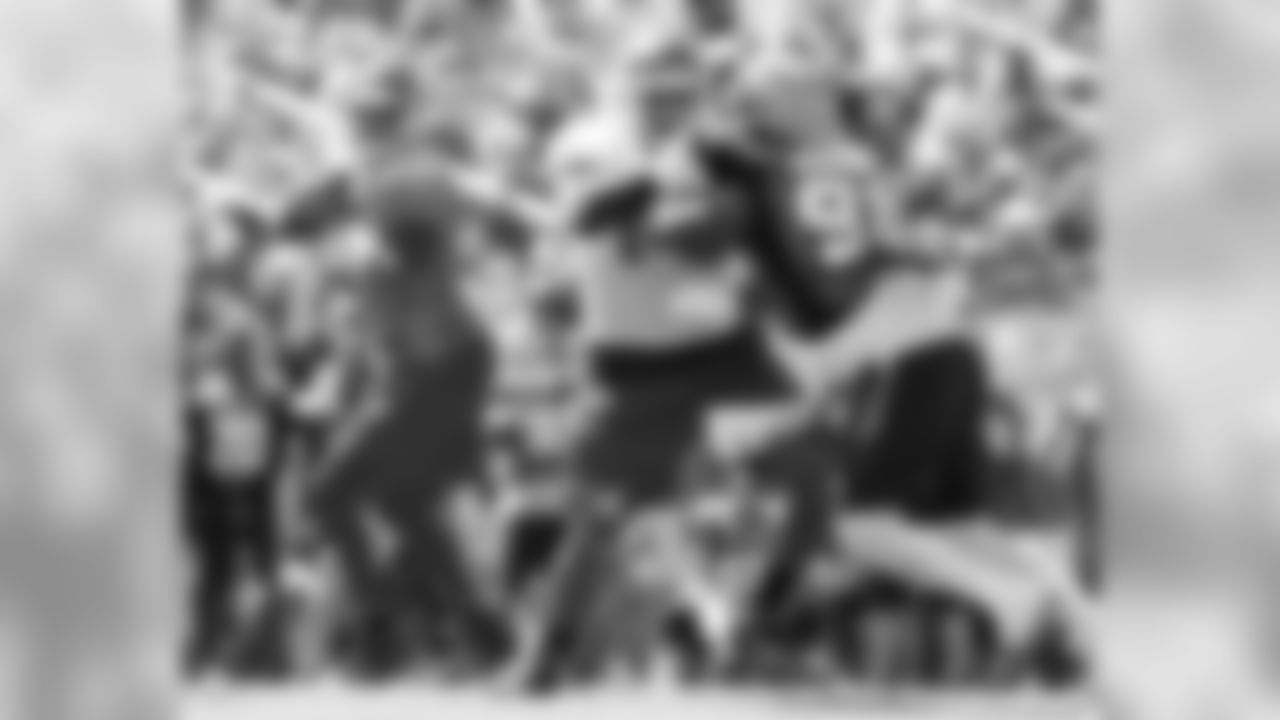
3 QB Jameis Winston and #76 OT Donovan Smith
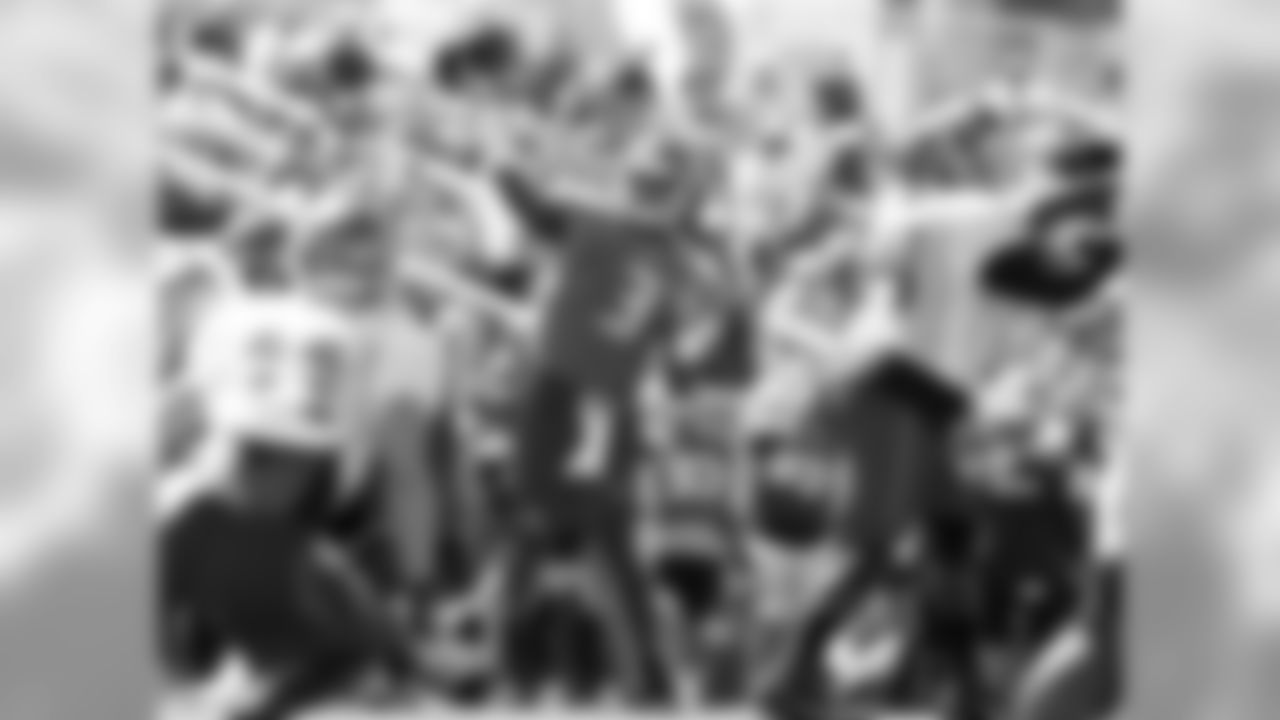
3 QB Jameis Winston
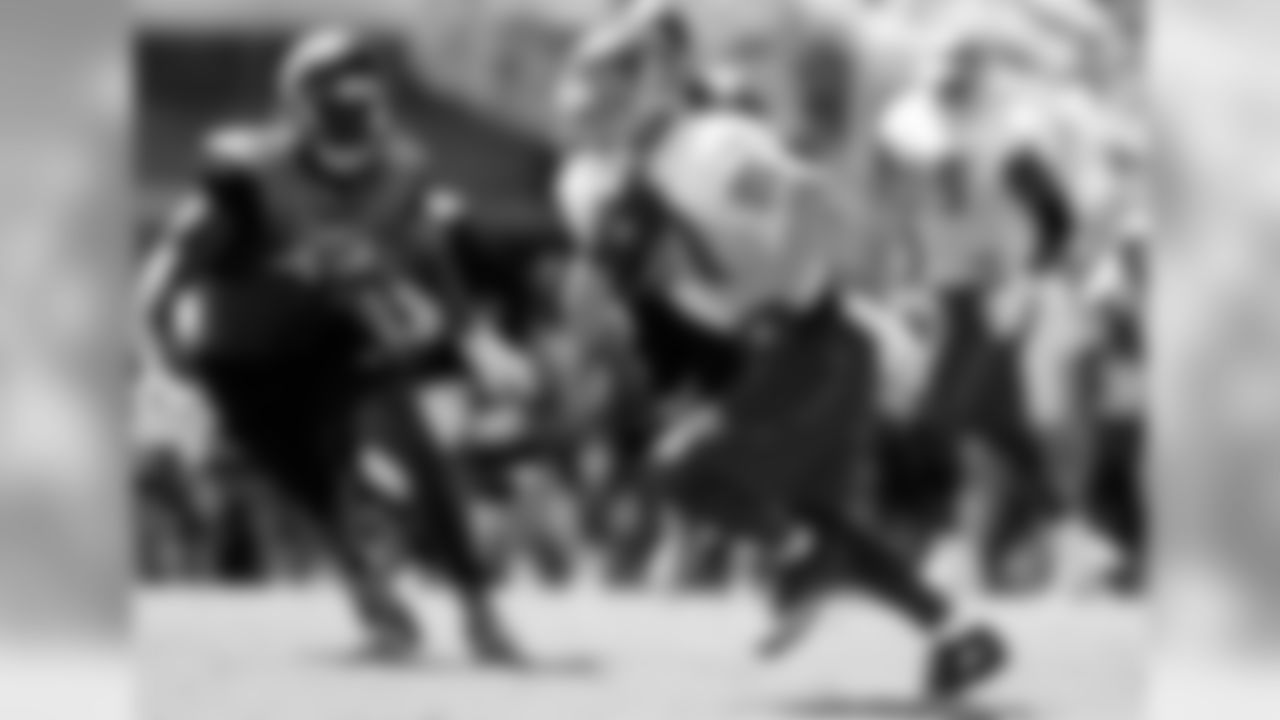
11 WR Adam Humphries
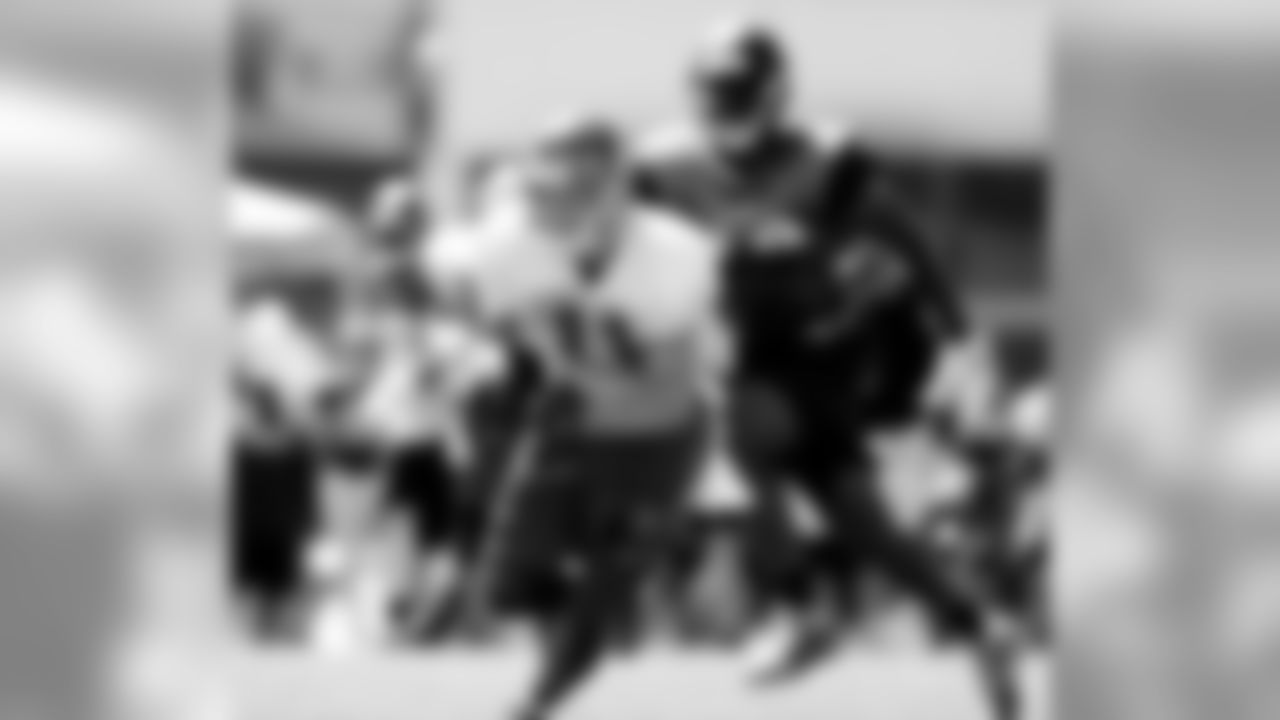
11 WR Adam Humphries

Head Coach Dirk Koetter

3 QB Jameis Winston
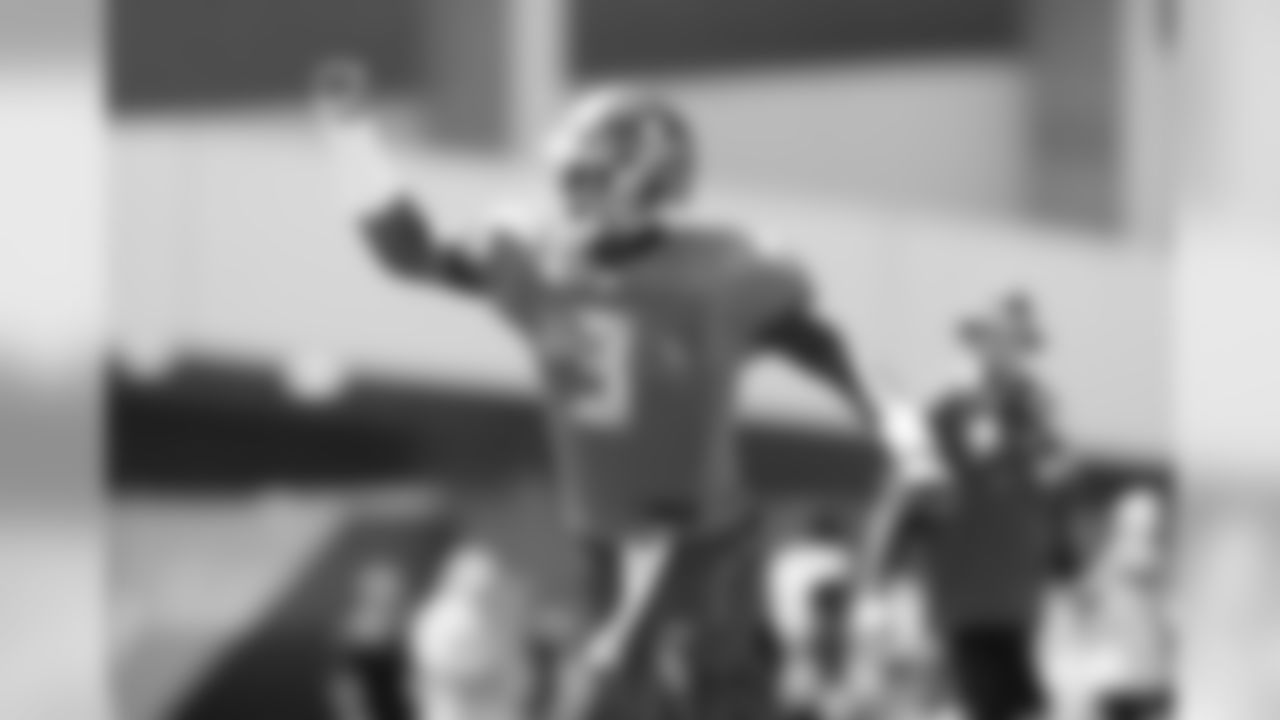
3 QB Jameis Winston
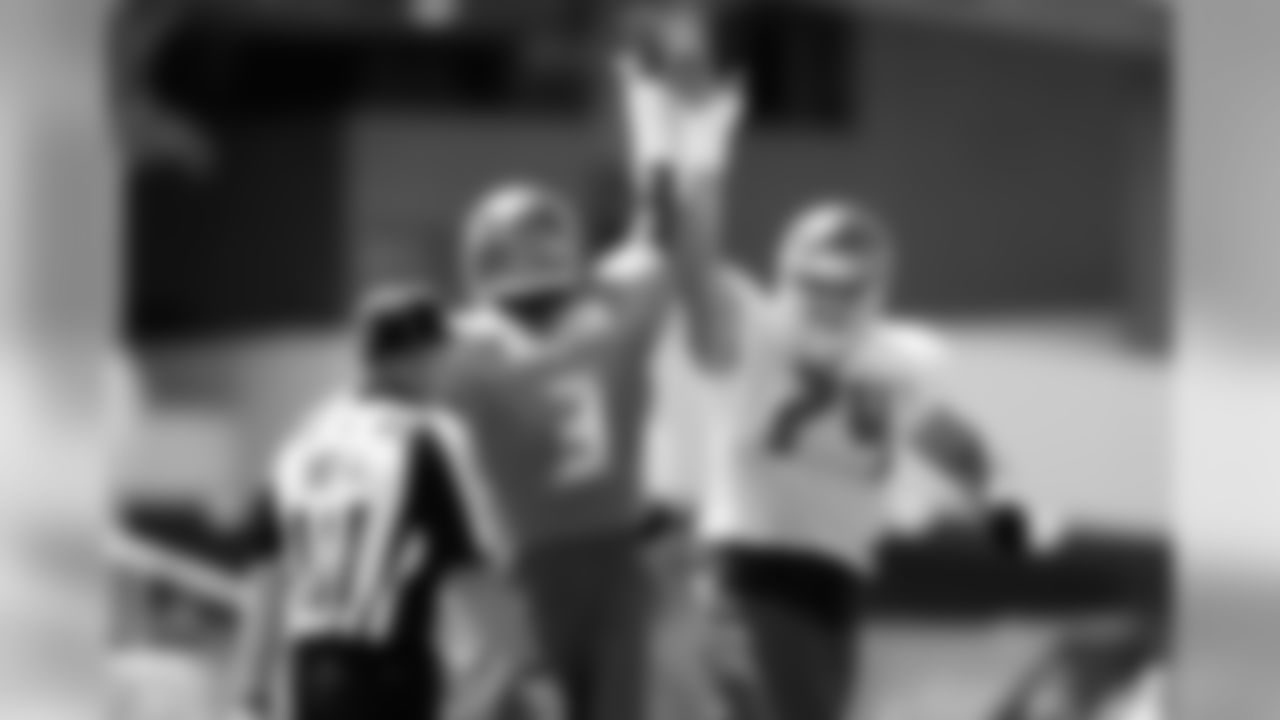
3 QB Jameis Winston and #74 G Ali Marpet
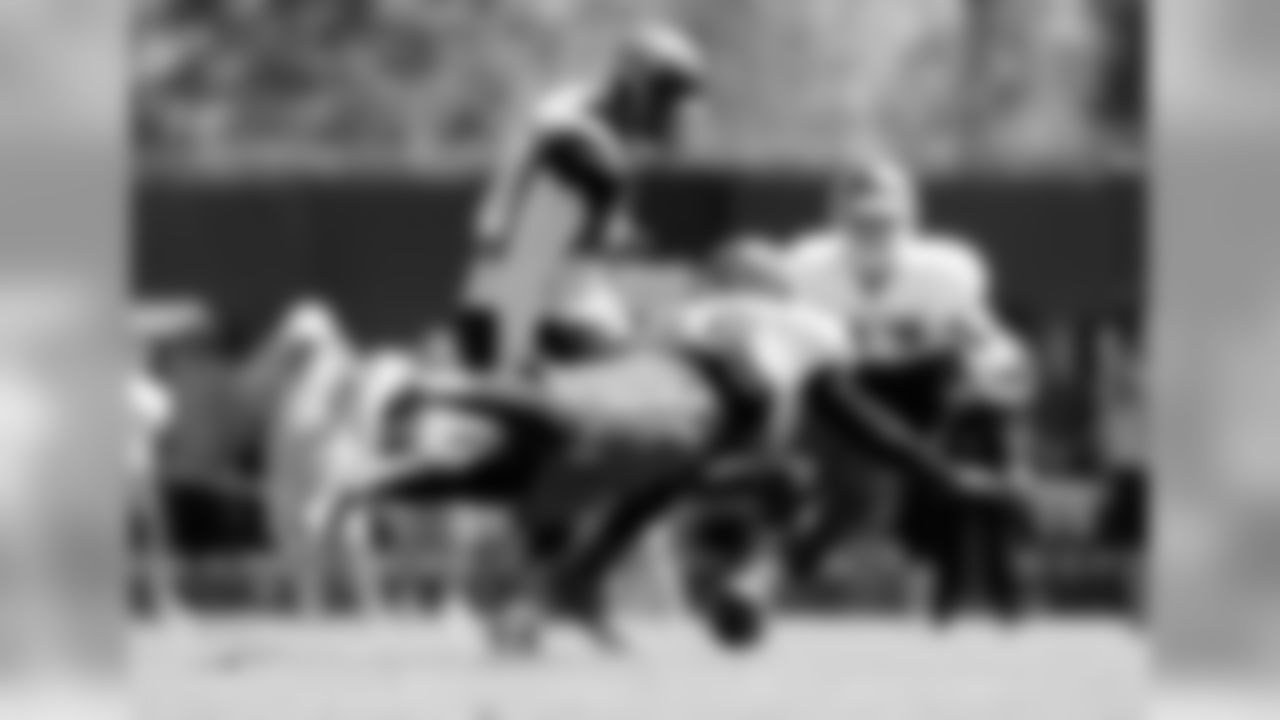
58 LB Kwon Alexander
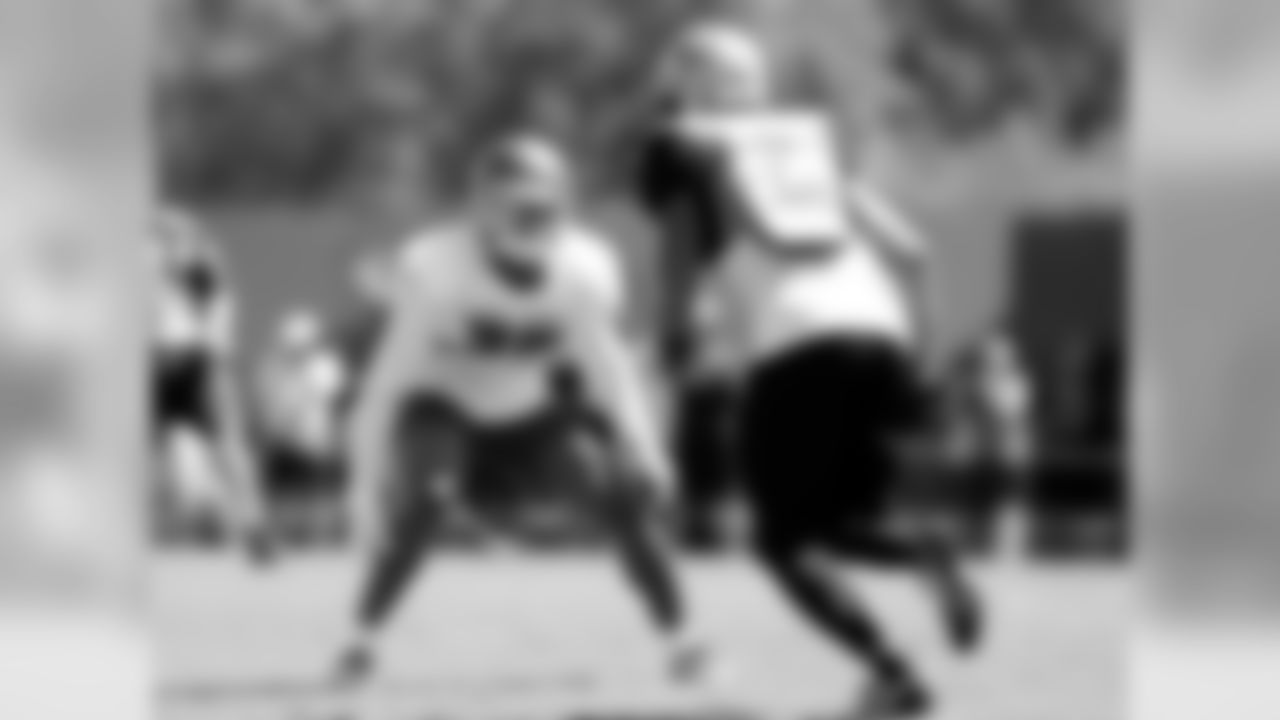
28 CB Vernon Hargreaves
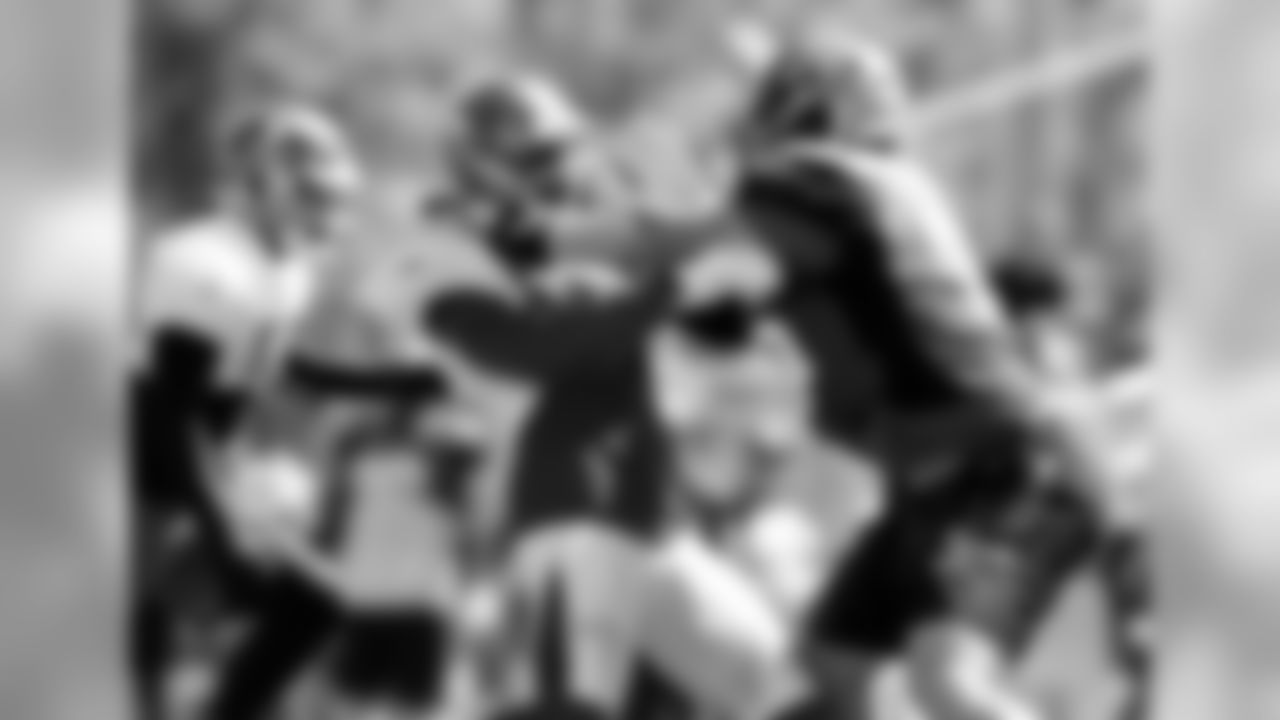
Bucs Training Camp
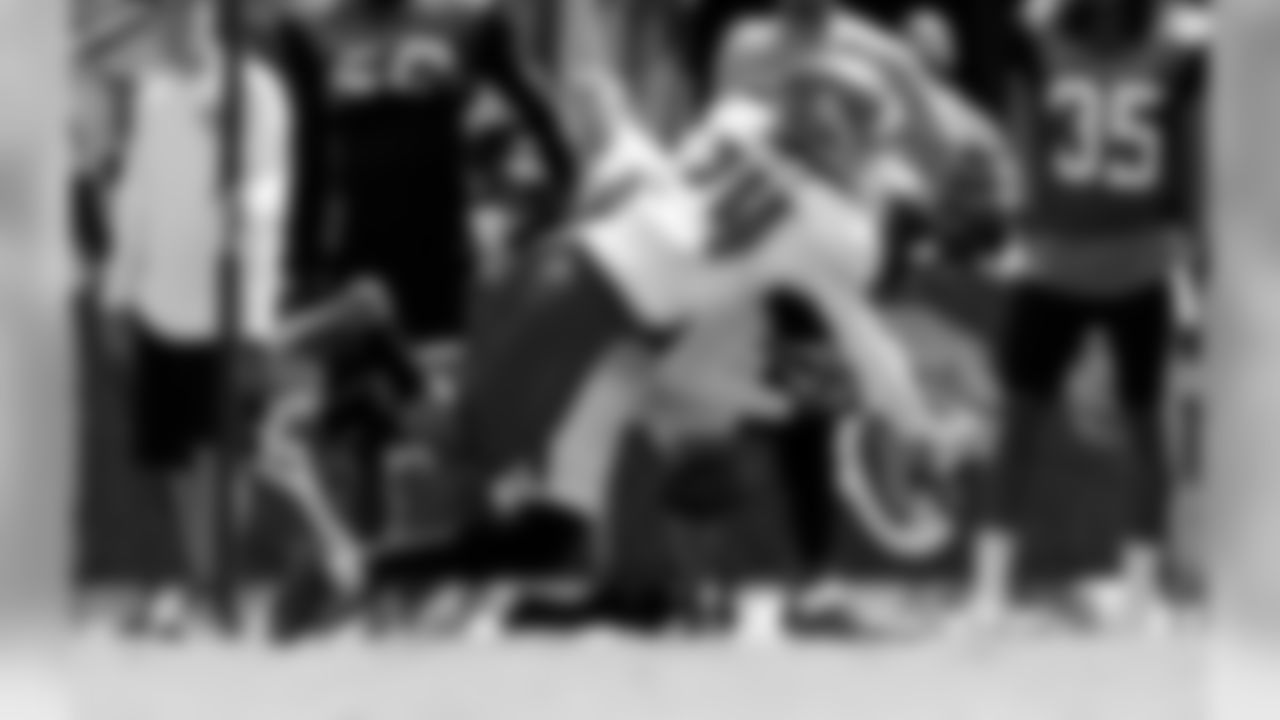
24 CB Brent Grimes

Bucs Training Camp
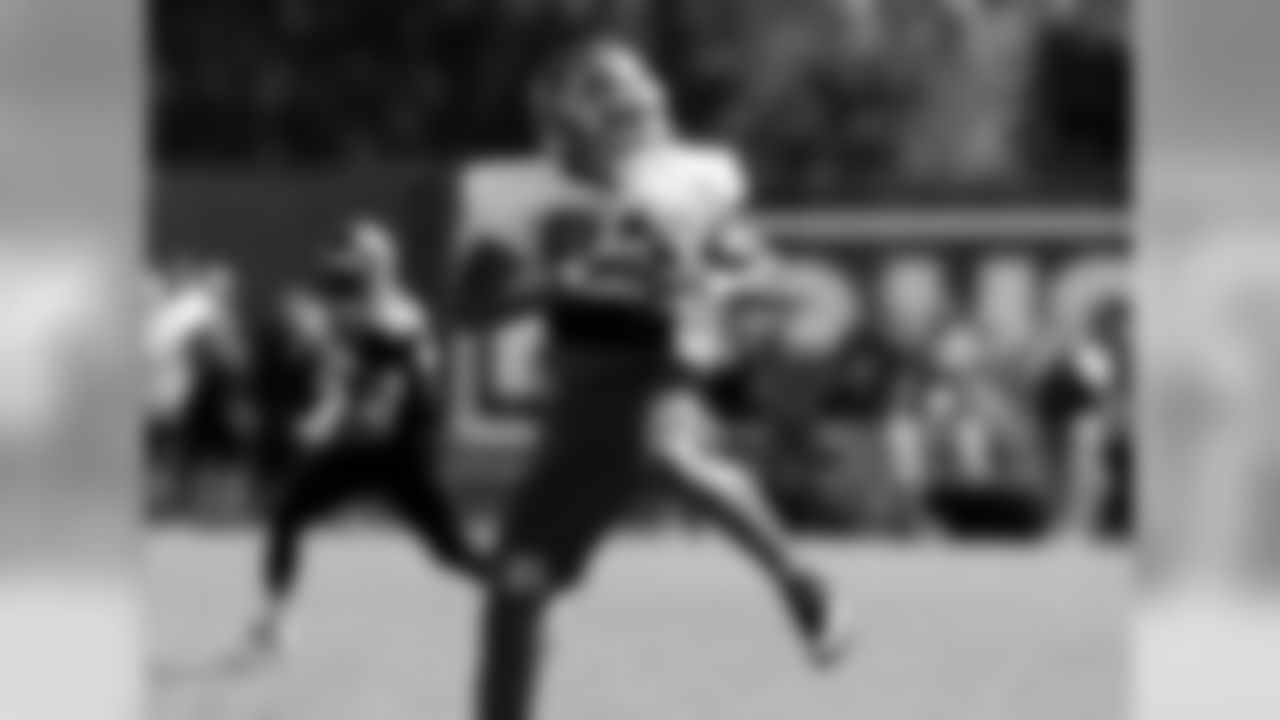
85 WR Evan Spencer
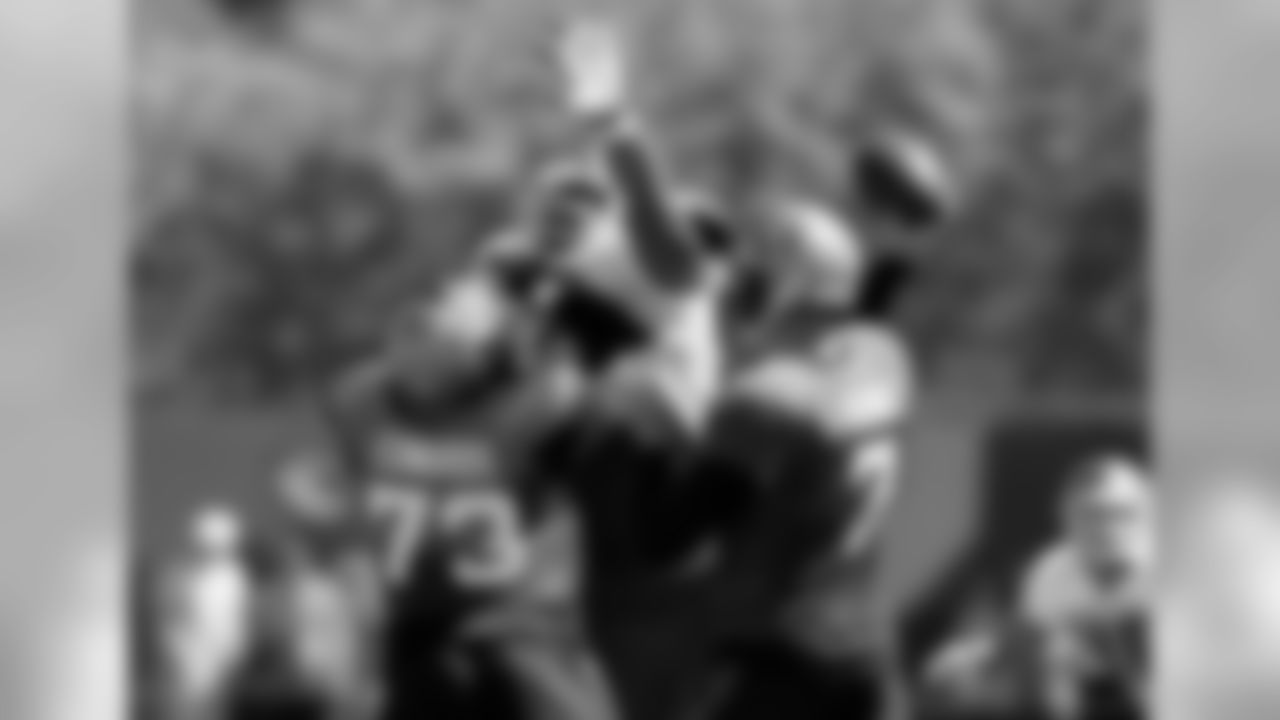
Bucs Training Camp
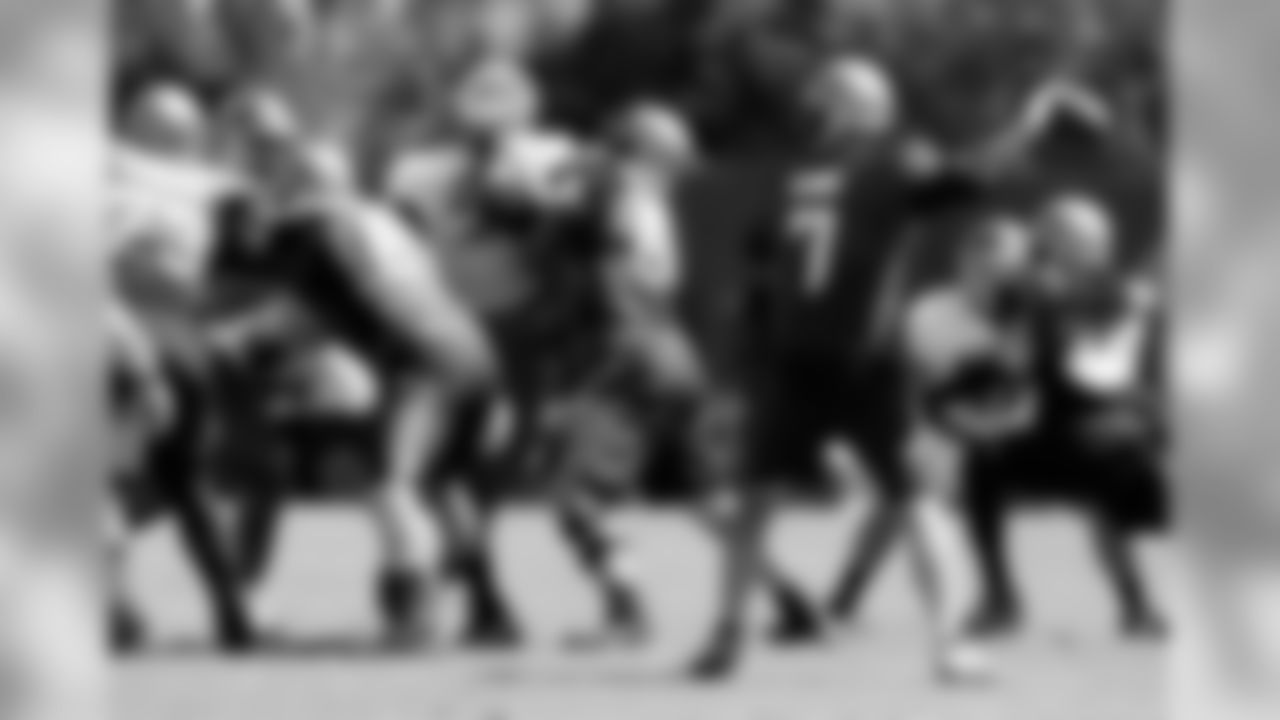
Bucs Training Camp
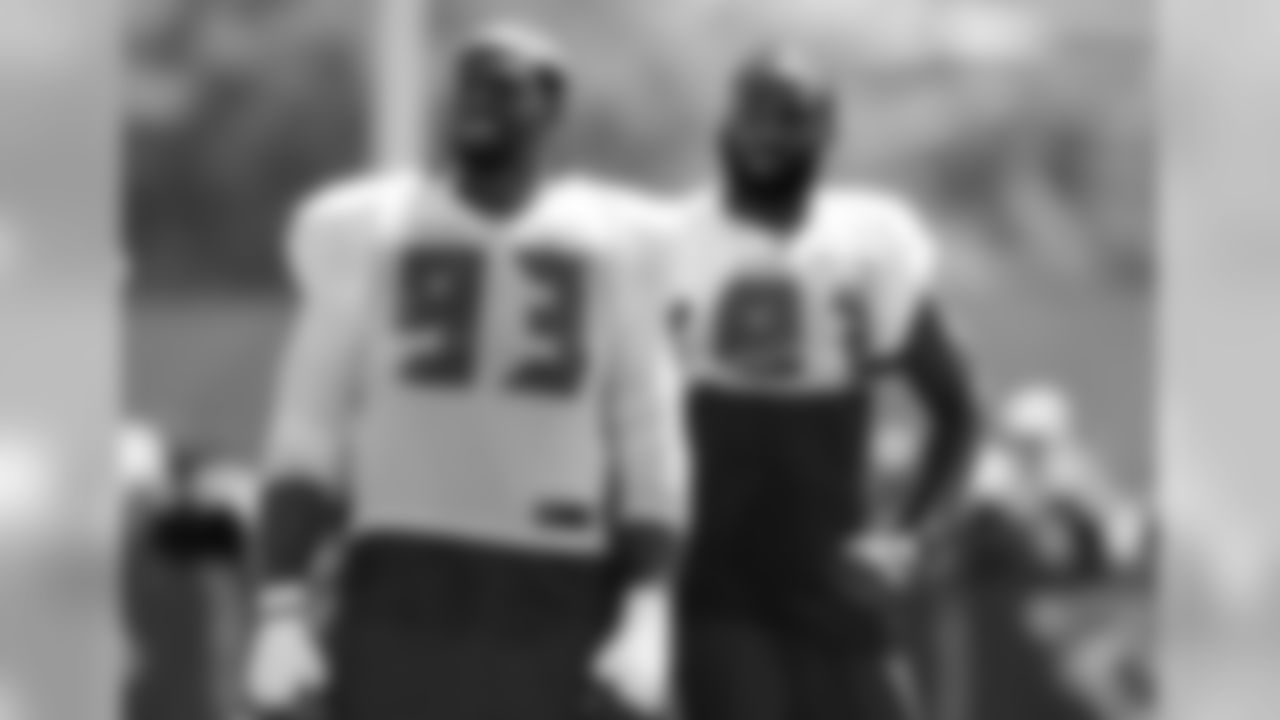
93 DT Gerald McCoy and #91 DE Robert Ayers
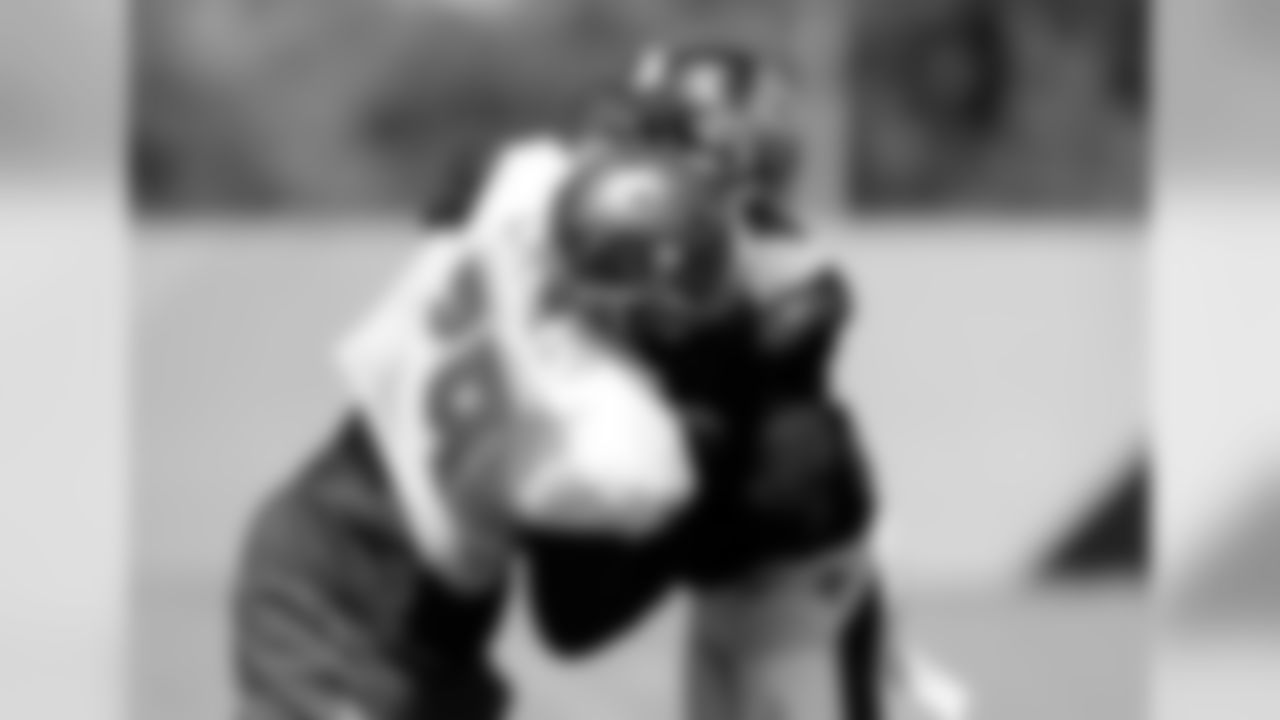
78 OT Gosder Cherilus
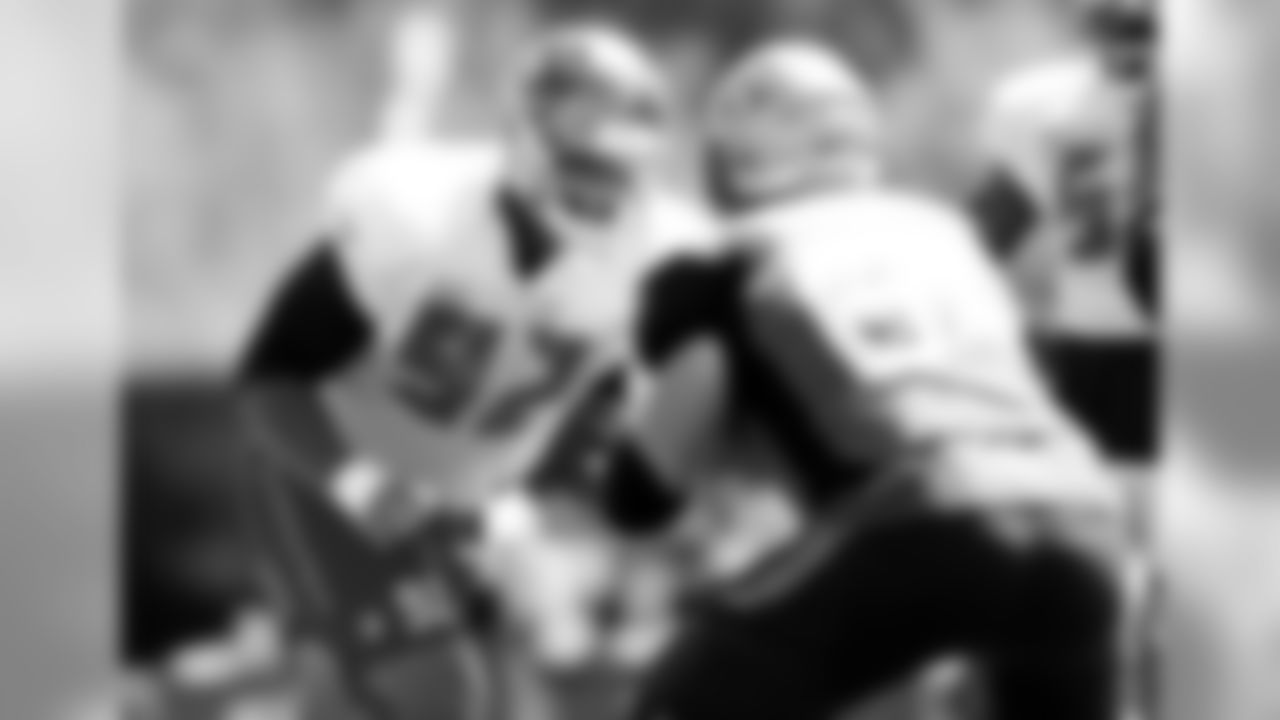
92 DE William Gholston
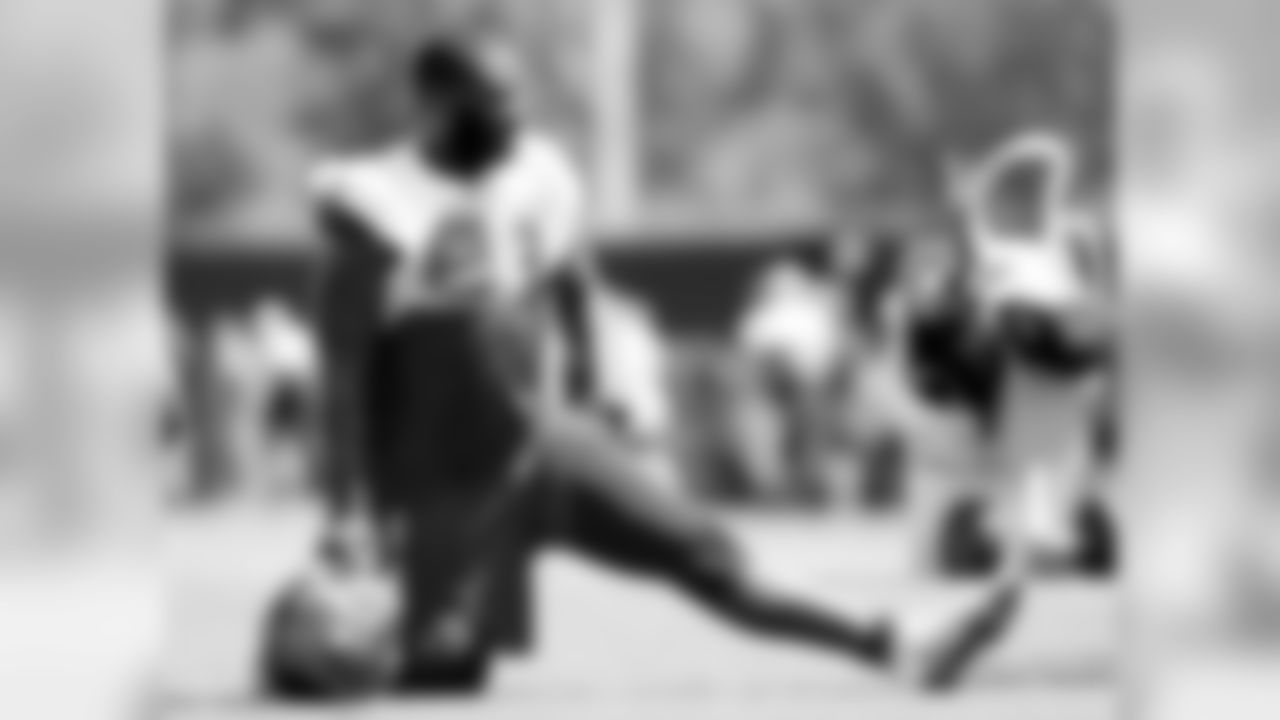
91 DE Robert Ayers

93 DT Gerald McCoy
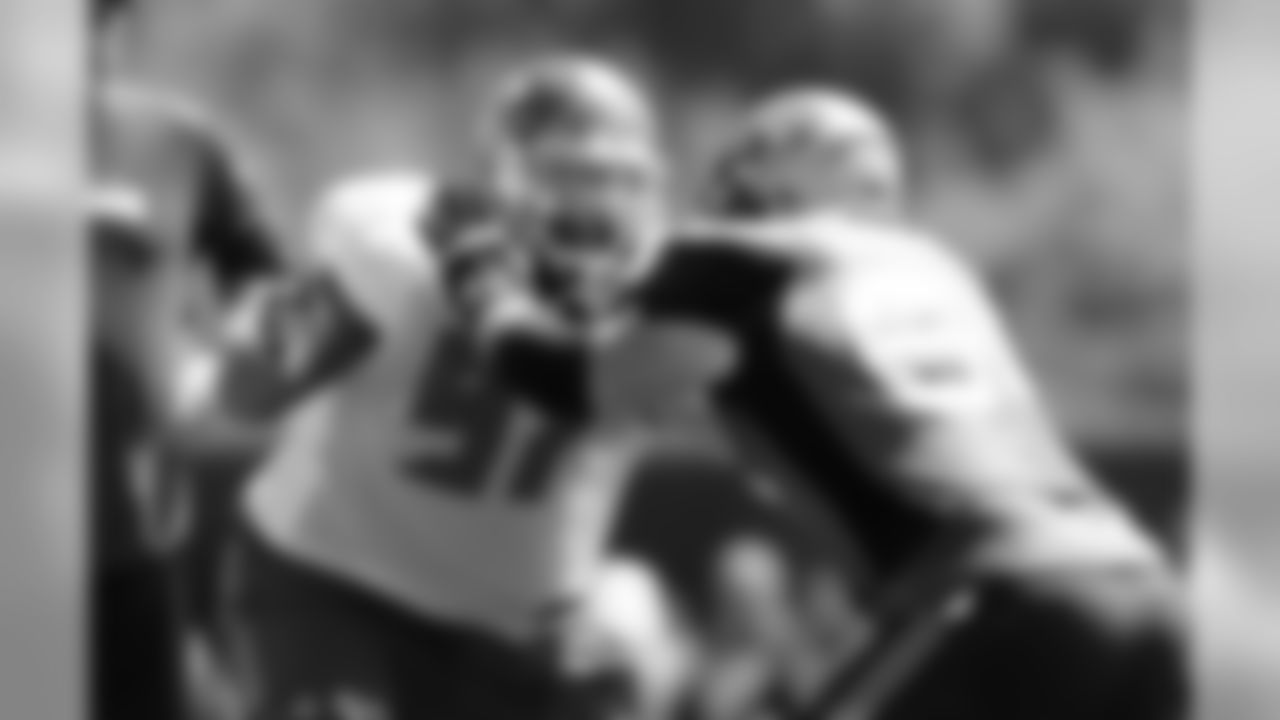
97 DT Akeem Spence
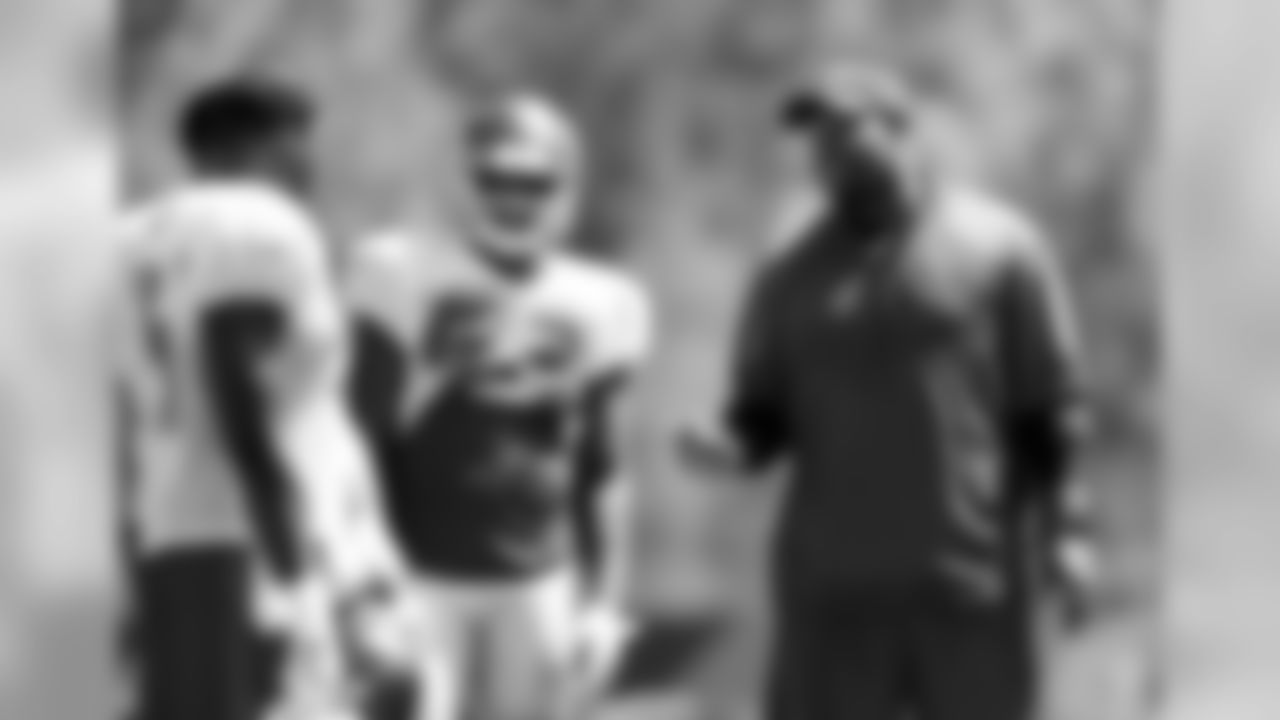
57 DE Noah Spence and Assistant Defensive Line Coach Paul Spicer
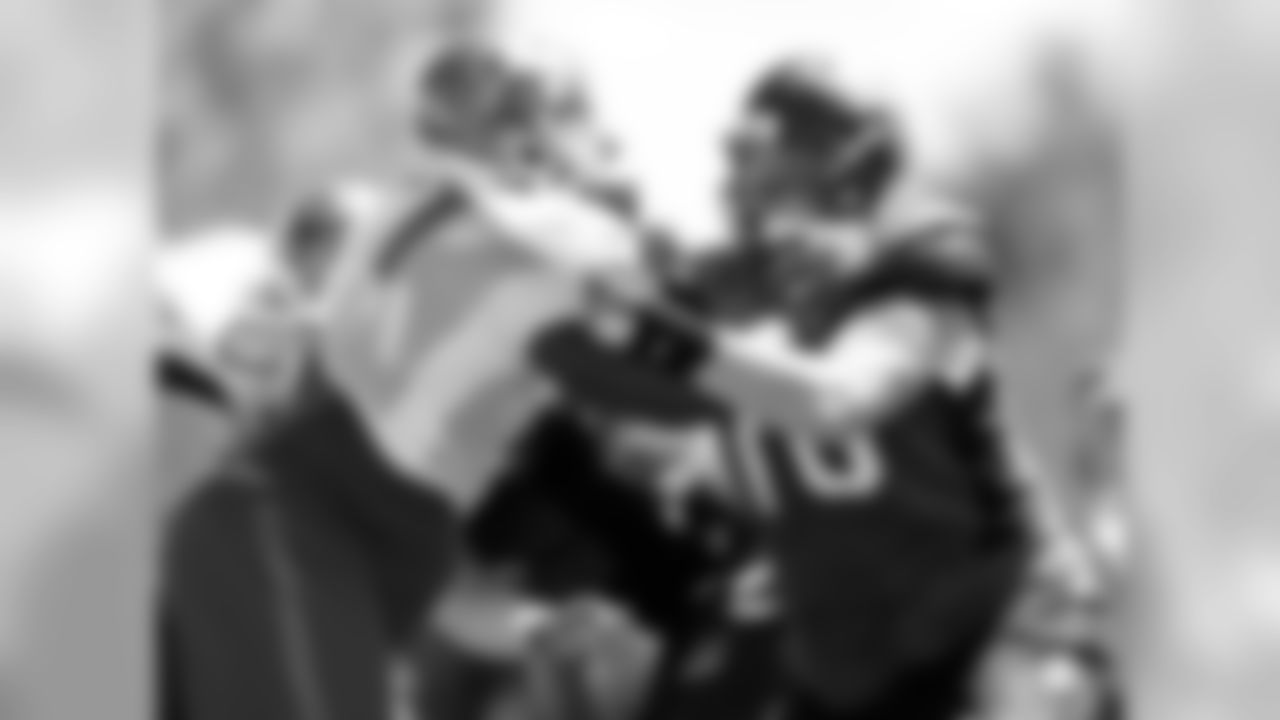
Bucs Training Camp
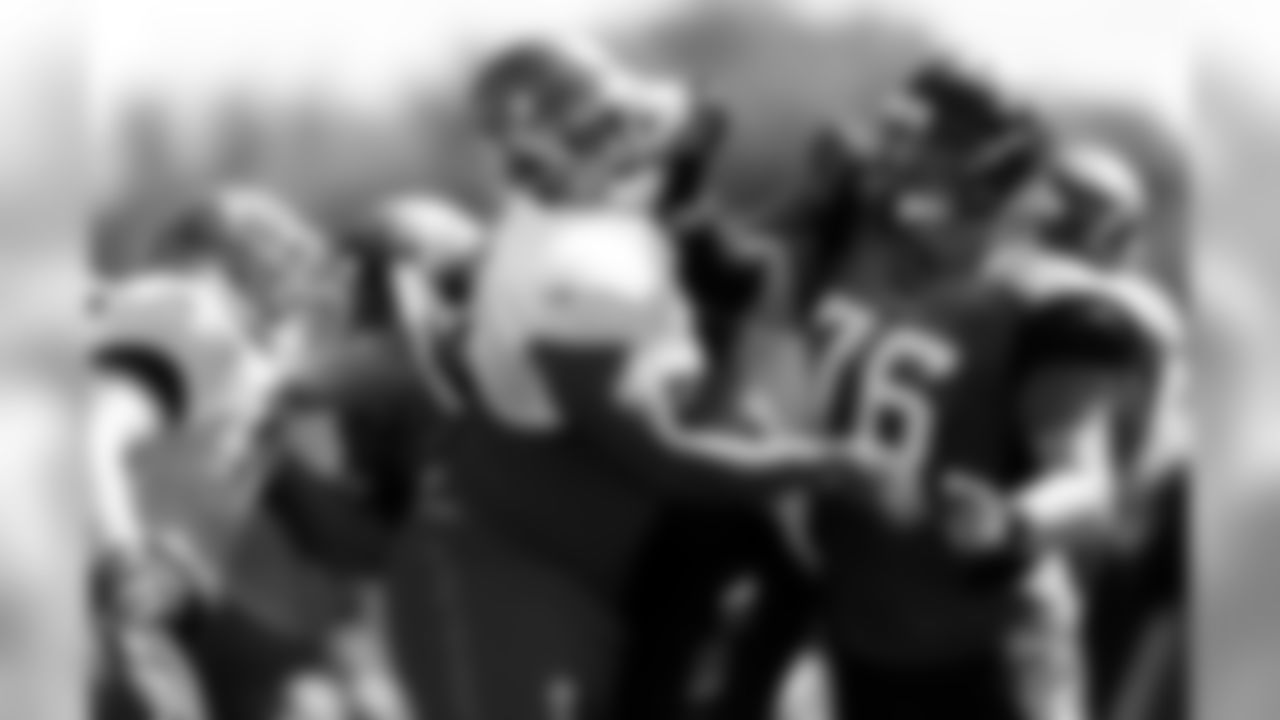
Bucs Training Camp
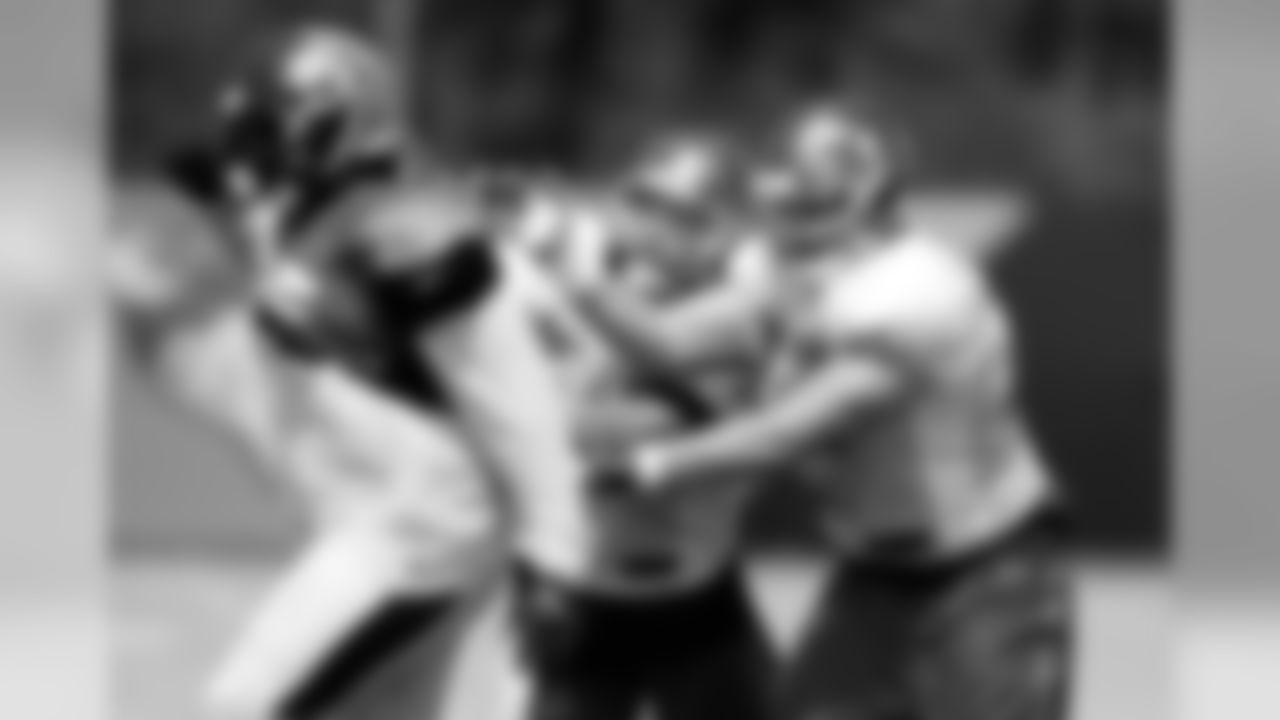
72 C Ben Gottschalk
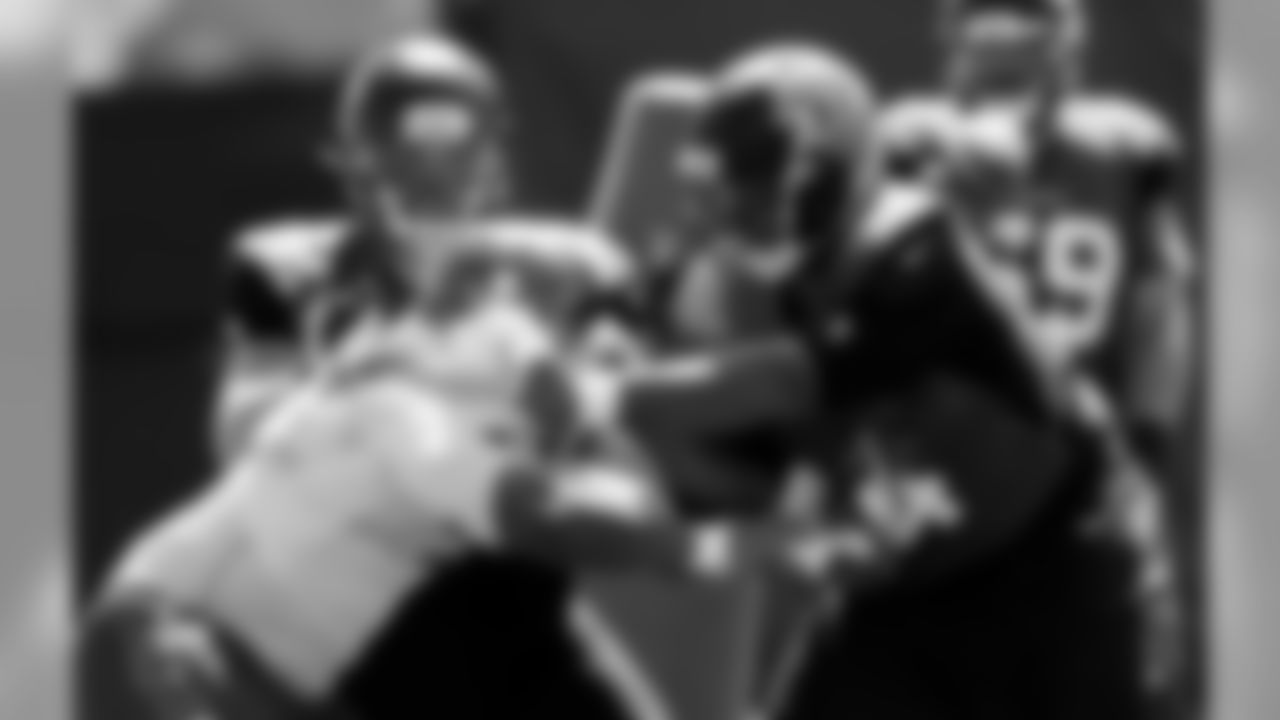
Bucs Training Camp
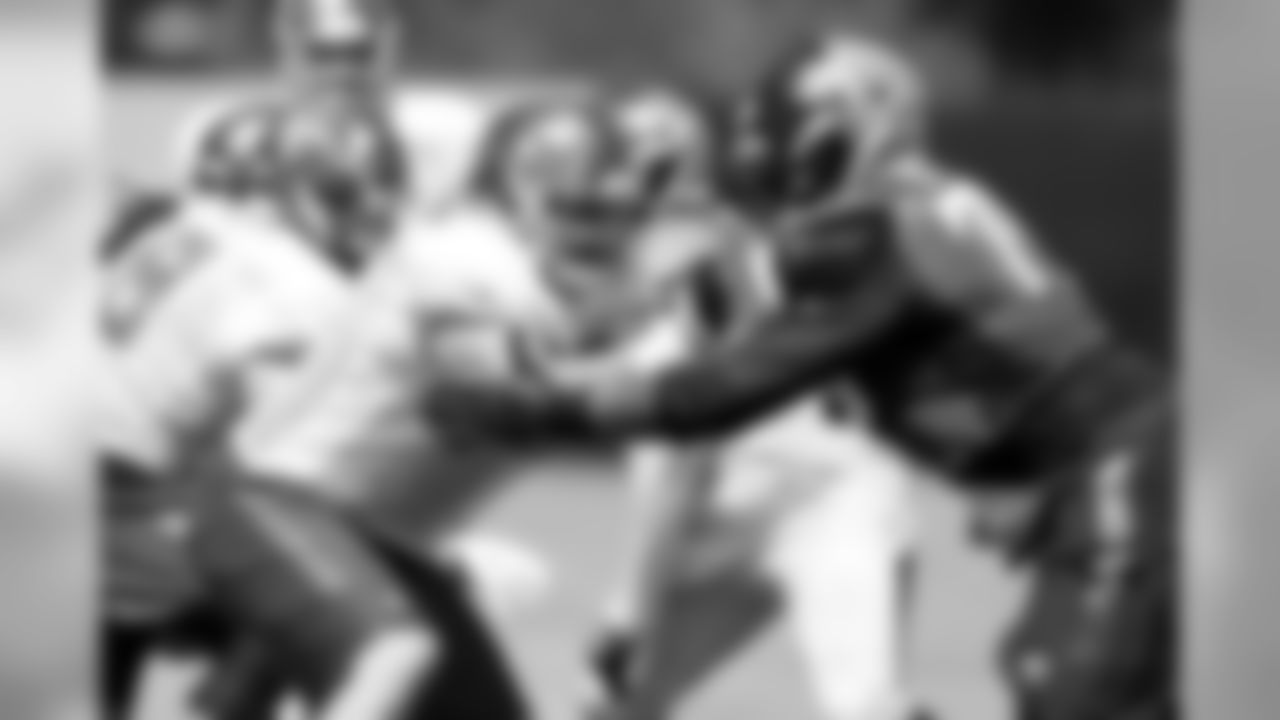
72 C Ben Gottschalk
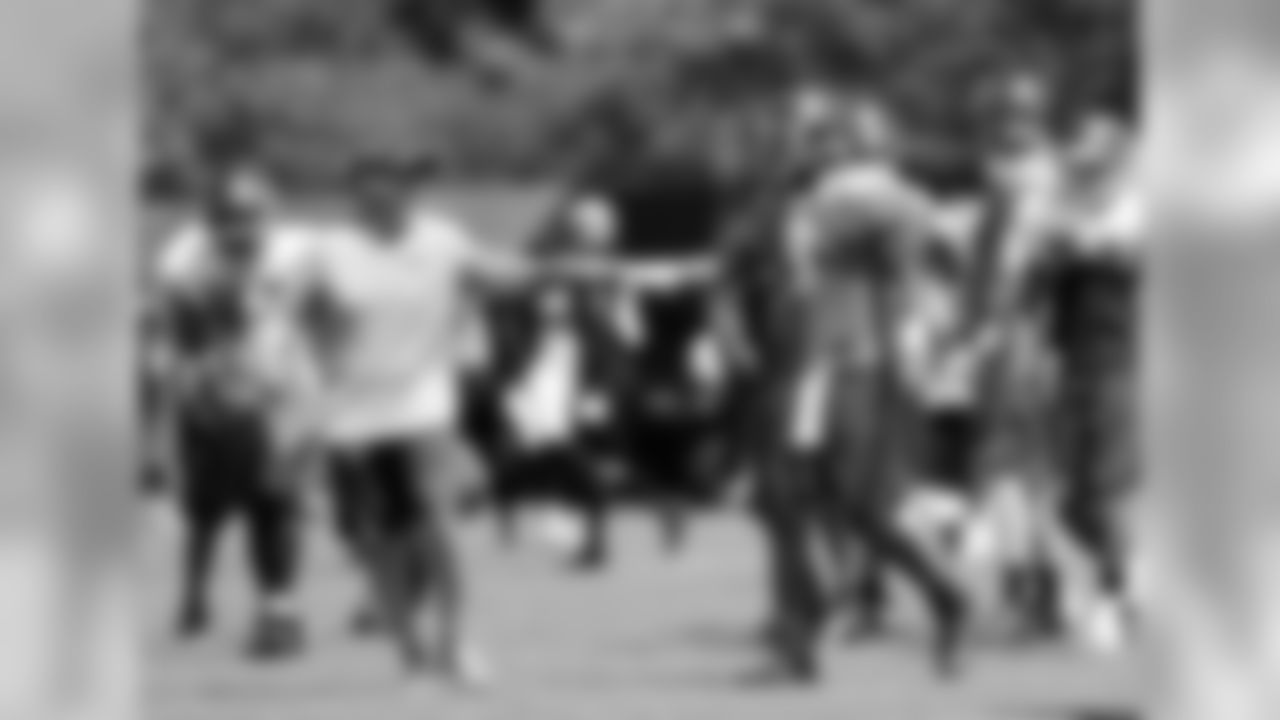
Offensive Coordinator and Wide Receivers Coach Todd Monken, and #3 QB Jameis Winston
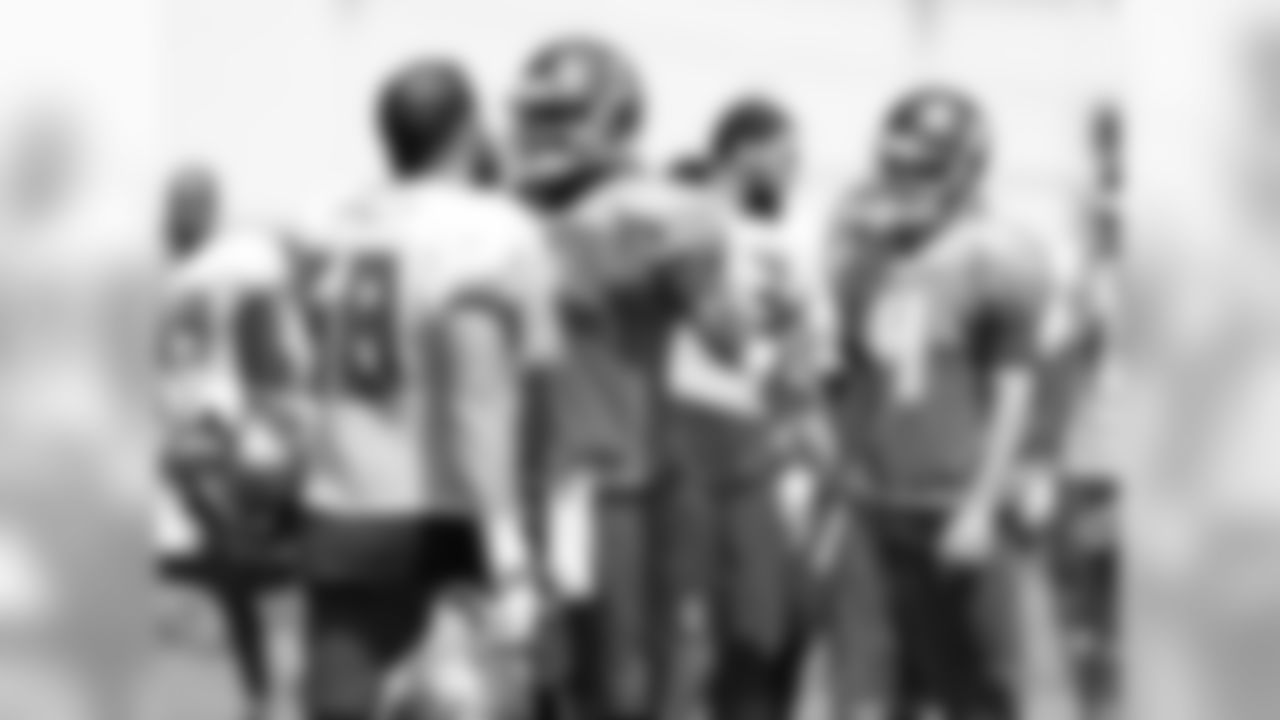
3 QB Jameis Winston
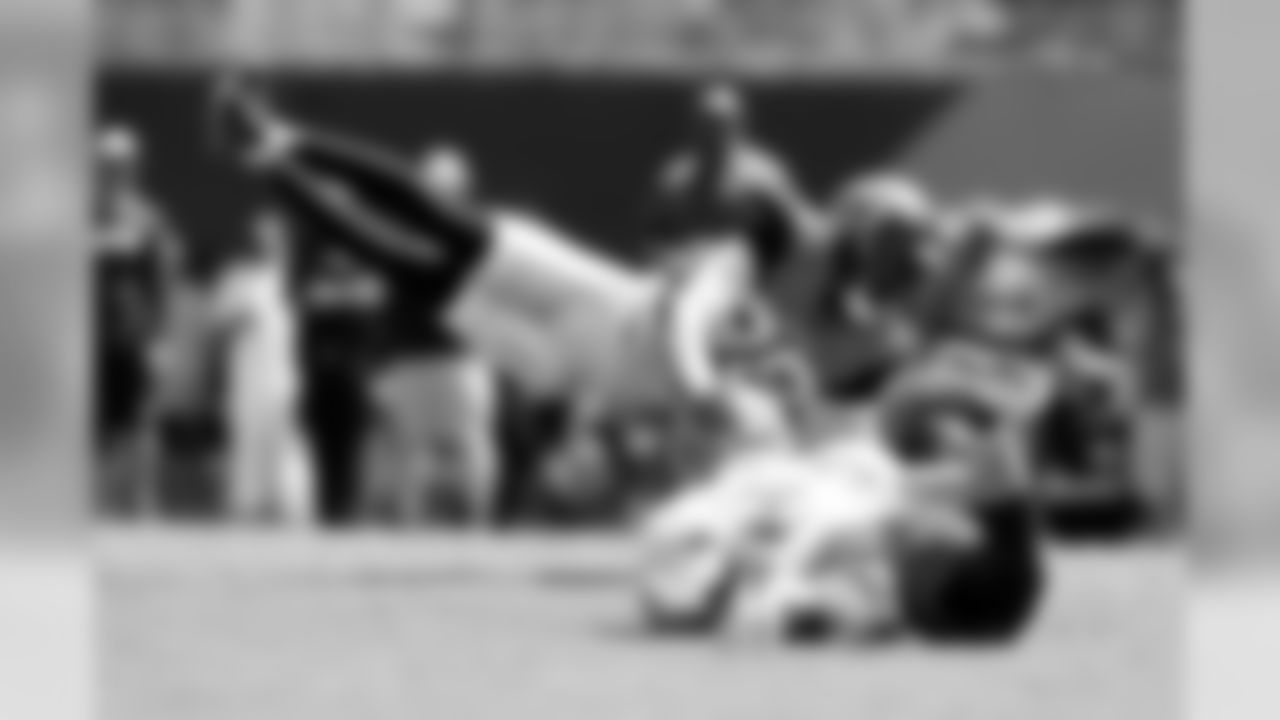
23 S Chris Conte
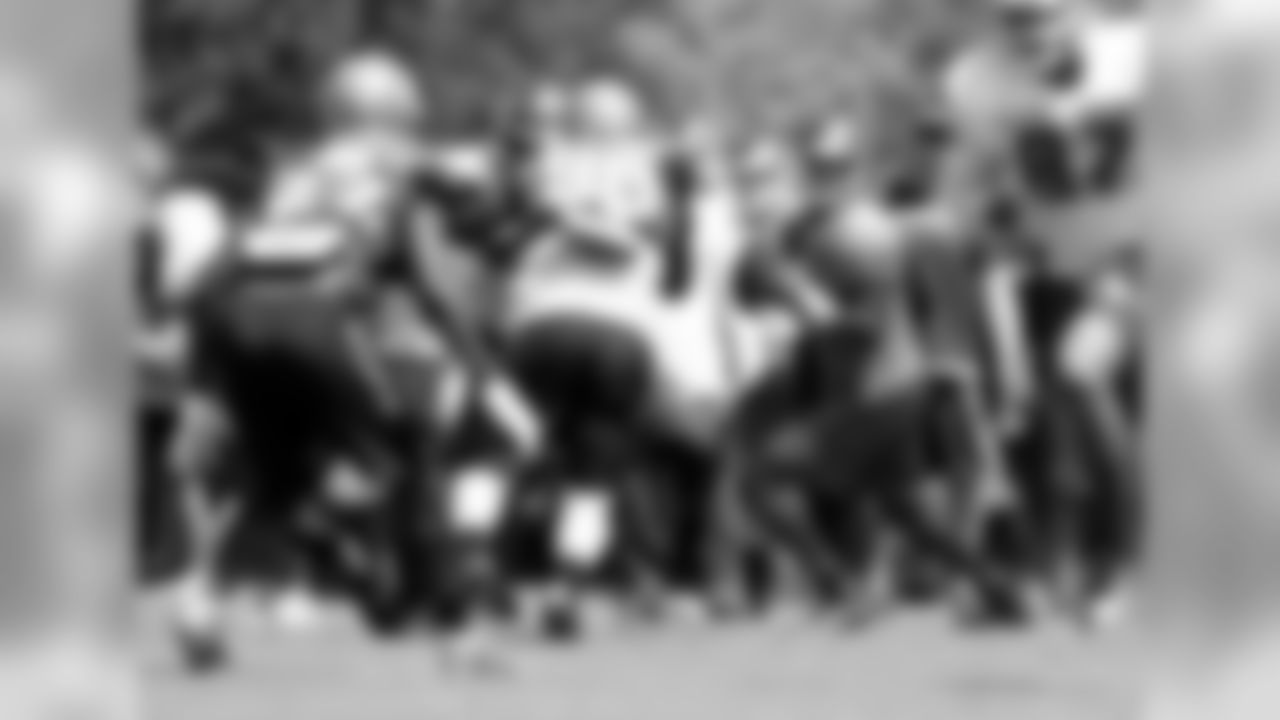
3 QB Jameis Winston
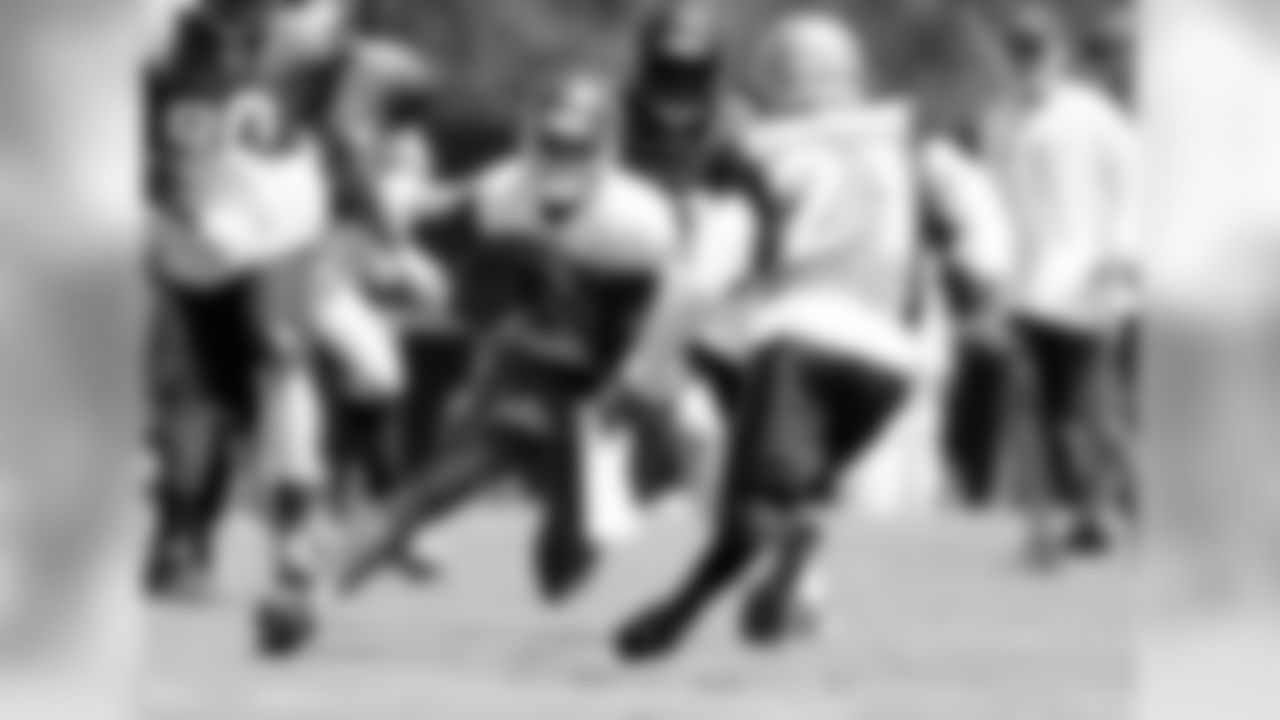
89 WR Russell Shepard
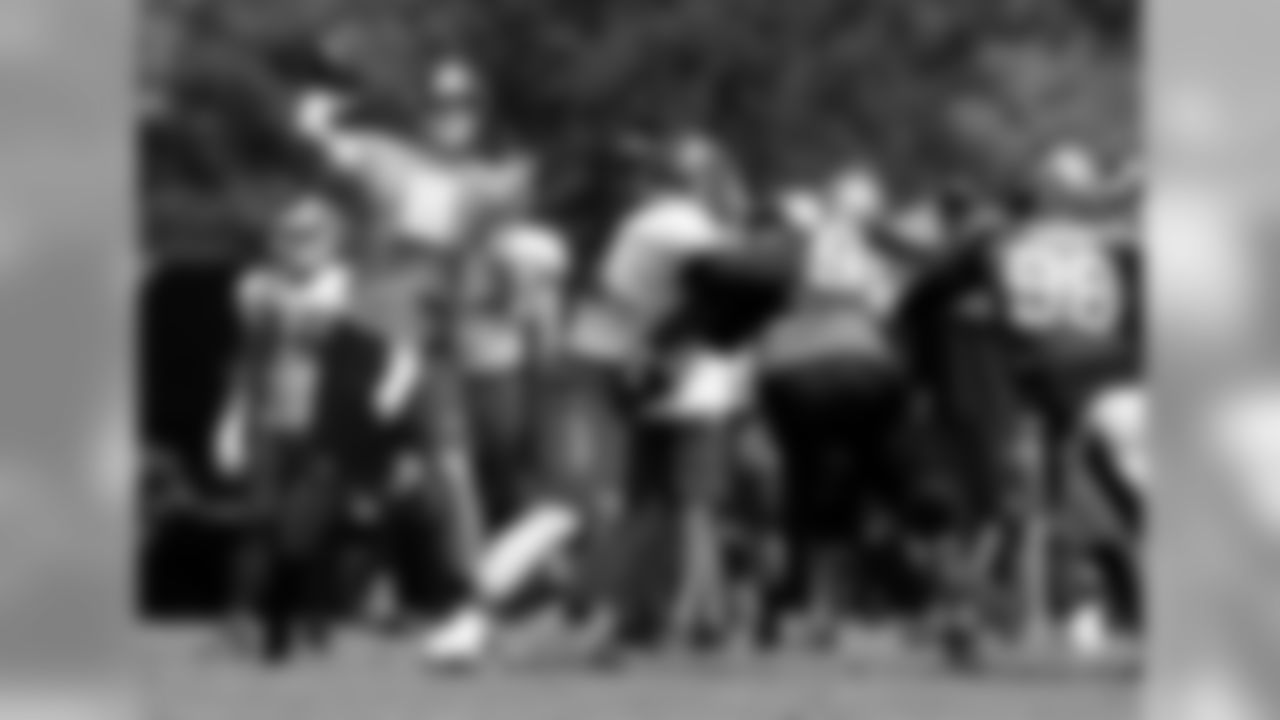
8 QB Mike Glennon
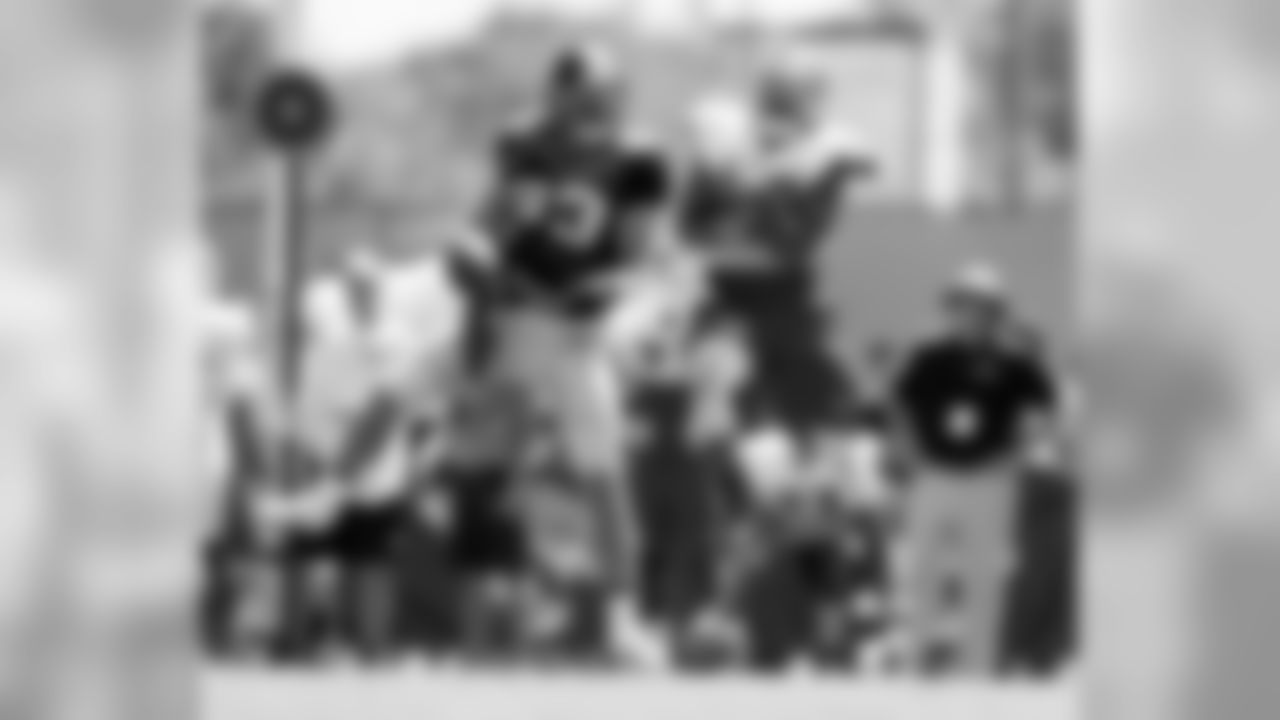
26 CB Josh Robinson
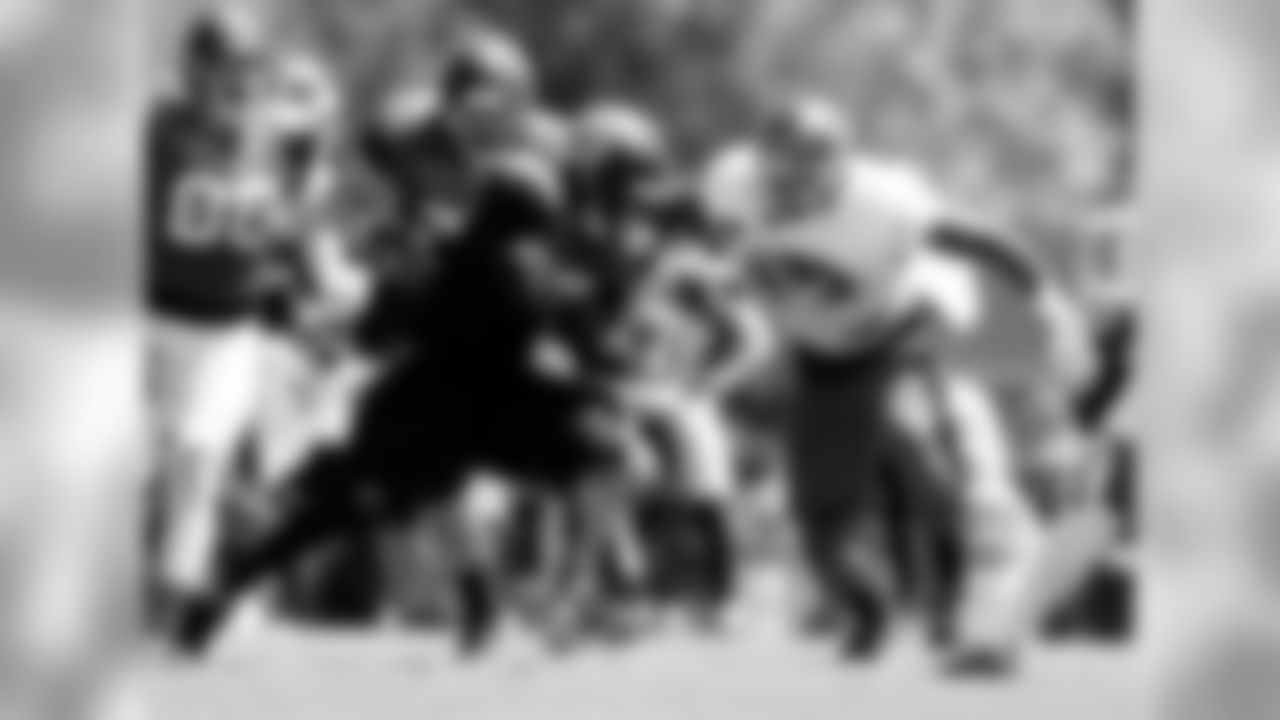
49 LB Cassanova McKinzy
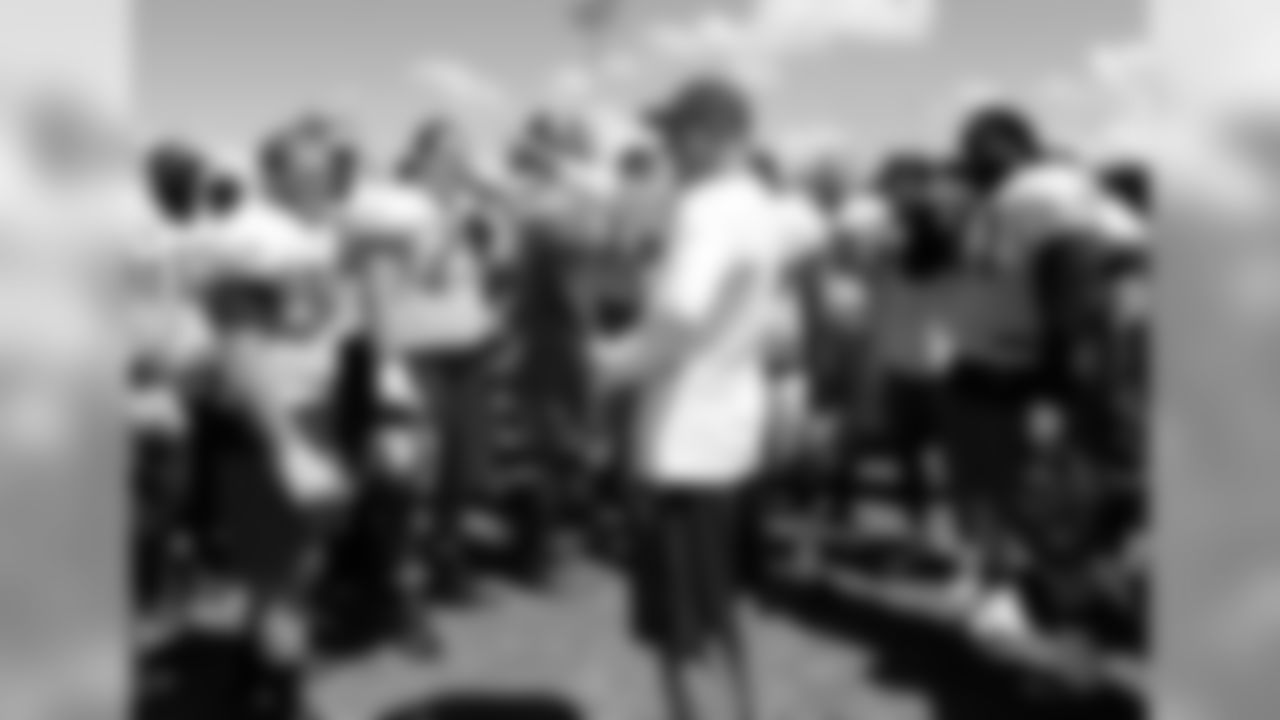
Head Coach Dirk Koetter

Bucs Training Camp
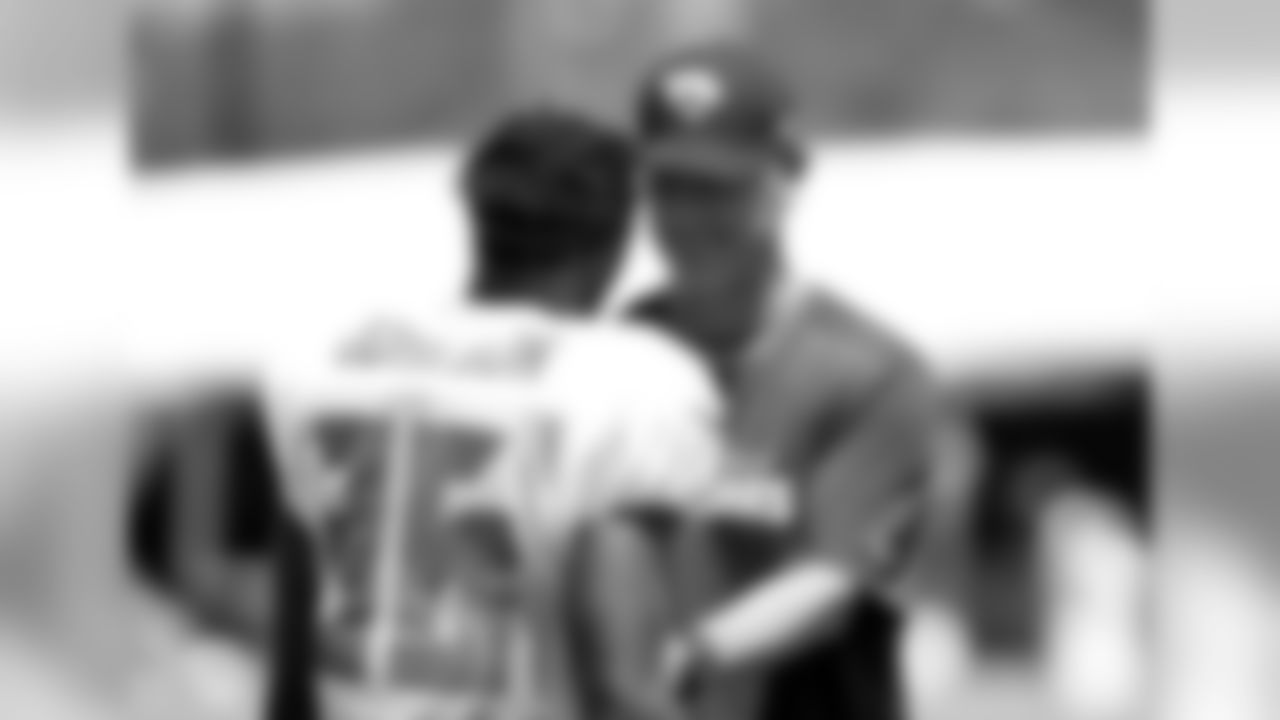
36 RB Storm Johnson

24 CB Brent Grimes
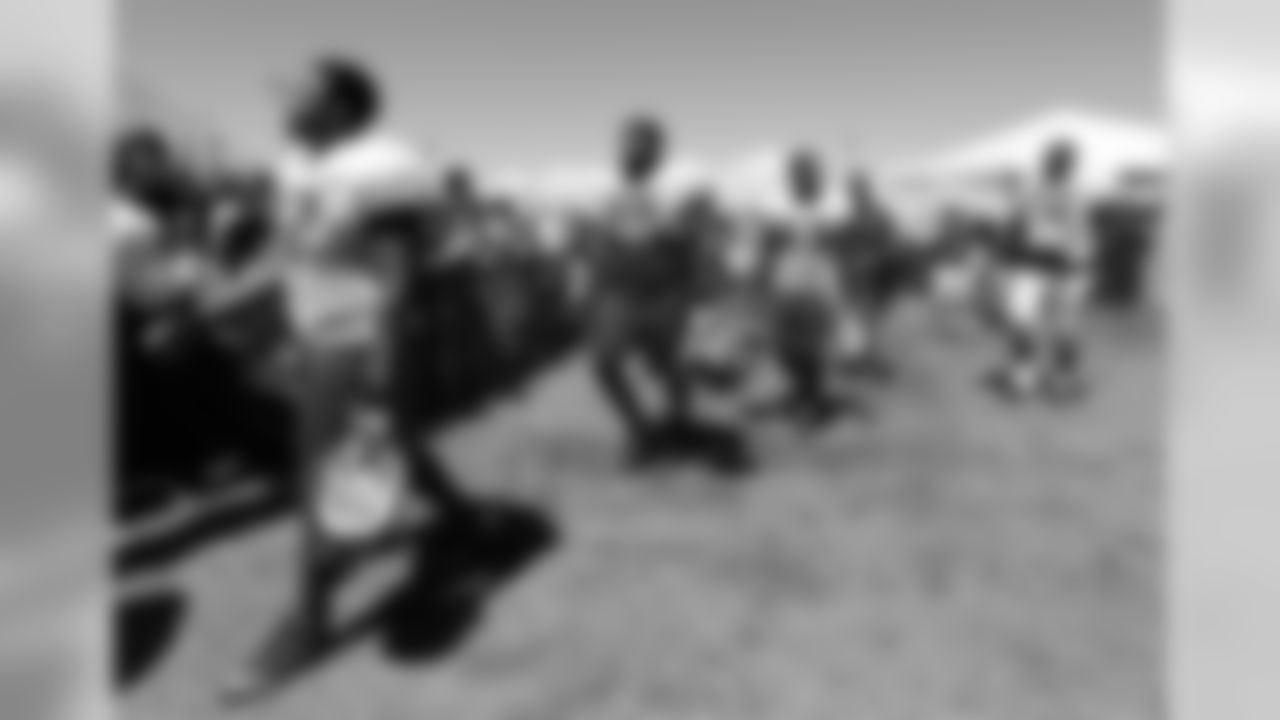
66 DT Ishmaa'ily Kitchen and #43 RB Peyton Barber
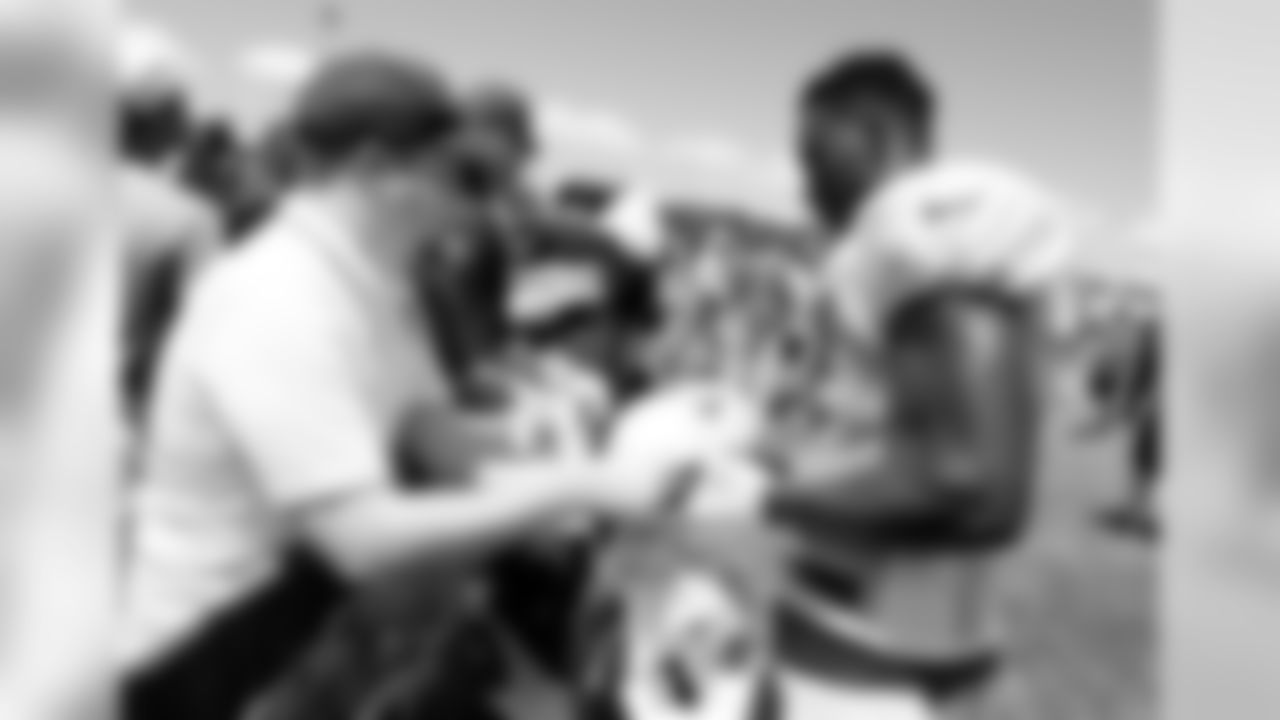
57 DE Noah Spence
When asked on Wednesday to pinpoint a particular player who had a decent outing amid a somewhat uneven joint practice with the Jacksonville Jaguars, Tampa Bay Buccaneers Head Coach Dirk Koetter suggested his answer would make him sound like "a broken record."
Koetter's answer: Cameron Brate. The second-year tight end has indeed been one of the more discussed players in the Buccaneers' 2016 training camp, and deservedly so. Brate's consistently strong performances on the practice field have even elevated him past Austin Seferian-Jenkins into the top spot on the Bucs' current depth chart.
READ: STANDOUTS FROM PRACTICE
Somewhat ironically, Brate's continued strong play actually led to a reduction in his time on the field when the Buccaneers and Jaguars gathered for their second joint practice on Thursday. Simply put, Koetter wanted to see what some of the other tight ends would do with the passes that have been going in Brate's direction.
Seferian-Jenkins took advantage in a big way.
"He got a lot of balls thrown his way," said Koetter. "Any of the skill guys, the receivers and tight ends, sometimes [it's] luck of the draw; they just don't get very many balls that day. Austin got a lot of balls thrown his way. We actually held Cam out of some reps today just [because] we wanted to give some other guys a chance to get some catches, and Austin had a good day. Probably had his best day of camp."
The best sequence of that best day came in the penultimate period of Thursday's practice, when the Buccaneers' offense was running a seven-on-seven drill against the Jaguars' defense in the red zone. In a span of about eight snaps, Seferian-Jenkins caught three hard passes from Jameis Winston in the end zone. One was up the left seam, one in the middle and one up the right seam, and all were in traffic. Seferian-Jenkins used his 6-5, 260-pound frame to perfection and held on despite some inevitable collisions.
"Austin, man, when that guy is on, it's hard to stop him," said Winston. "It's very hard to stop him."
On the play in the right half of the end zone, Seferian-Jenkins lined up in the slot and, at the snap, simply sprinted 10 yards to the end zone before the linebacker shaded to his left and the safety shaded to his right could converge. Winston never looked at another target, just turned and fired a laser into Seferian-Jenkins' chest.
The Jaguars' defense hadn't forgotten about the big tight end, of course. They simply had too many legitimate threats to worry about that close to the end zone.
"I think all of our wide receivers are going to be good red zone threats," said Winston. "We've just got to throw them the football. You think about Austin, Cam, Mike [Evans] and Vincent [Jackson], guys that are 6'4''-plus, I have to find a way to consistently get them the football and score some points."
- The Buccaneers had to leave their training camp home to get a little taste of what secluded NFL summers used to be like.
Like the majority of teams in the current NFL era, the Buccaneers conduct their training camp at their own headquarters, with players housed in a nearby hotel. It only makes sense to take advantage of the state-of-the-art offerings of facilities such as One Buccaneer Place, and it also gives the hometown fans a better chance to attend practices.
WATCH: THURSDAY'S PRESS CONFERENCES
The Buccaneers have never fled their own state for training camp, as many teams did in the '80s and '90s. The days of a "Cheese League" in Wisconsin, with multiple teams like Kansas City, New Orleans and Green Bay all training in nearby towns with relatively bearable summer climates, are a thing of the past. Tampa Bay did, however, spend many years in dormitories at the University of Tampa, and then a seven-year stretch at the Wide World of Sports complex at Disney, about an hour from home.
Those weeks away from home, even if they meant dormitory beds and time away from families, were considered a good opportunity for the team to turn its attention inward. Players spent almost every hour of every day together, and got to know each other better in the process. Koetter said he hadn't considered how his team's trip to Jacksonville for five days would simulate that environment, but he now sees the benefits.
"Last night, or yesterday, when we went back to the hotel we had so much film to watch," said the coach. "From basically lunchtime until about 9:15 last night, everybody was down [in the same area]; we've got a really good setup at the hotel. Everything's right there – there's a big meal room, there's a walk-through room, there are position rooms.
"The old-school training camps have kind of gone by the wayside, when you go away to training camp, even though we have a nice hotel that we stay at back at home. I think there was a little bit of that. The Olympics were on the TVs in the meeting room, the guys were cheering for the U.S.A.. They were watching that 200 semi and the women's 100 hurdles. I think we have gotten something out of that this week. I think it's been a good experience."
Mike Evans has only known one NFL training camp home, as he arrived in Tampa well after the team had left Disney behind. The Bucs' last joint practice in the summer was in 2013, also before Evans' arrival. The third-year receiver can see how a week away from home has affected the team.
"It's team bonding," he said. "We're getting continuity with each other. We're getting real tight as a team and it's showing."
- With his team split onto two separate fields during most of the two joint practices in Jacksonville, Koetter has spent almost all of his time watching the Bucs' offense. His evaluation of Tampa Bay's defense mostly has to wait until post-practice video study.
Koetter did get one opportunity to see his defense in action on Thursday, however. The Bucs and Jags combined for a series of four two-minute drills, two for each offense, and all 180 players gathered on the same field for that period. Each team's front-line offense took on their defensive counterparts, and then the second-teamers got a pair of drives as well.
Tampa Bay's first-team offense scored on the opening drive with an impressive five-play march ending in Jameis Winston's touchdown pass to Adam Humphries. The Buccaneers' second-team offense did not manage to move the ball past midfield.
That one-for-two success was better than what the Buccaneers' defense allowed on the Jaguars' two possessions. A key pass break-up by cornerback Brent Grimes helped put Blake Bortles and the Jacksonville first-teamers into a Hail Mary situation, and Bortles pass was knocked away in the end zone by Chris Conte and Vernon Hargreaves. The Jaguars' second drive, led by quarterback Chad Henne, failed to reach midfield in part due to a diving fourth-down pass-defensed by linebacker Adarius Glanton.
The main takeaway for Koetter after watching those two drives wasn't the pass deflections down the field. It was the hurried Jacksonville quarterbacks getting off ineffective passes, or not getting a pass off at all.
"All I saw was those two two-minute drives, and we got two stops there in two-minute," said Koetter. "The best pass coverage is a good pass-rush, and you see we had a little juice on that pass-rush with the four-man rush. That helps your pass coverage. It was good. Our defense continues to build confidence."










